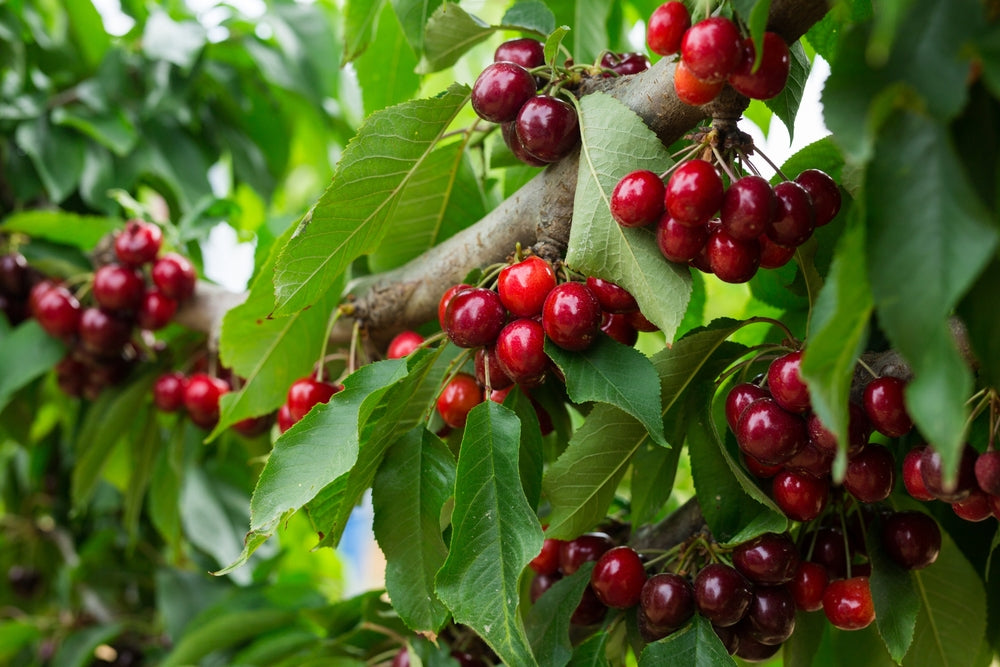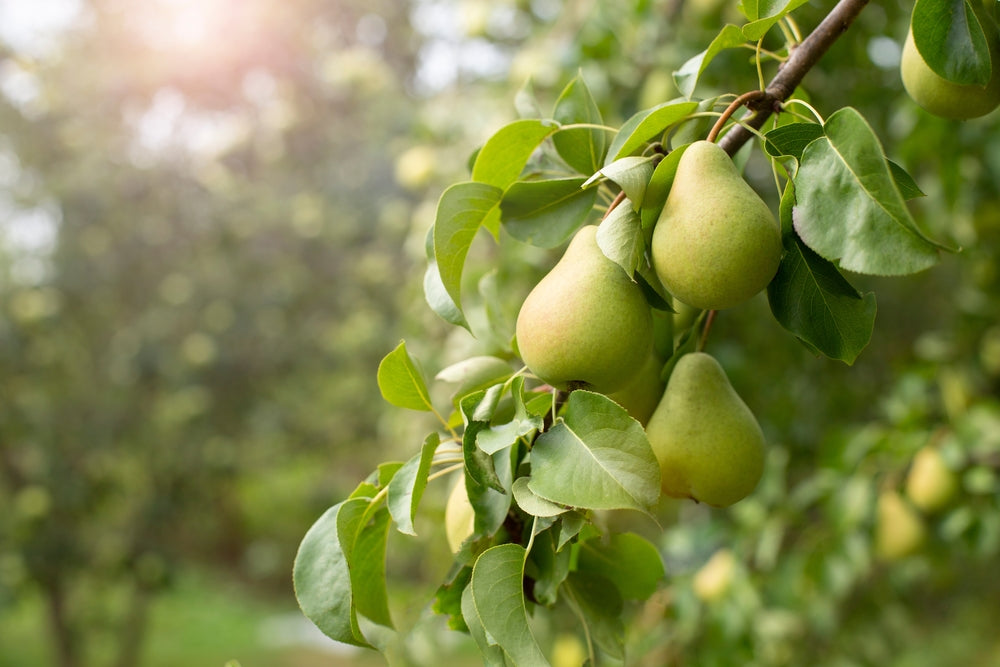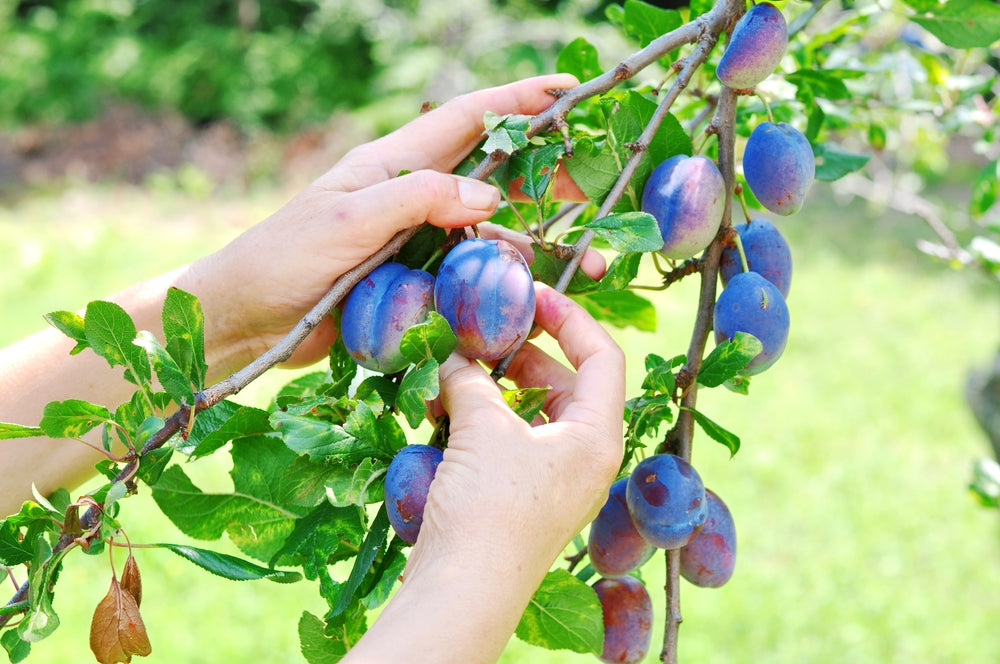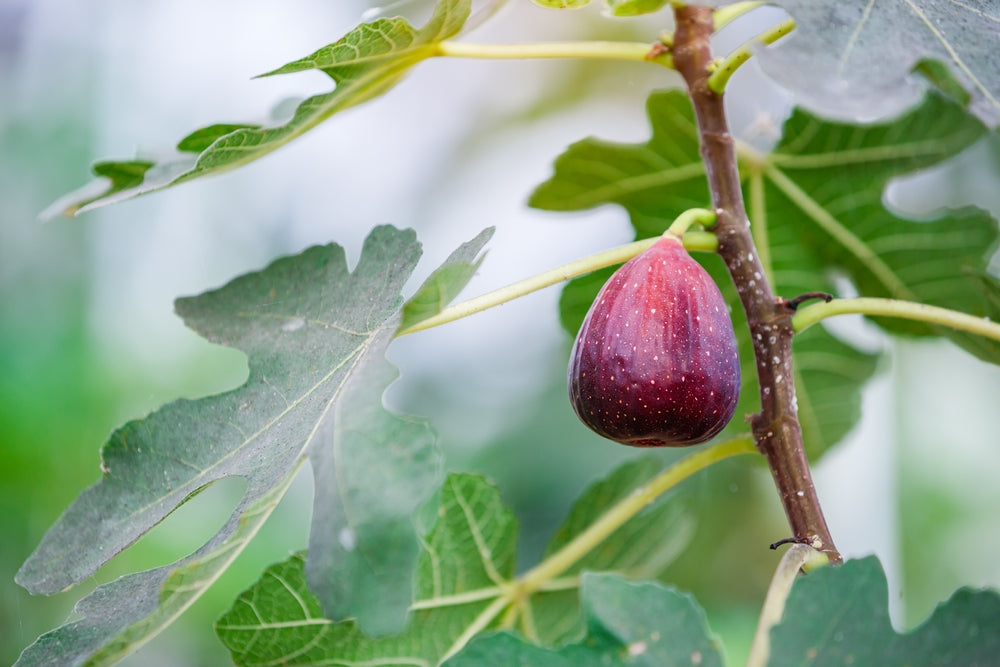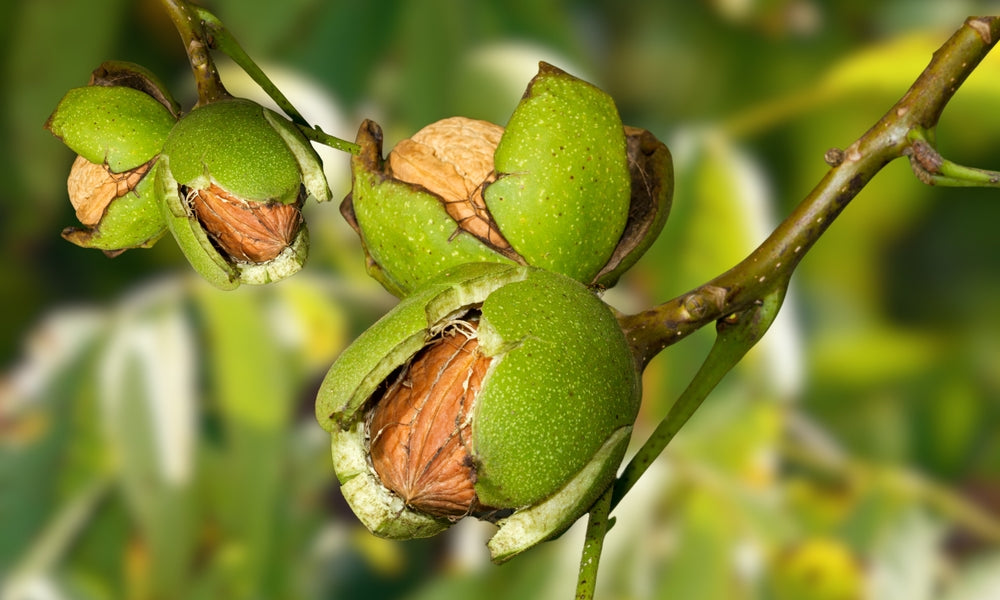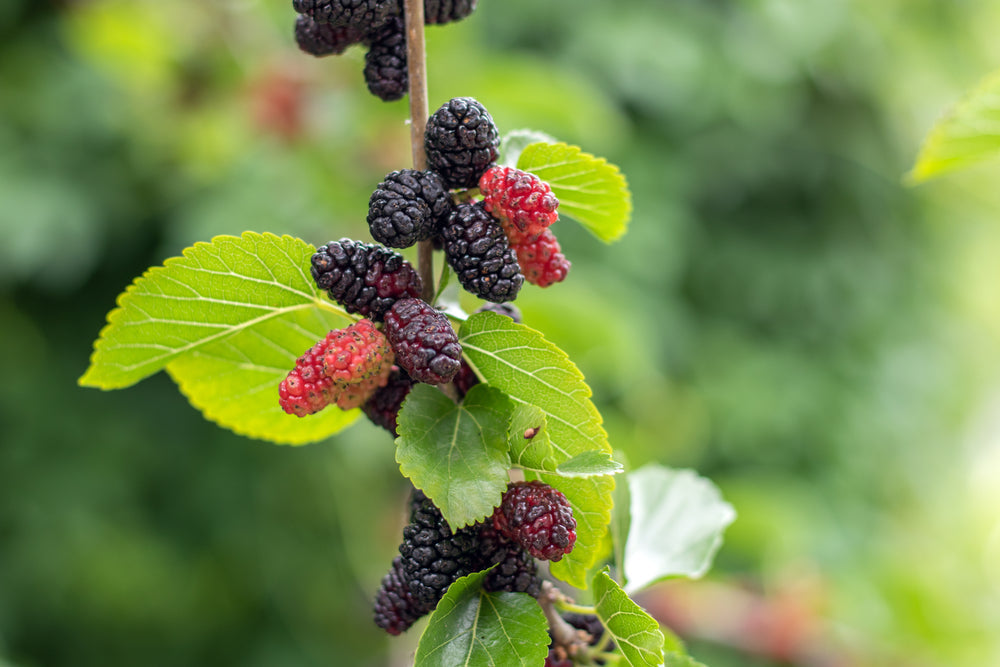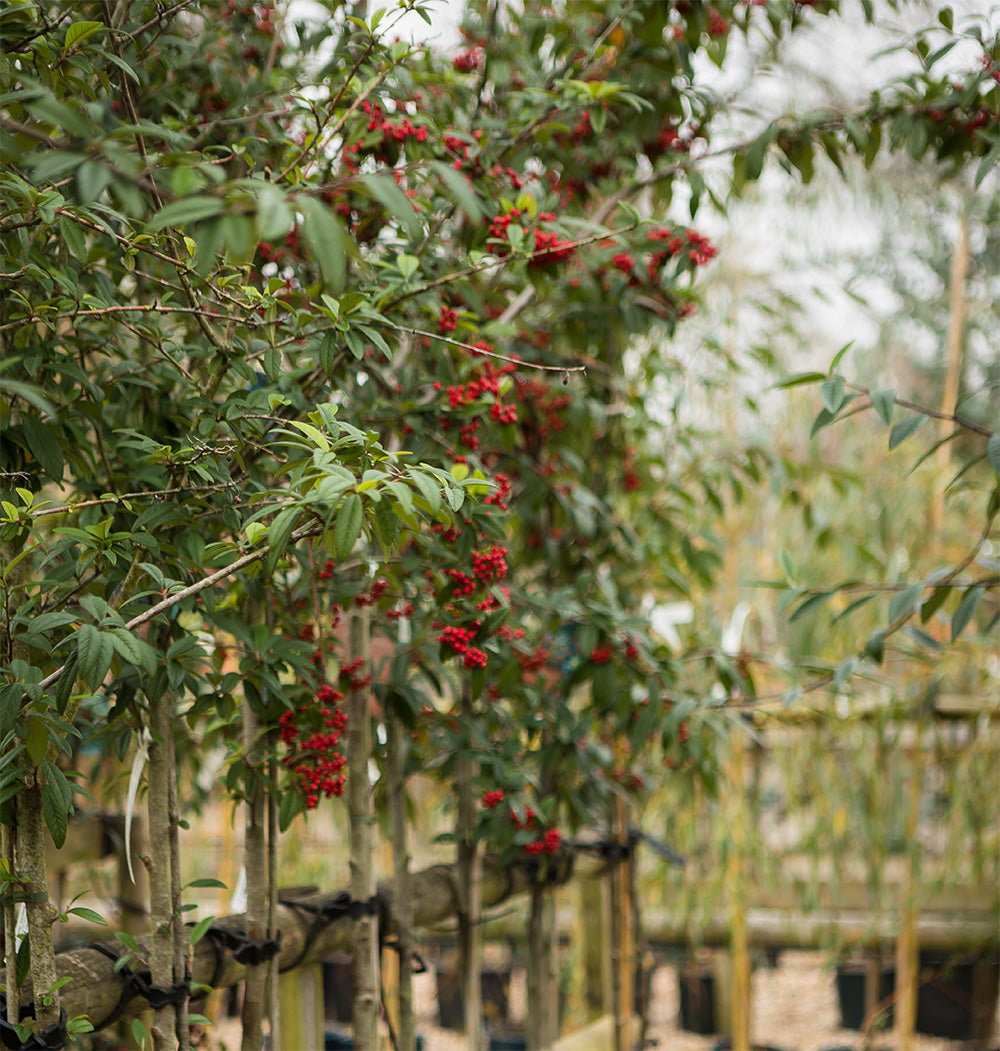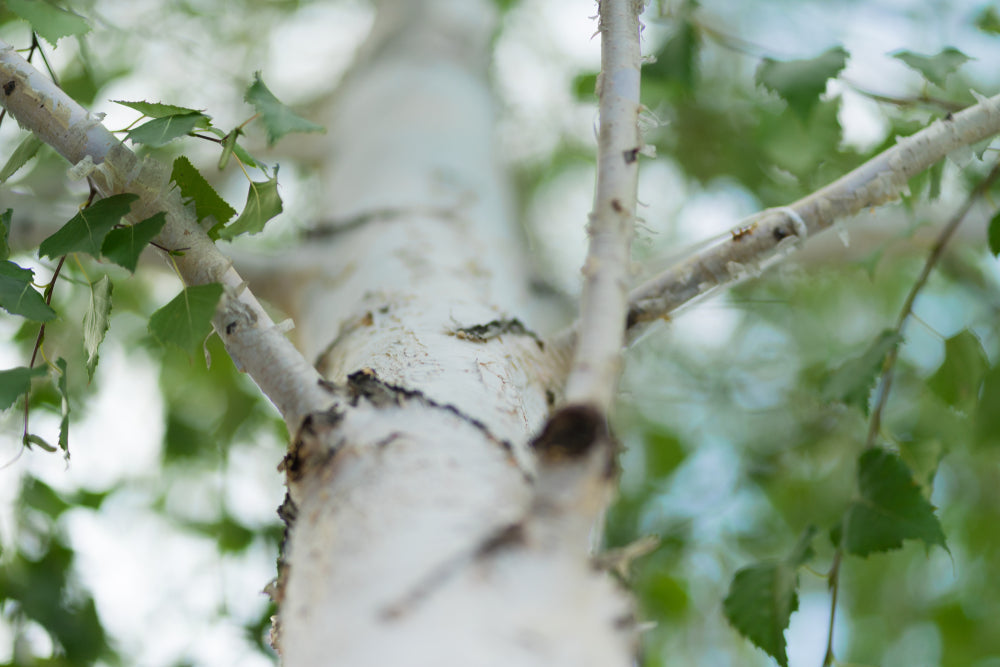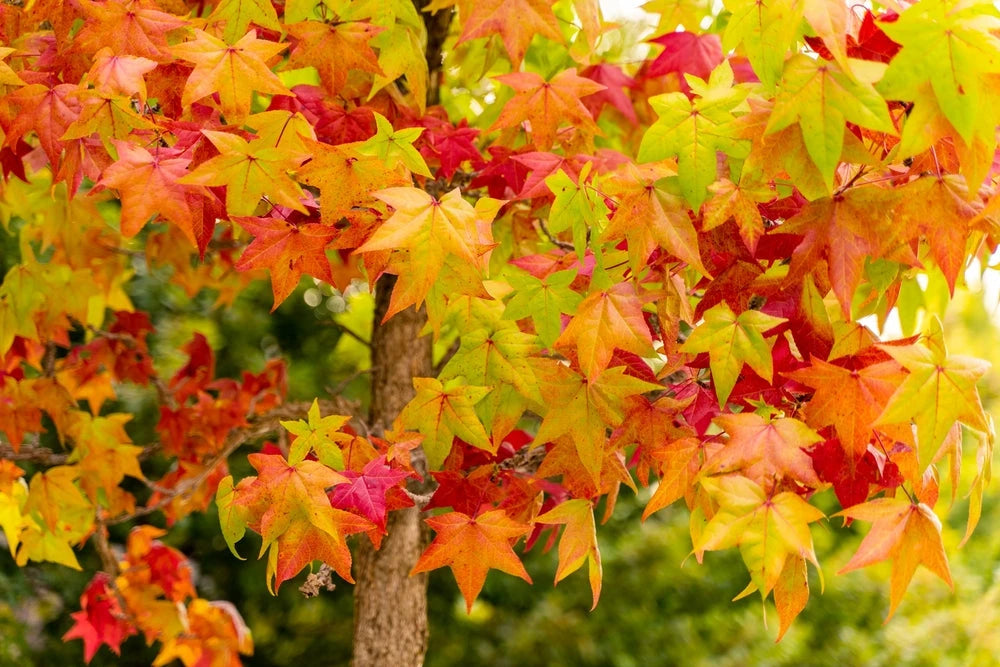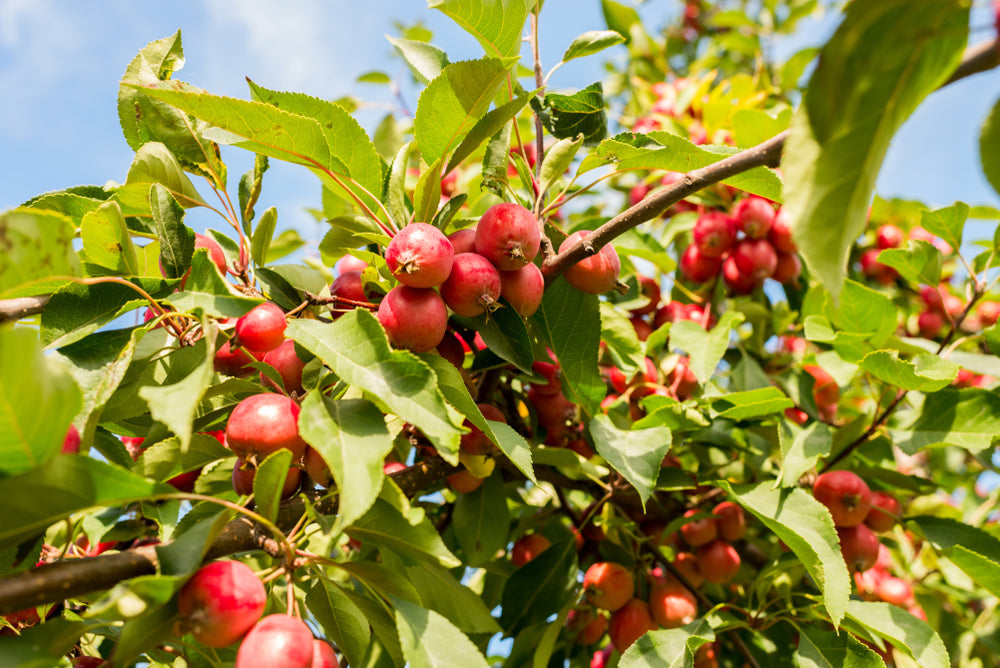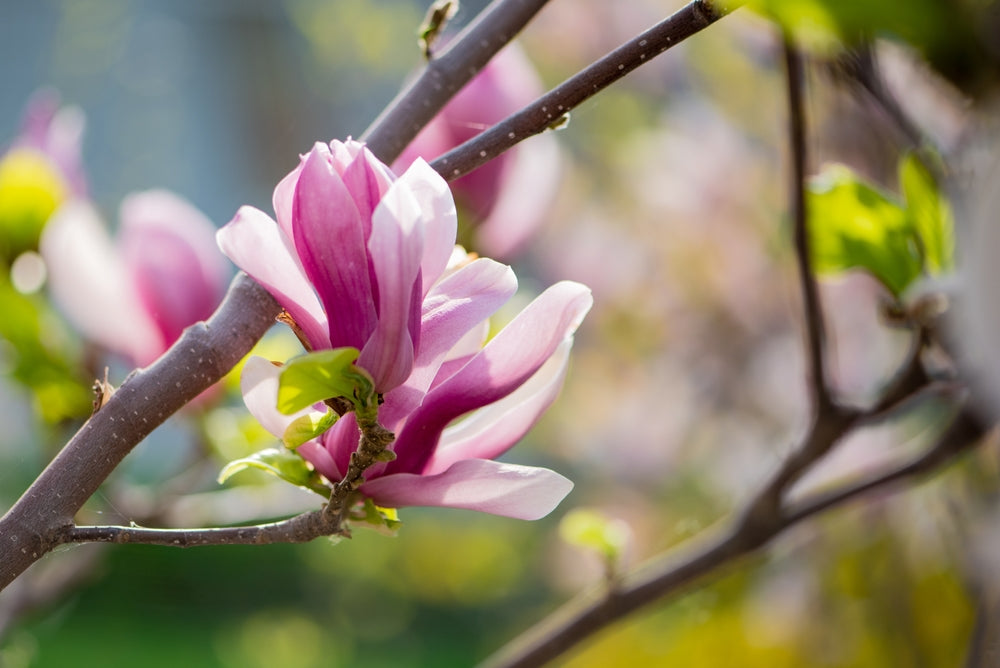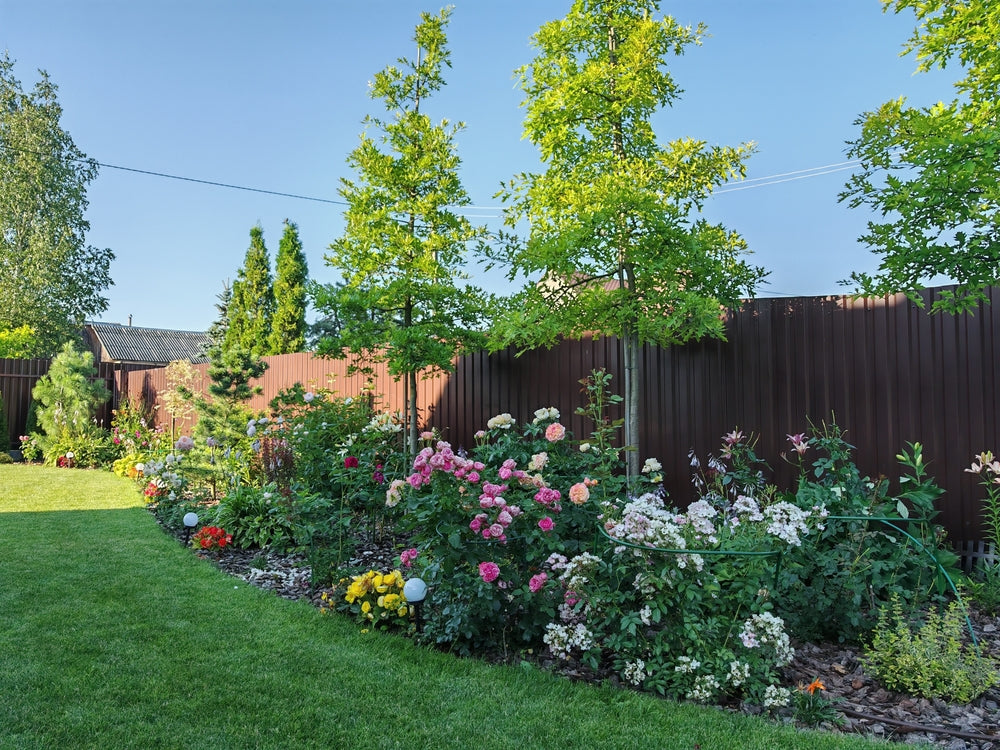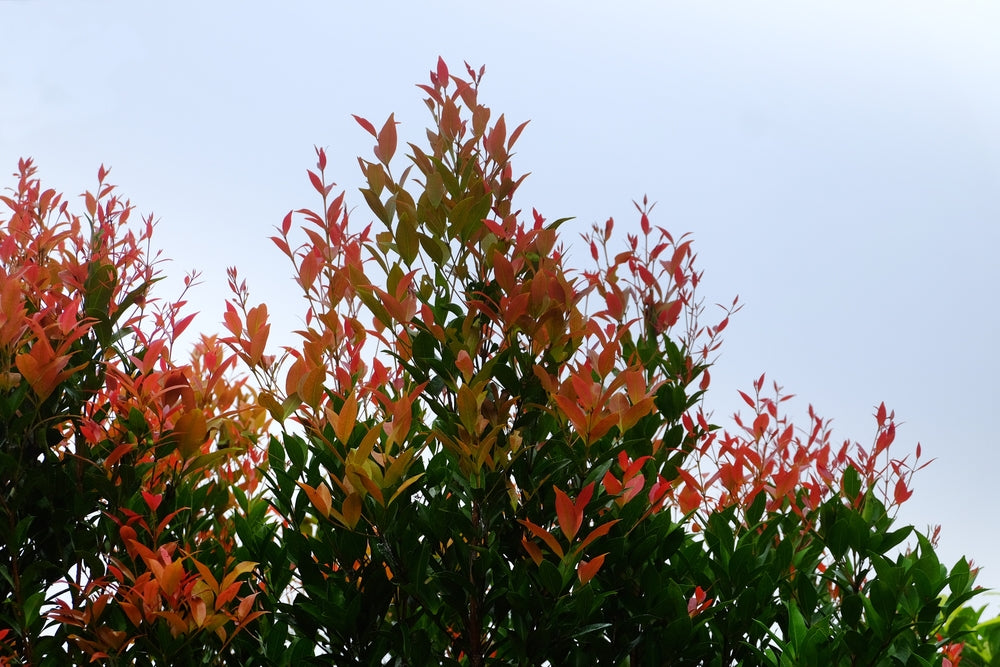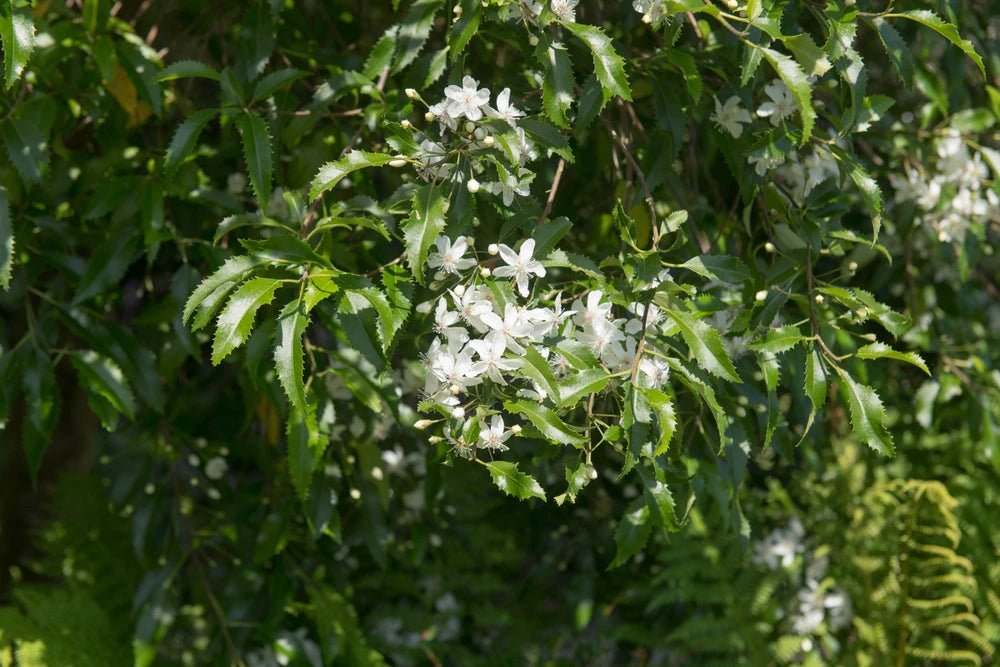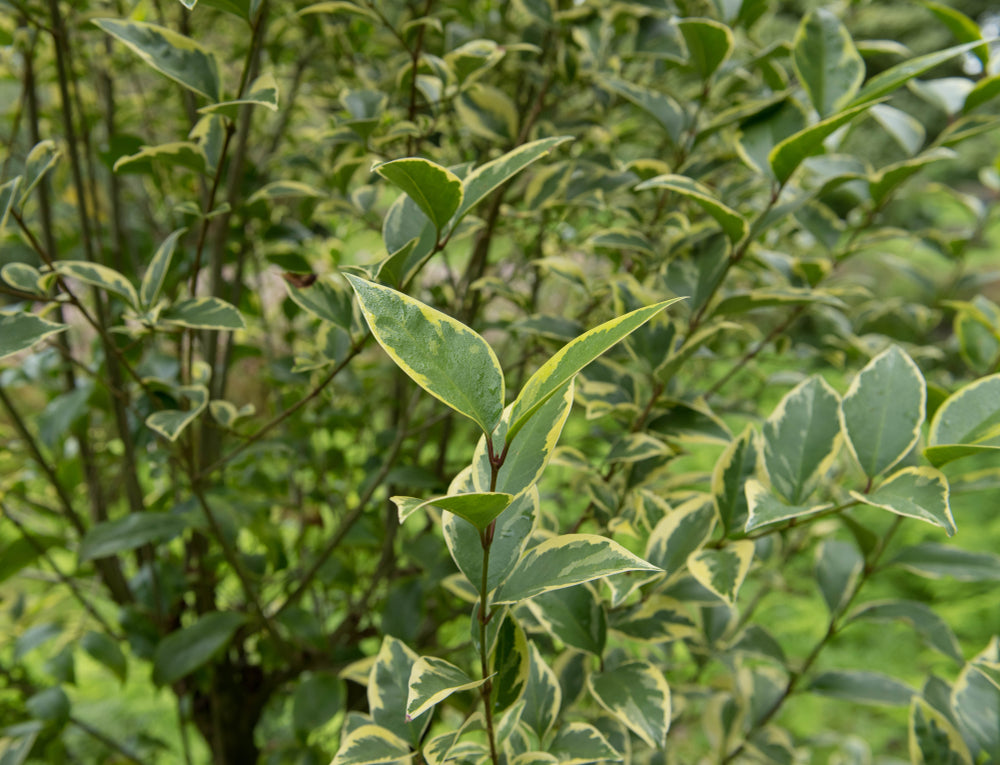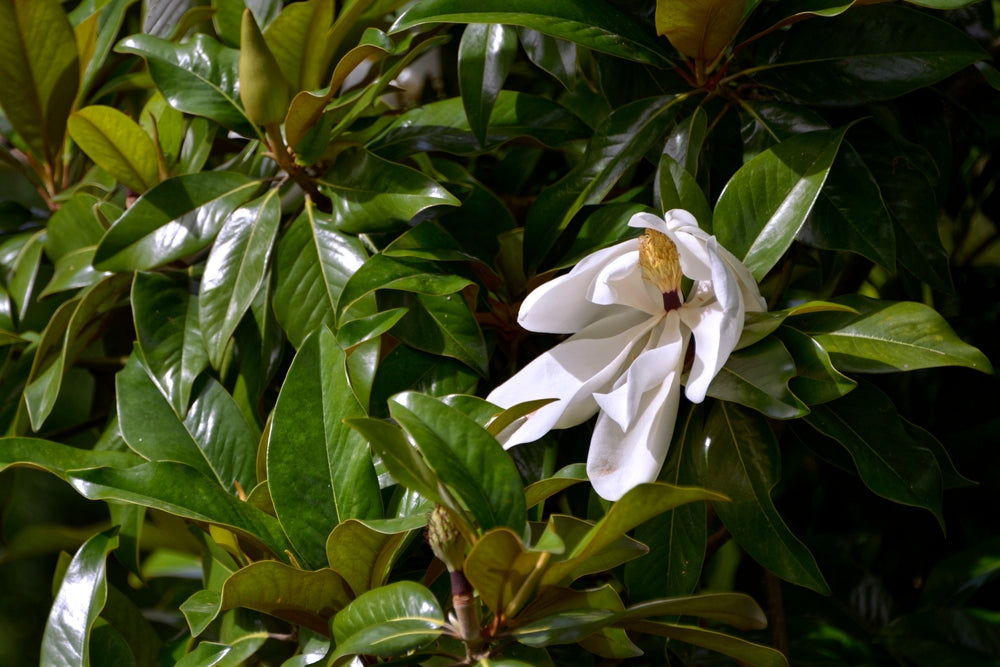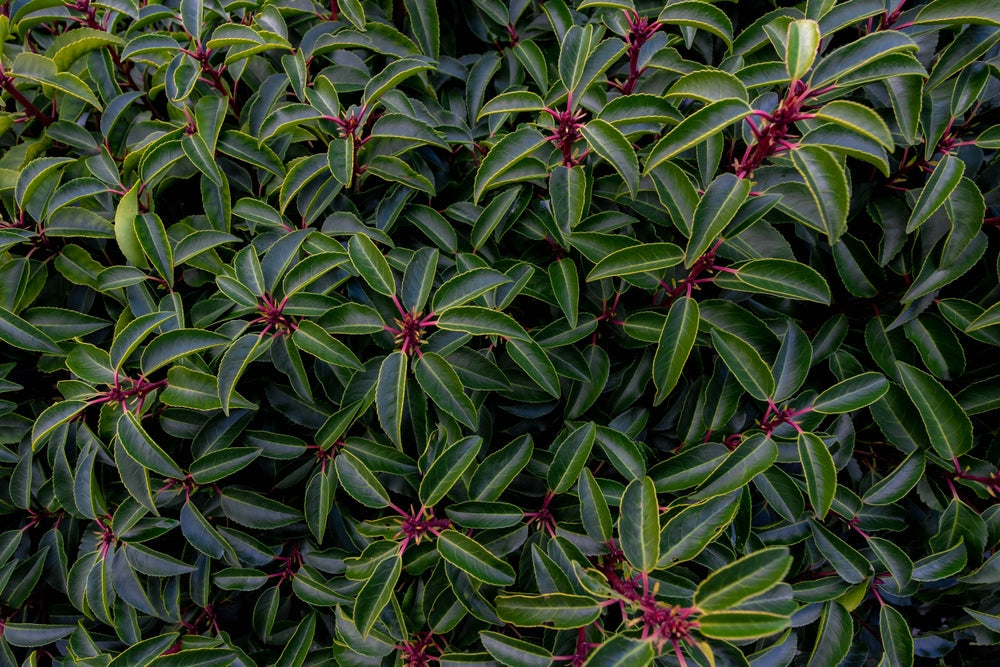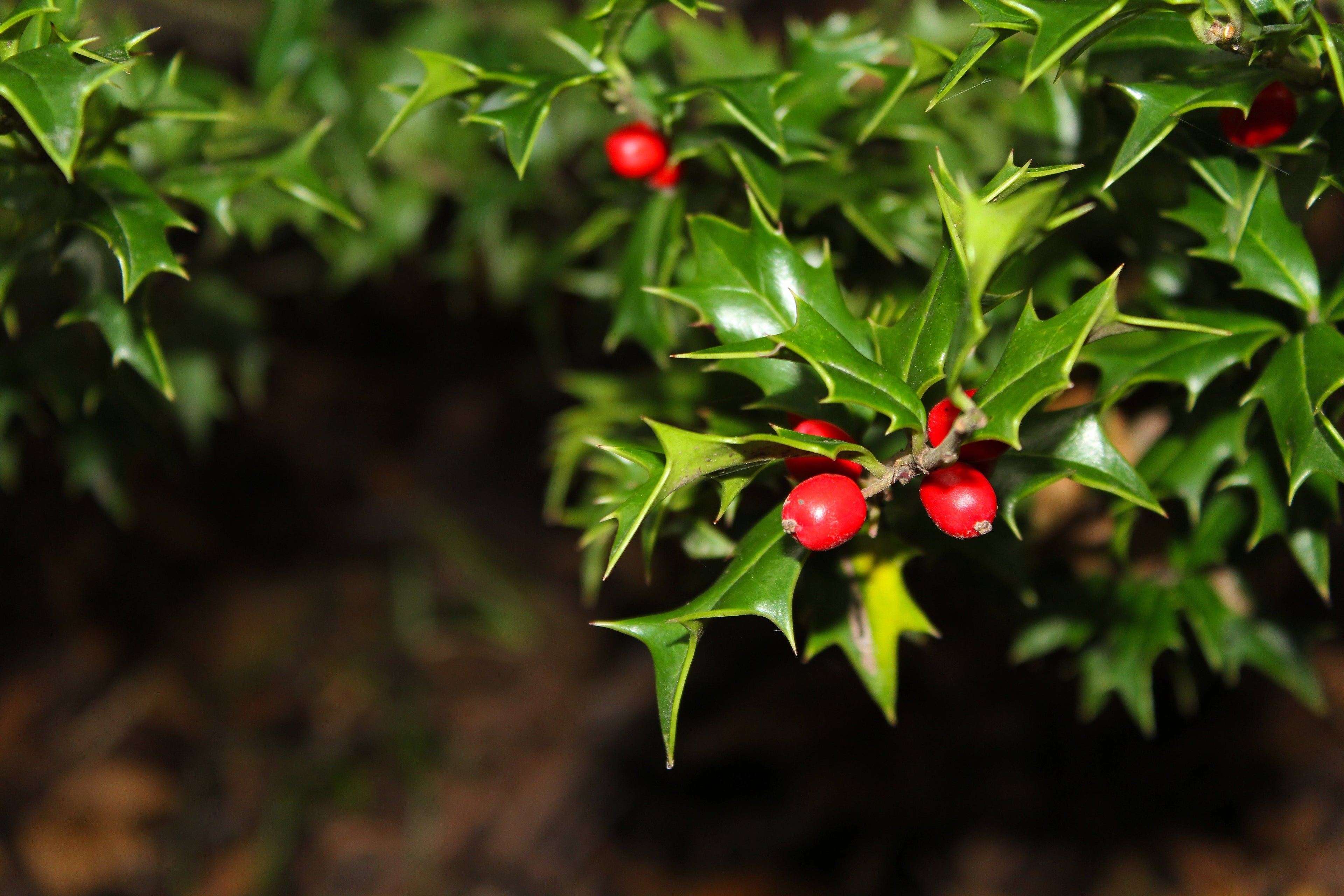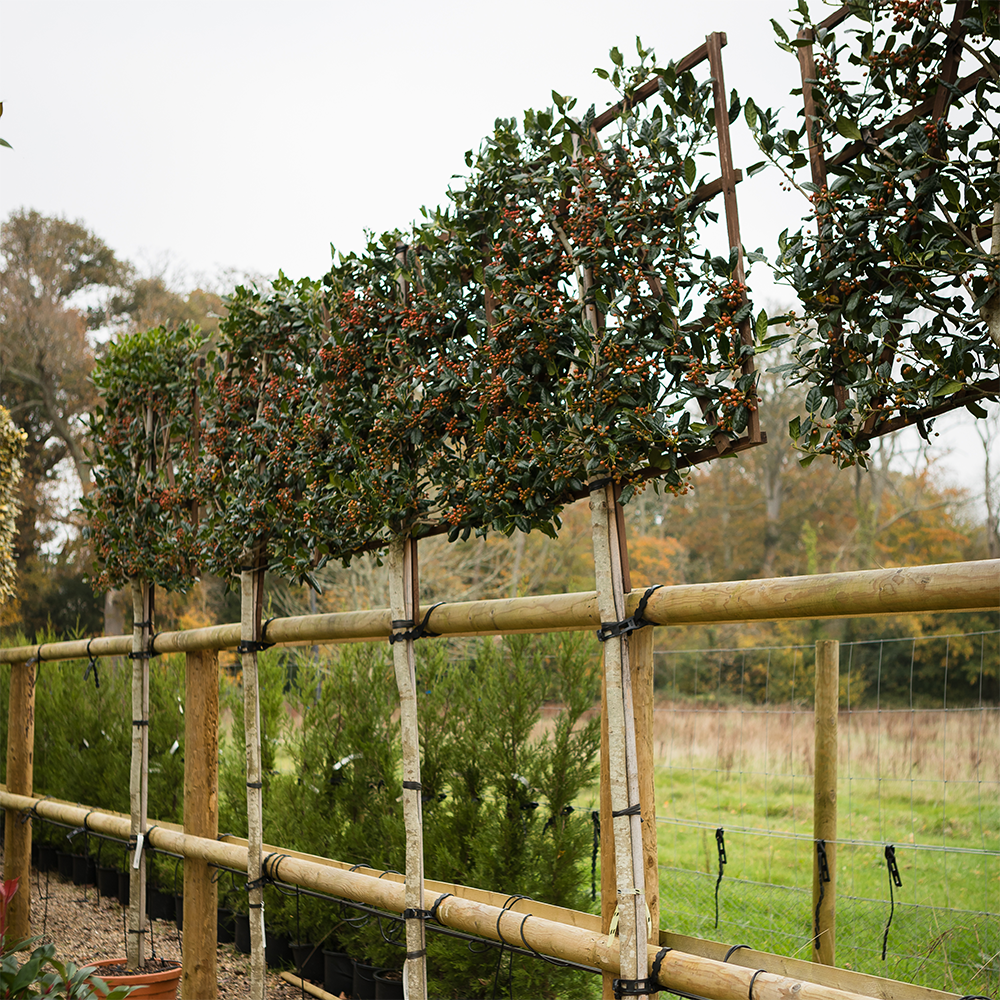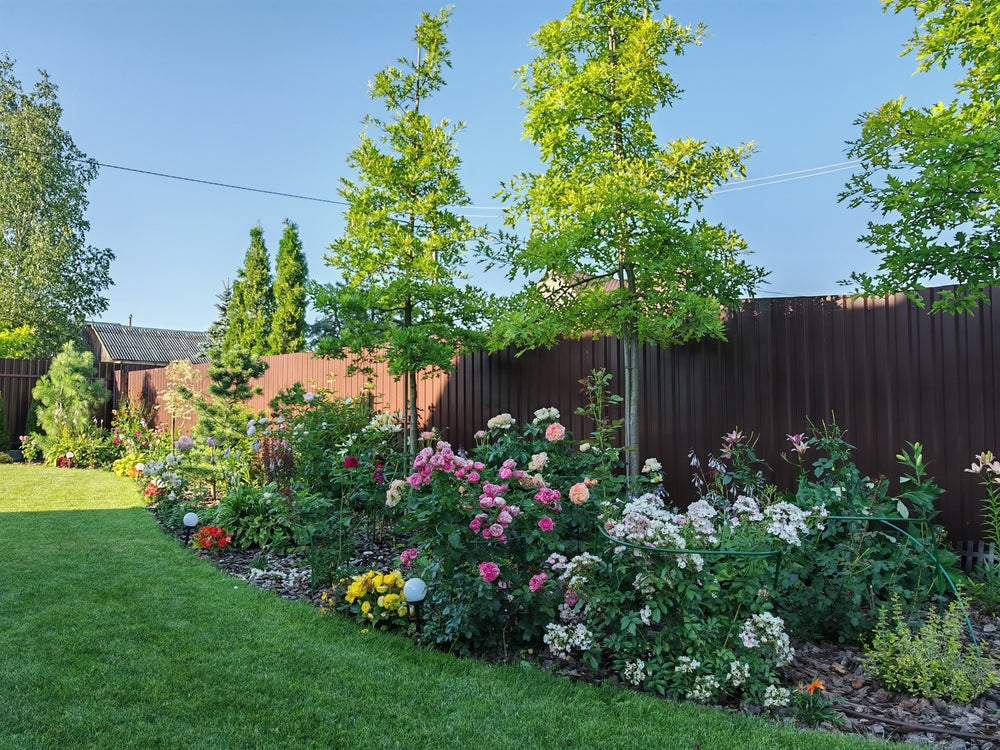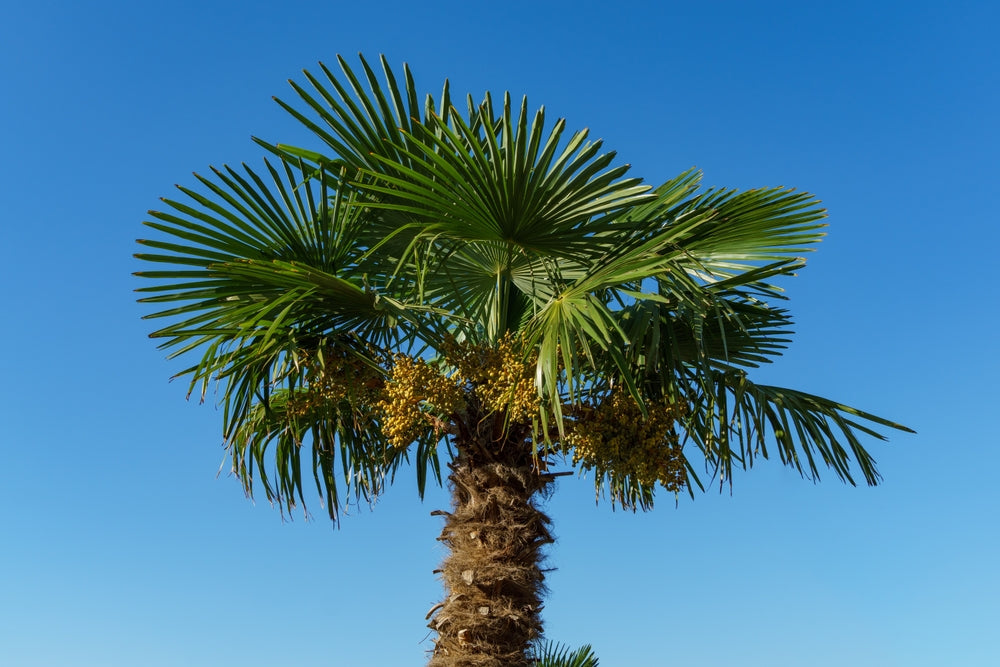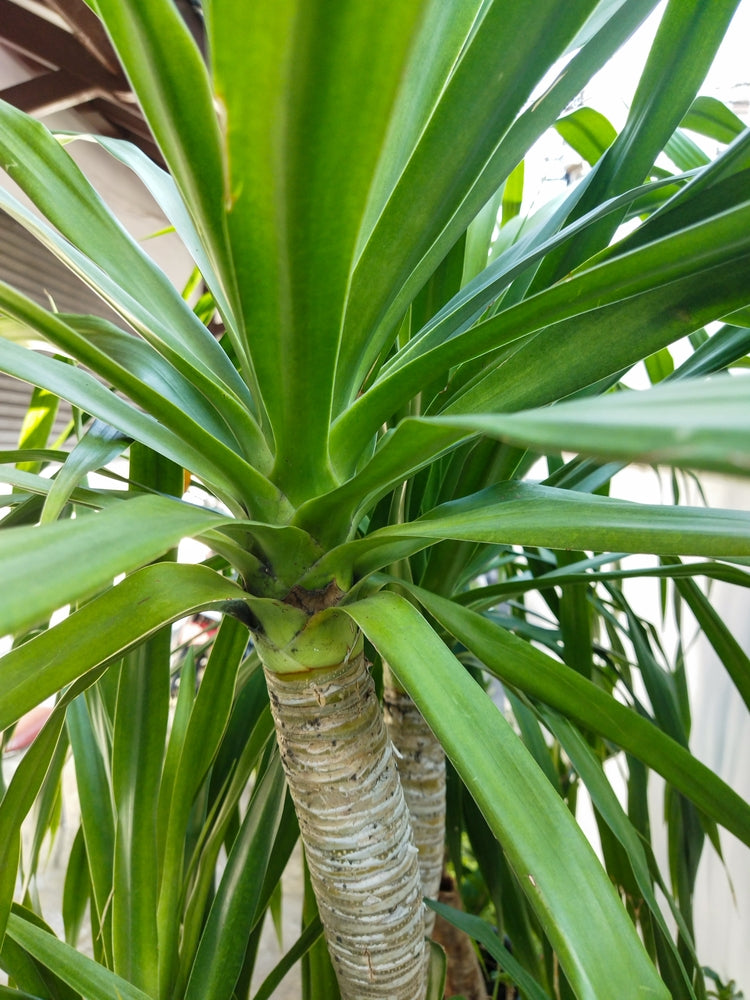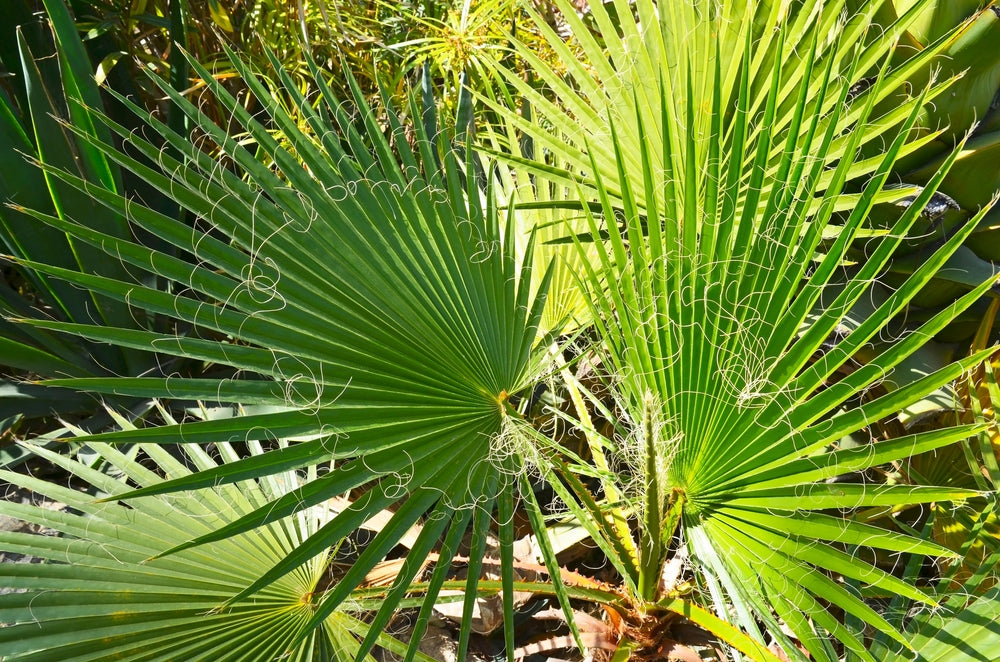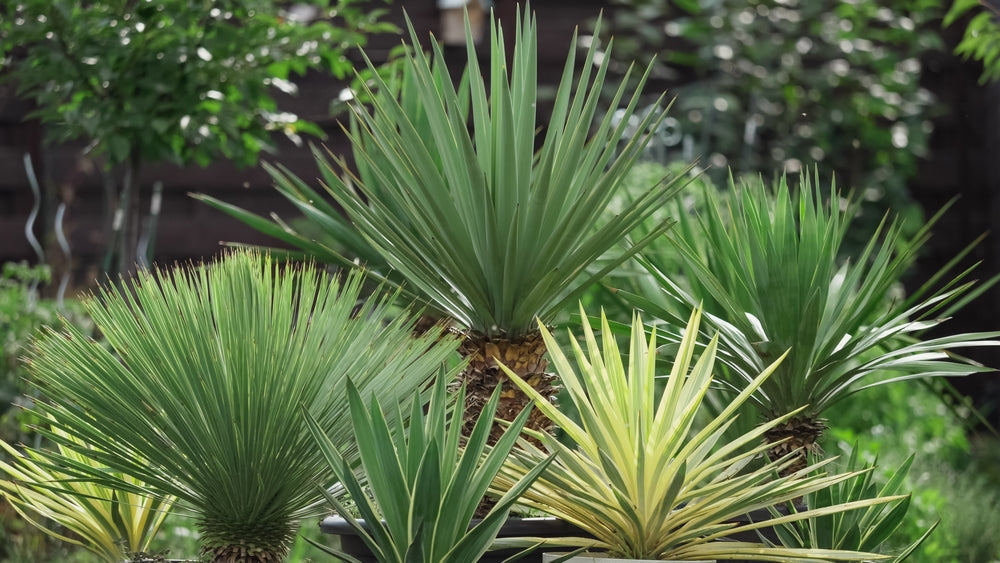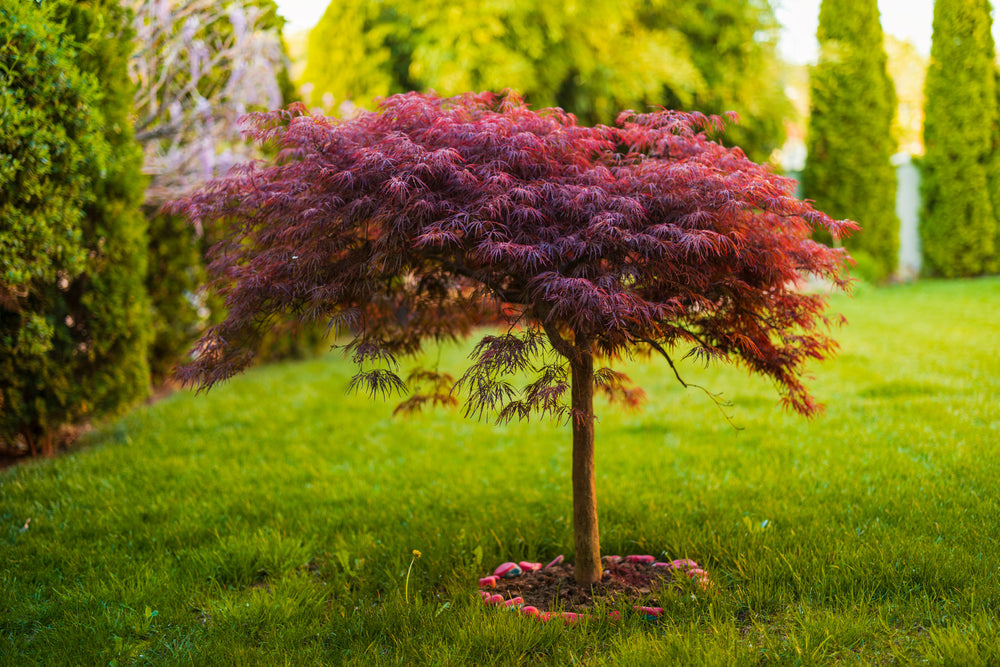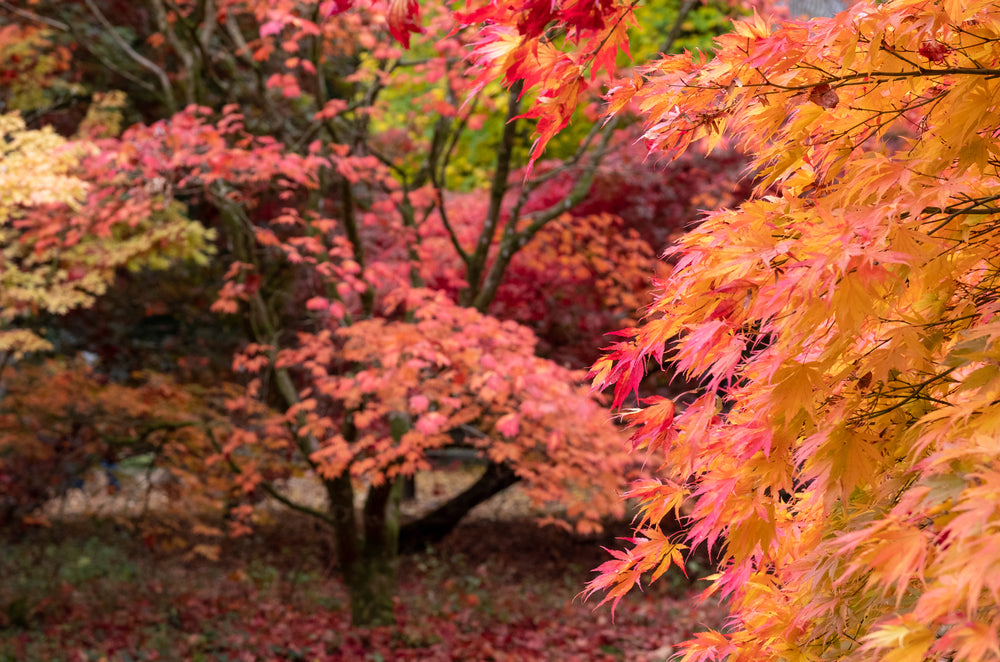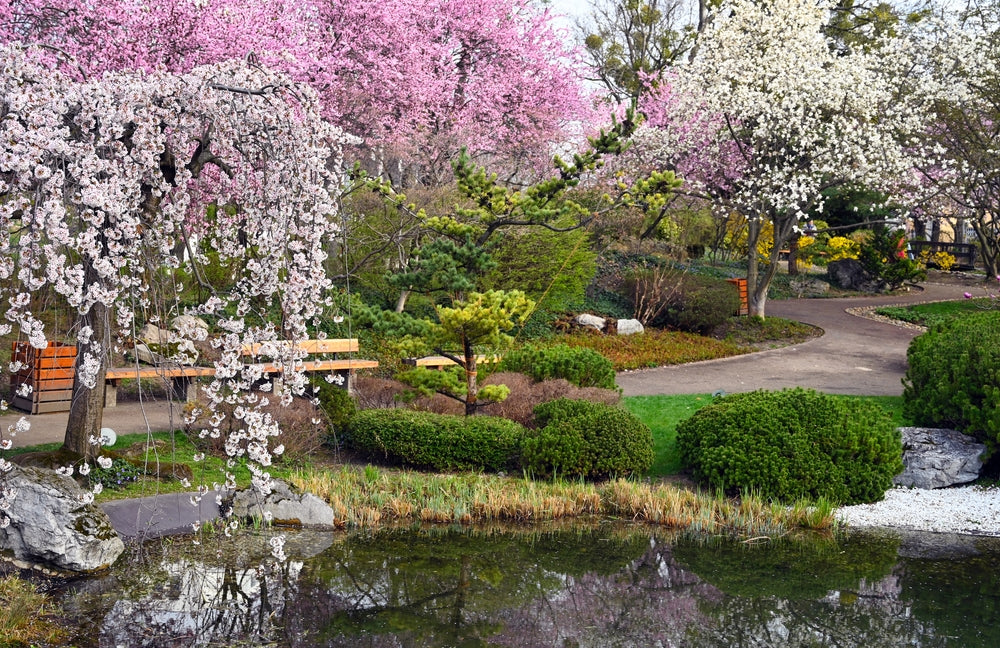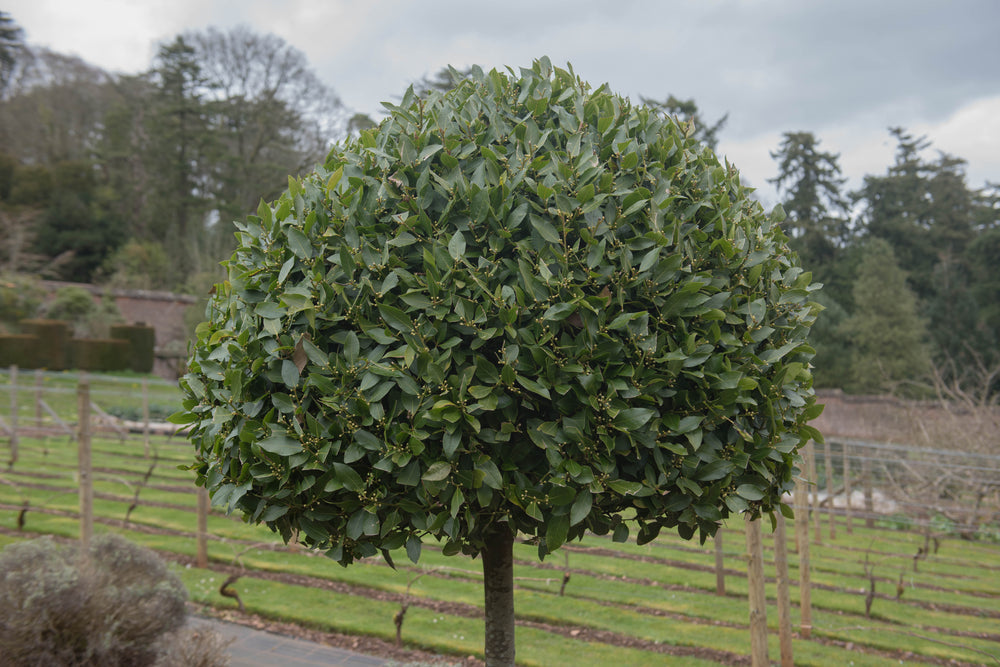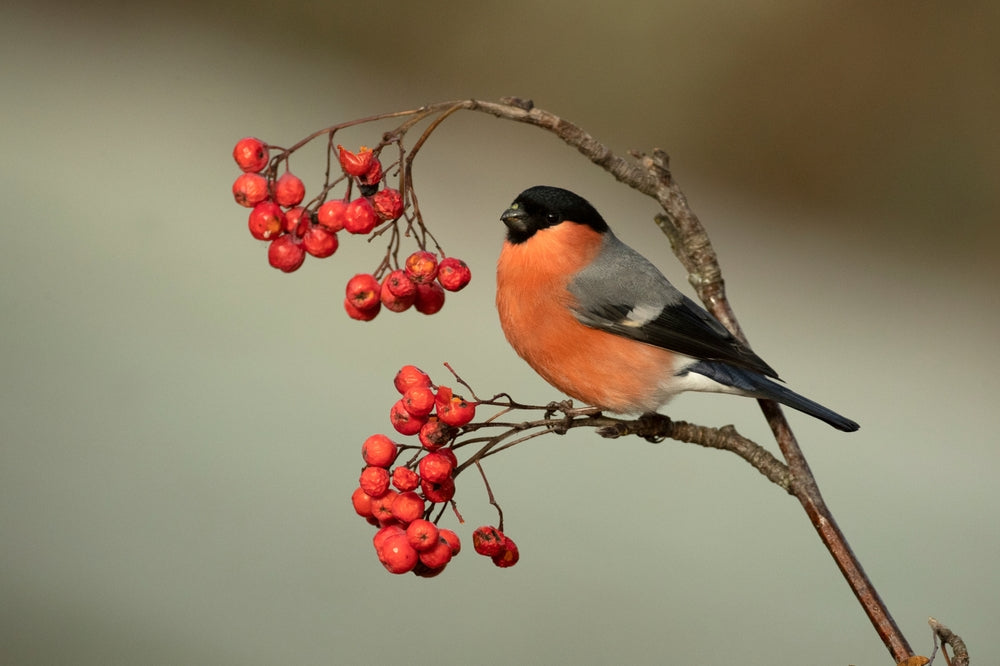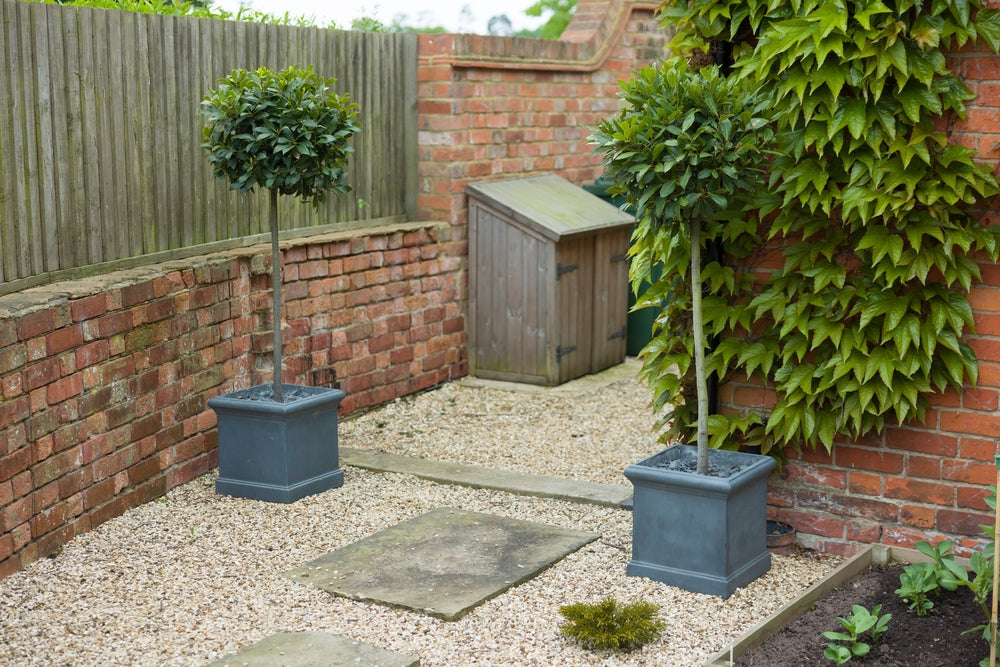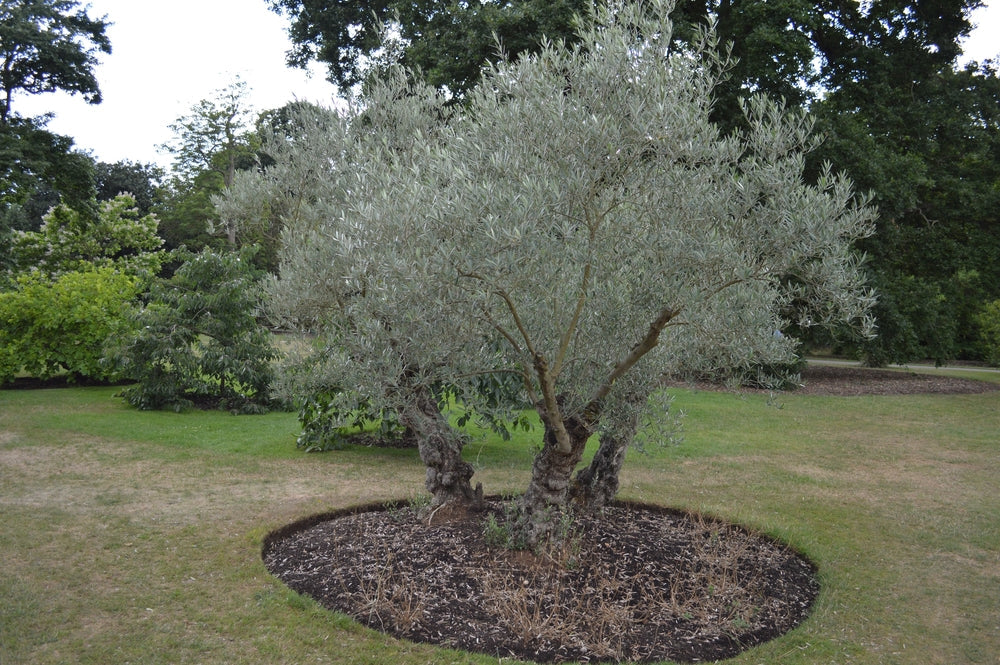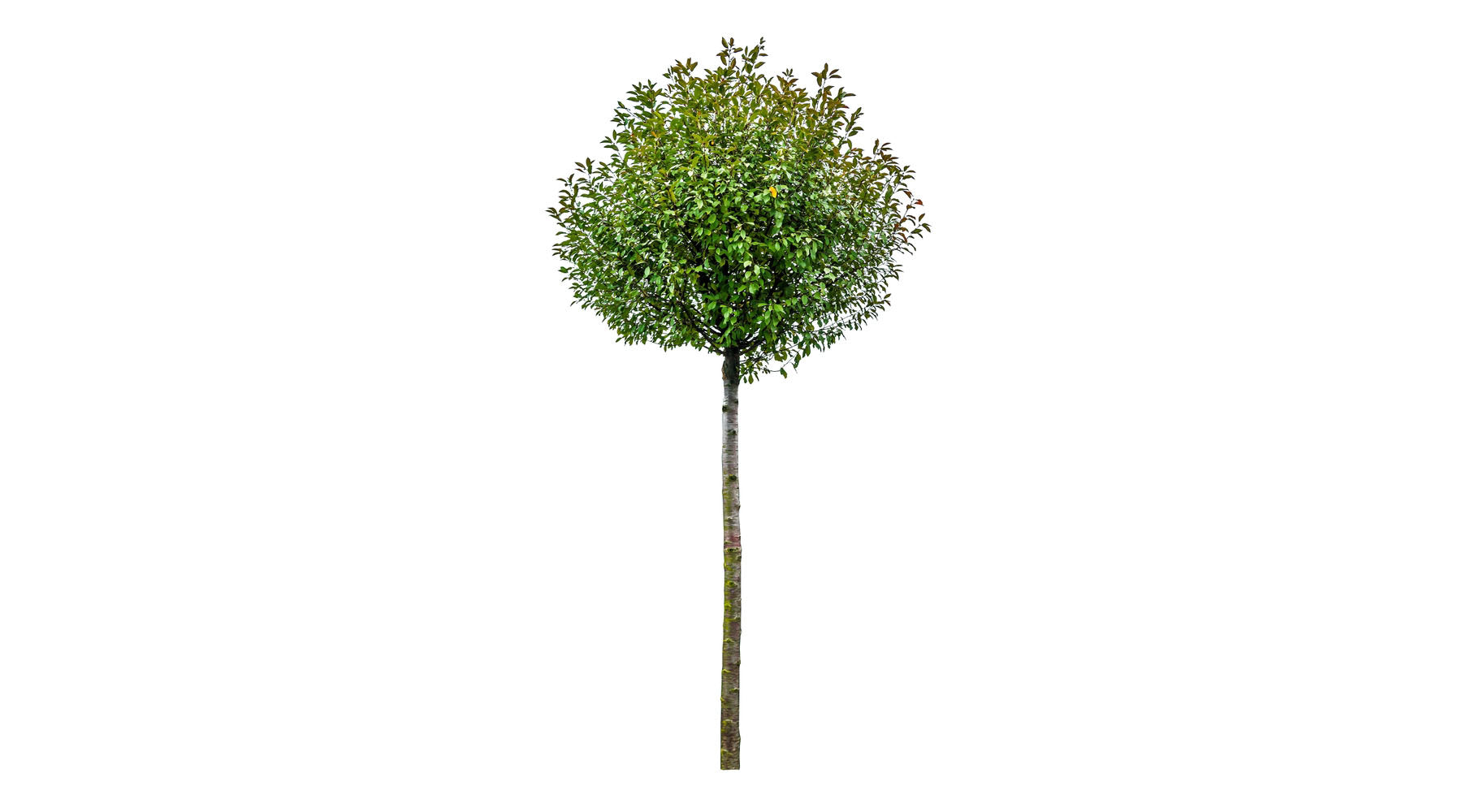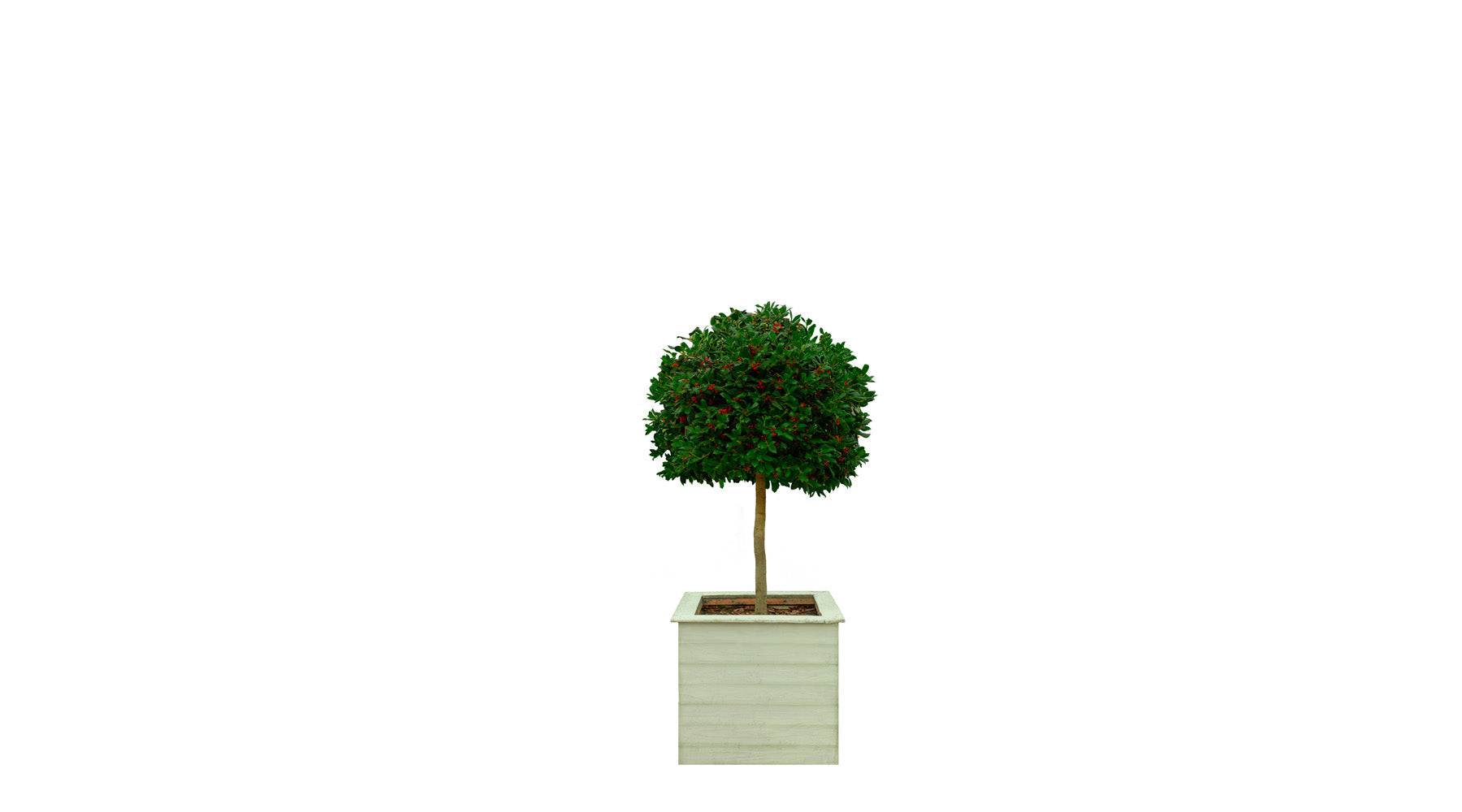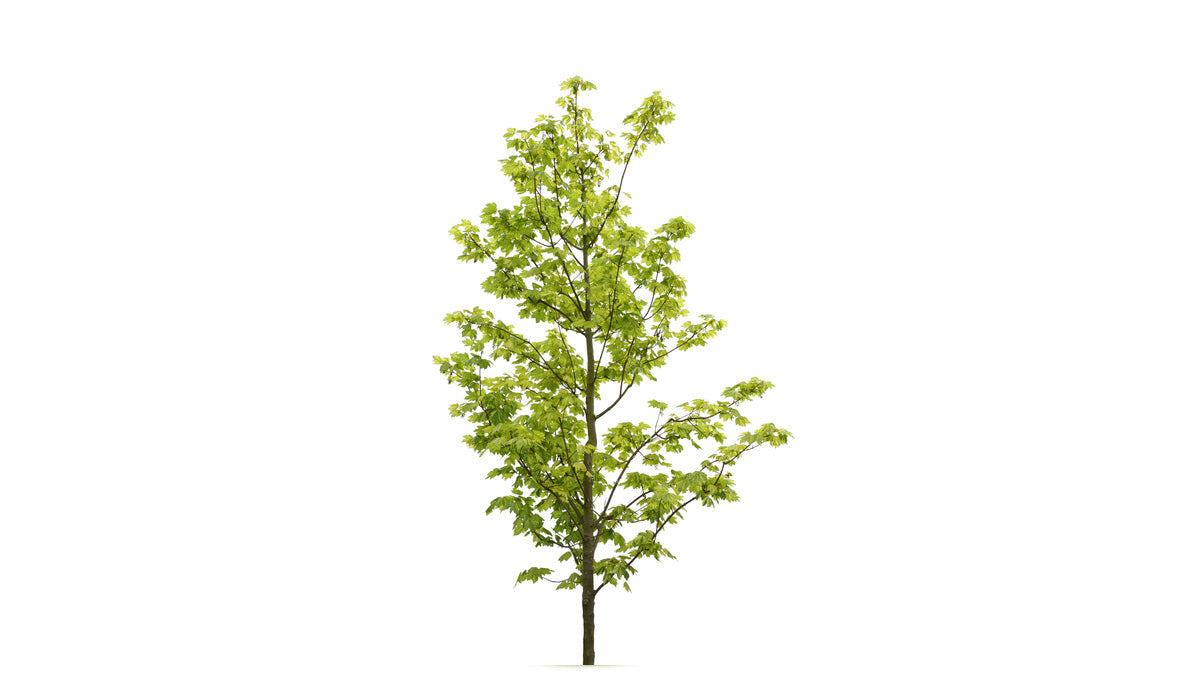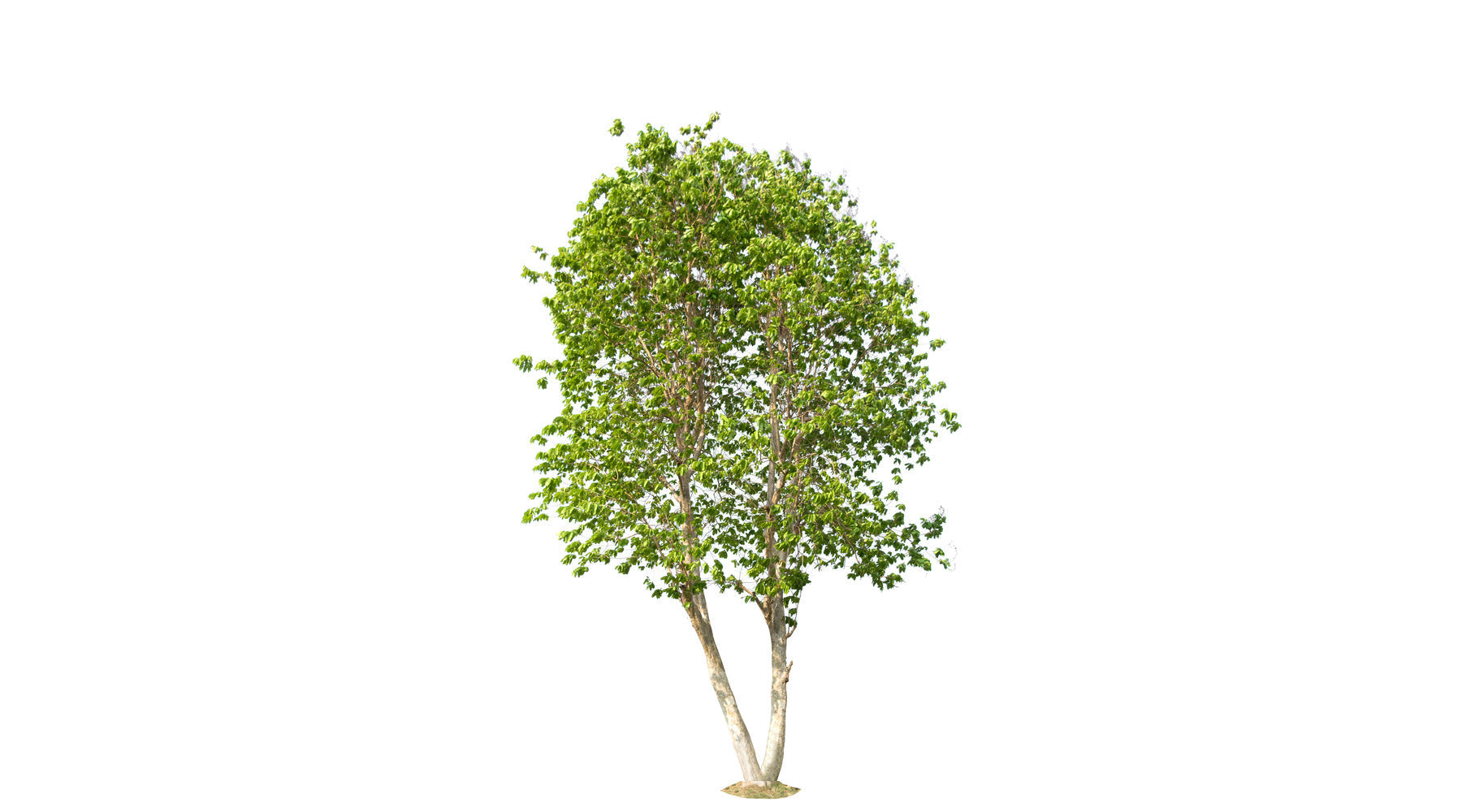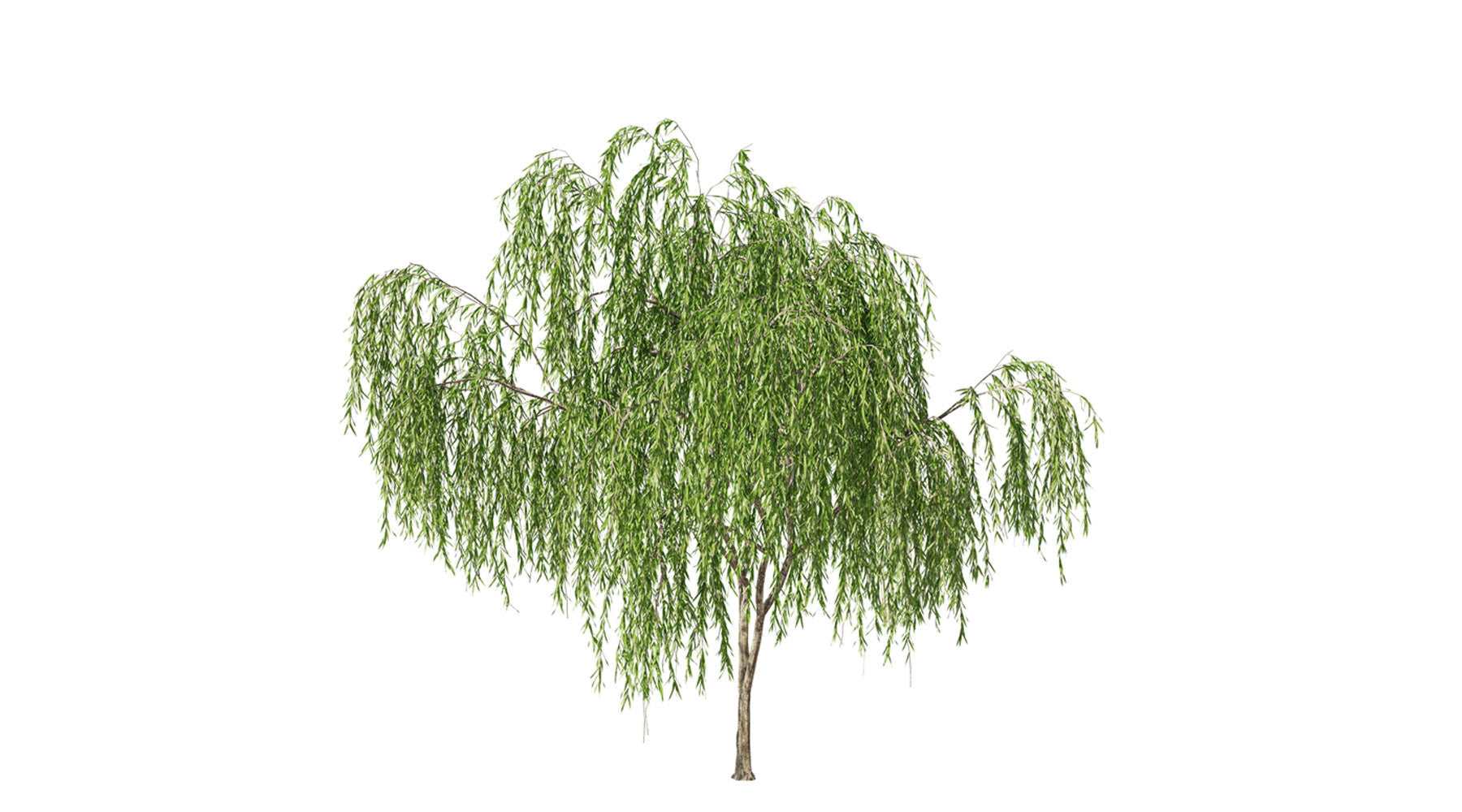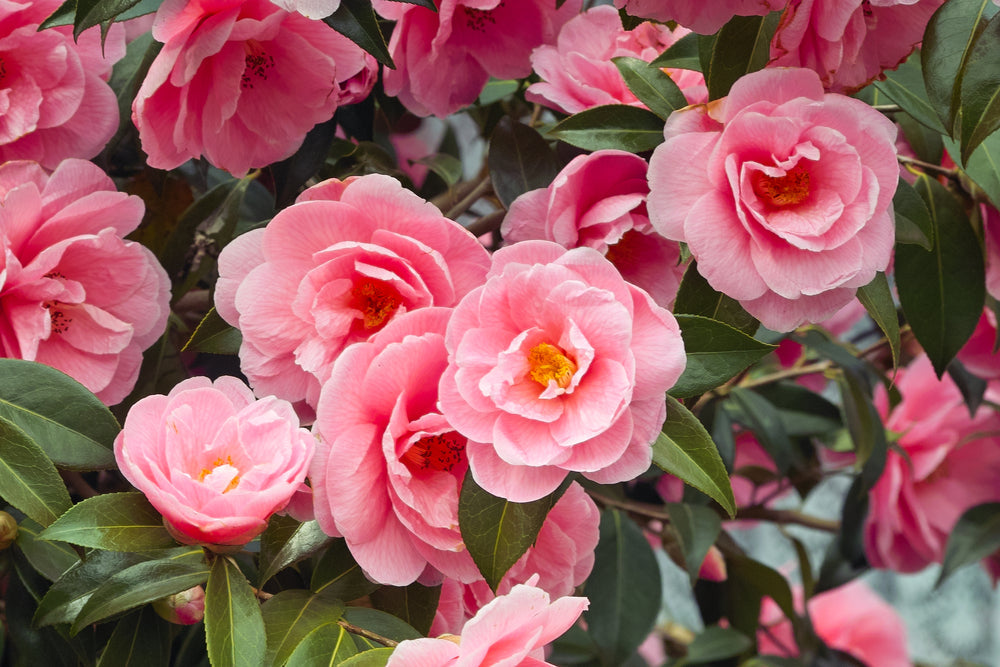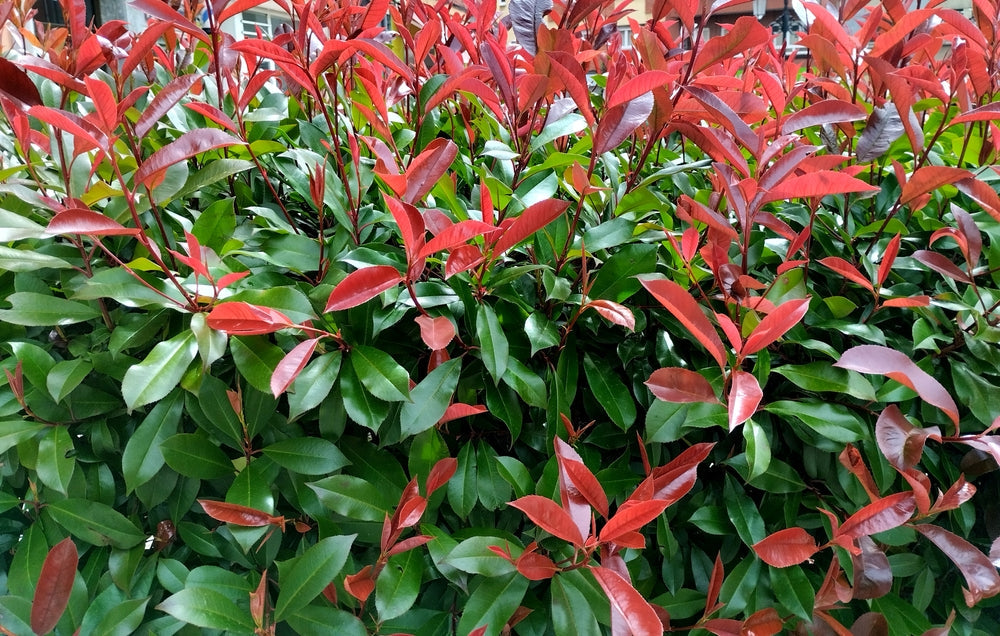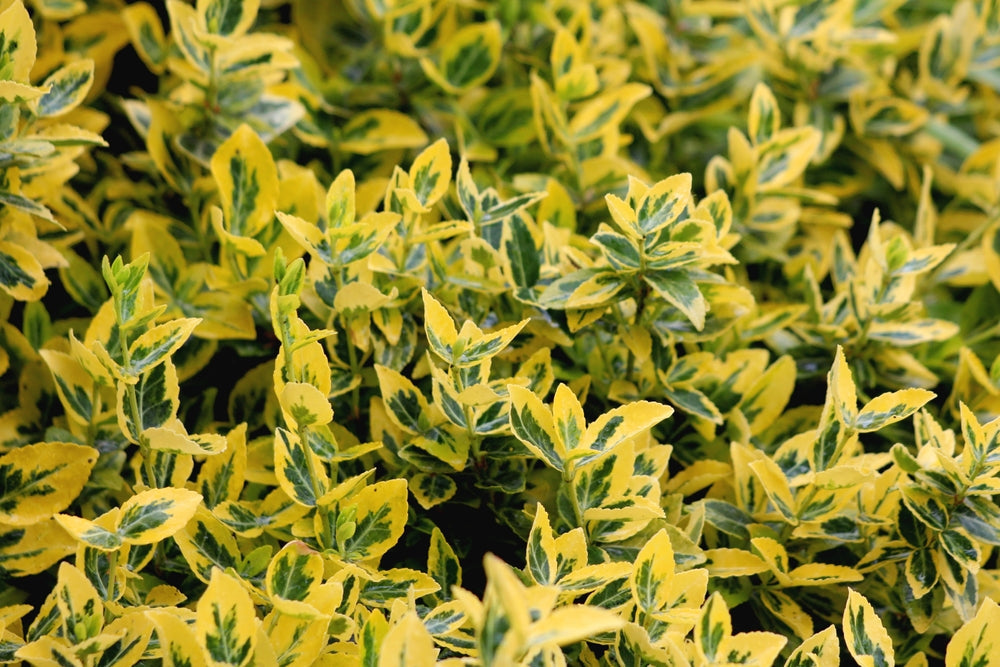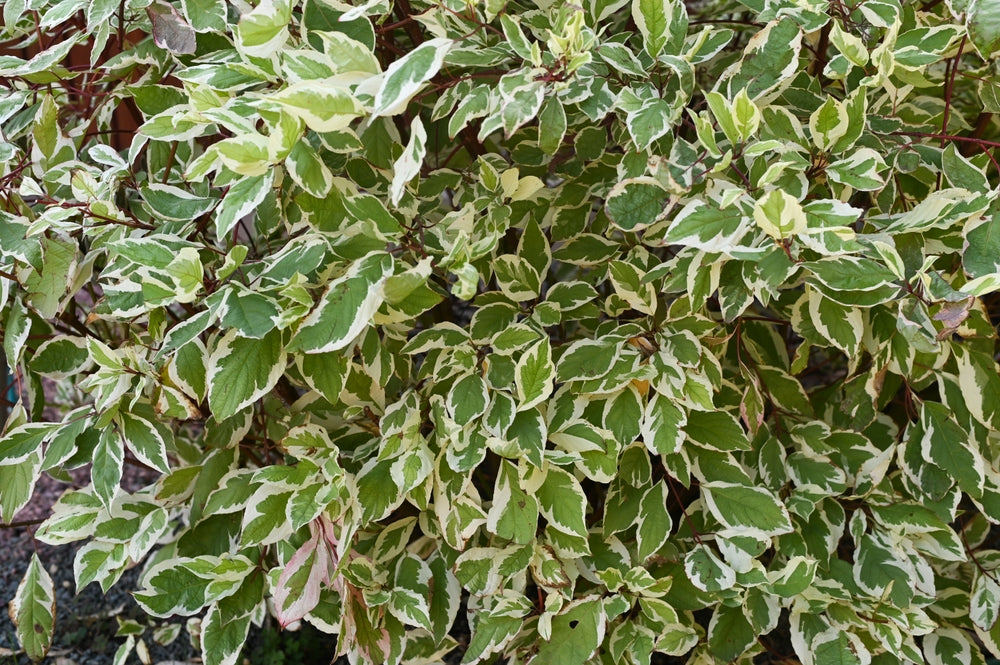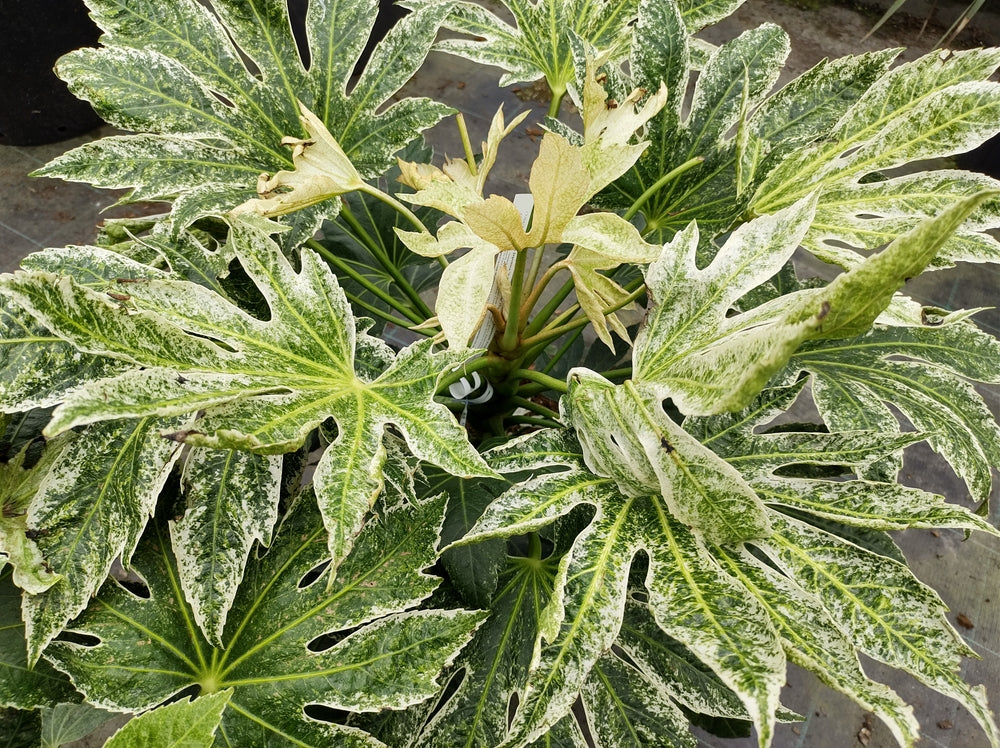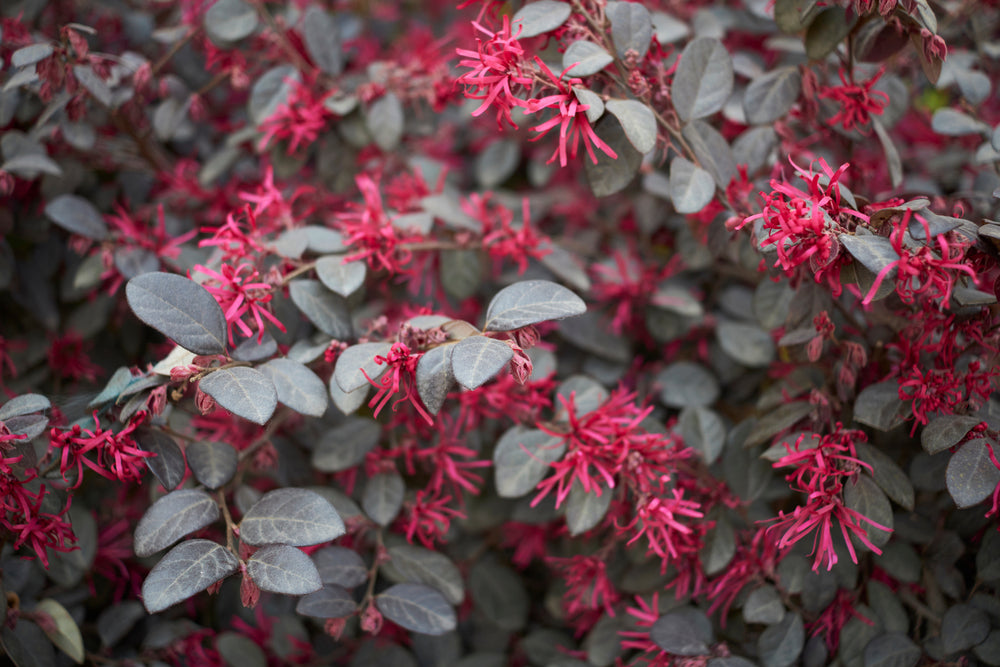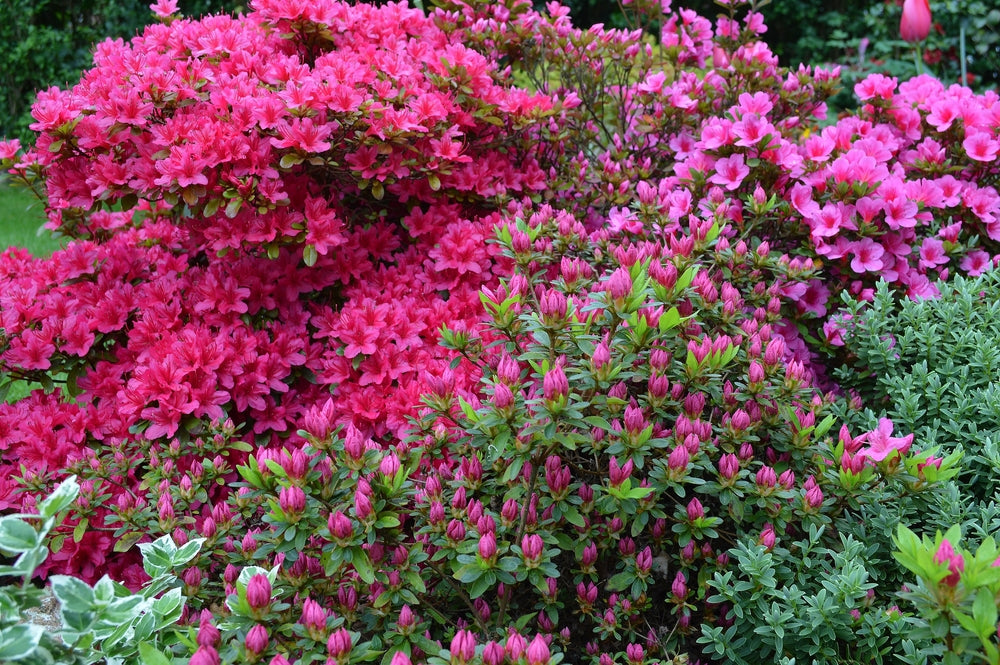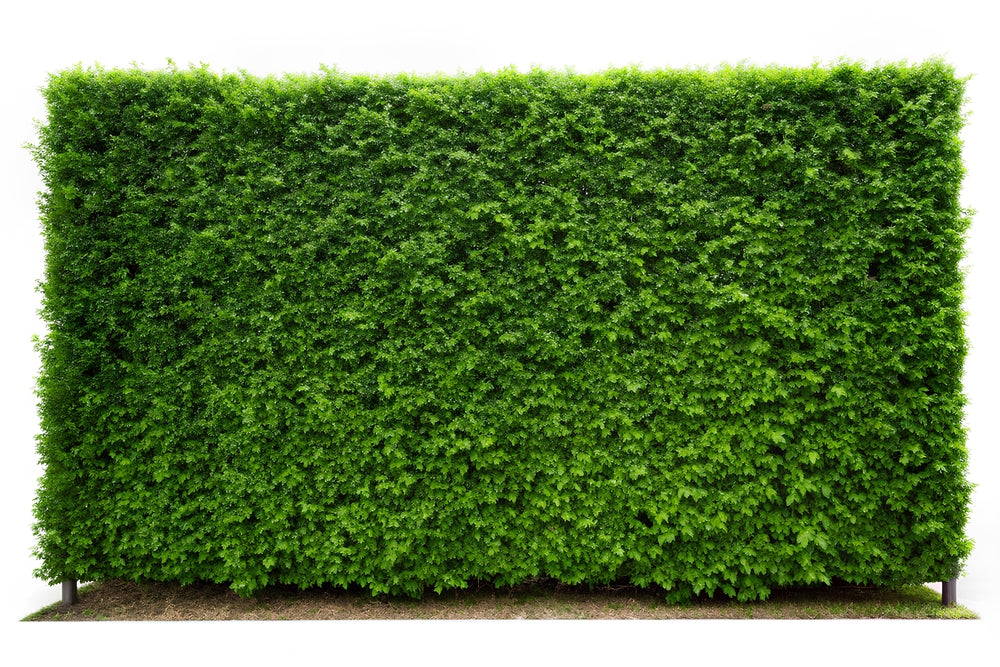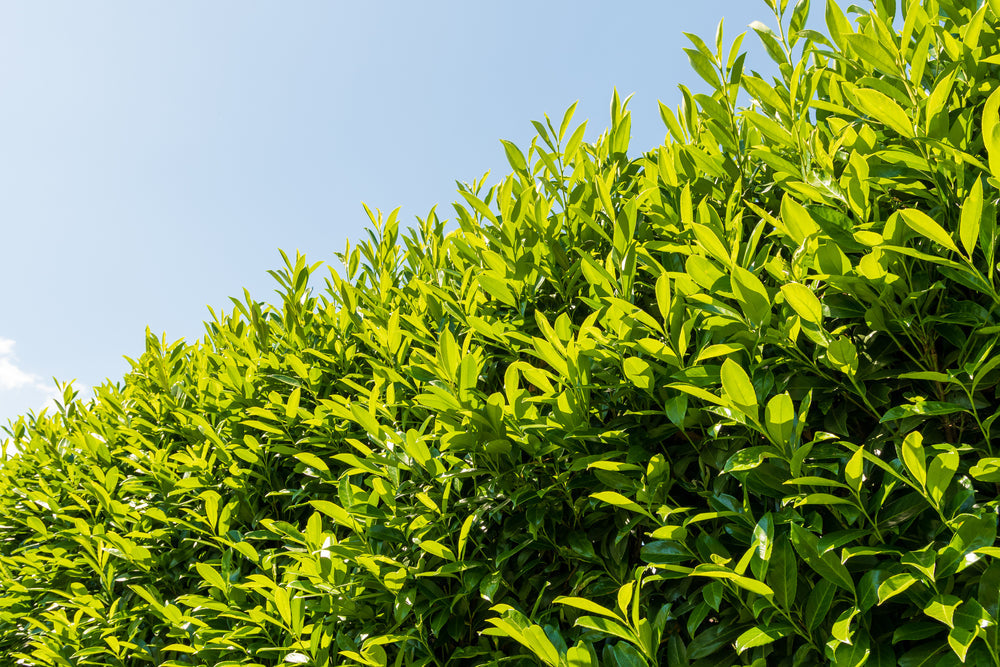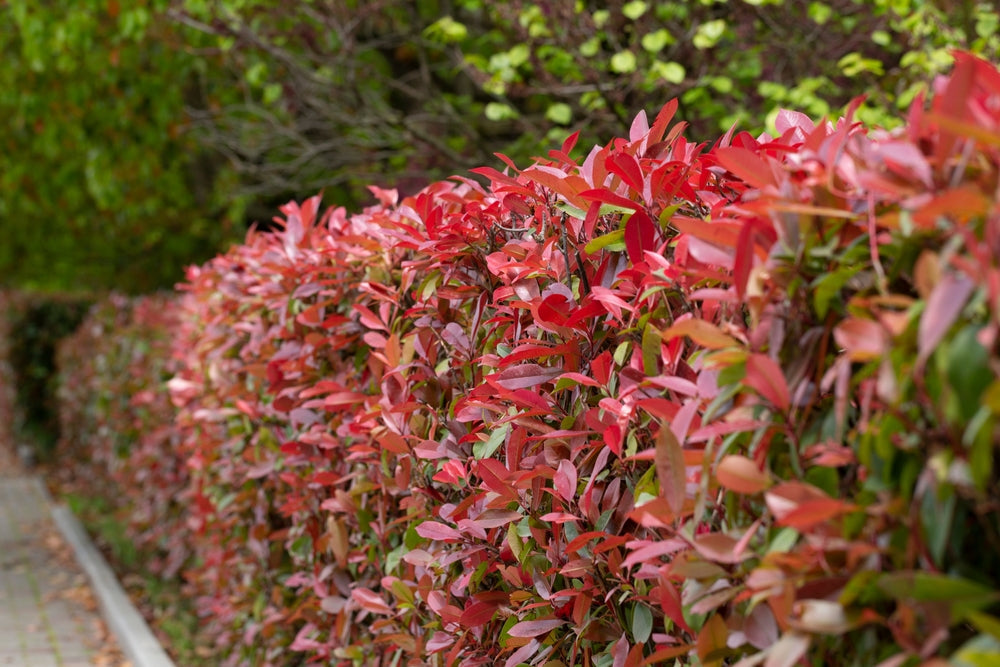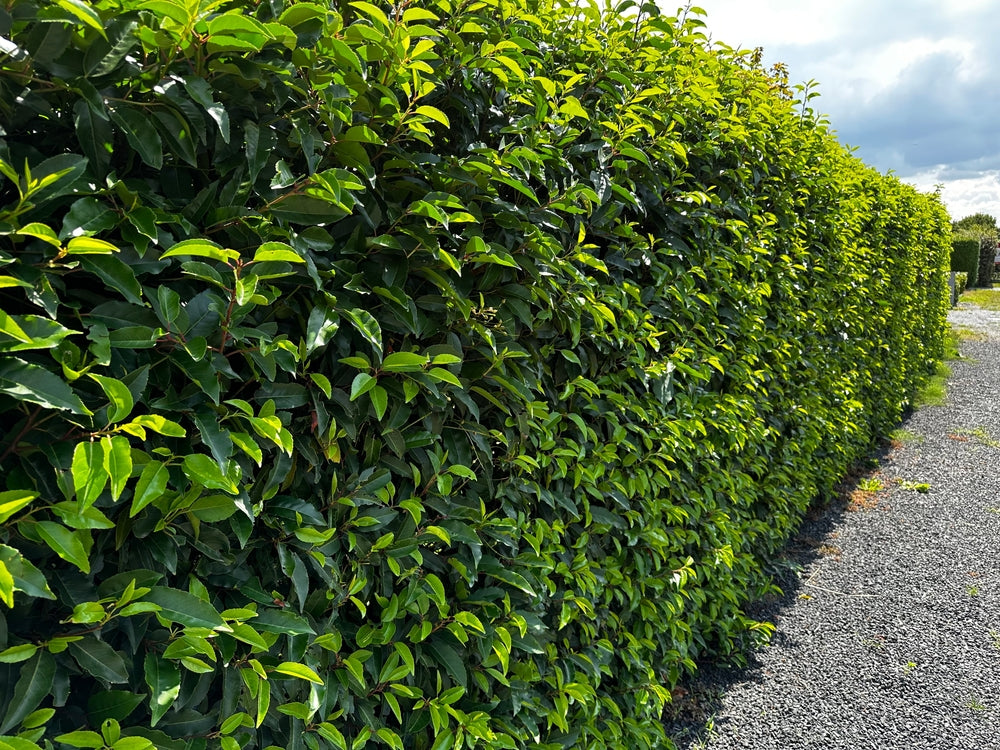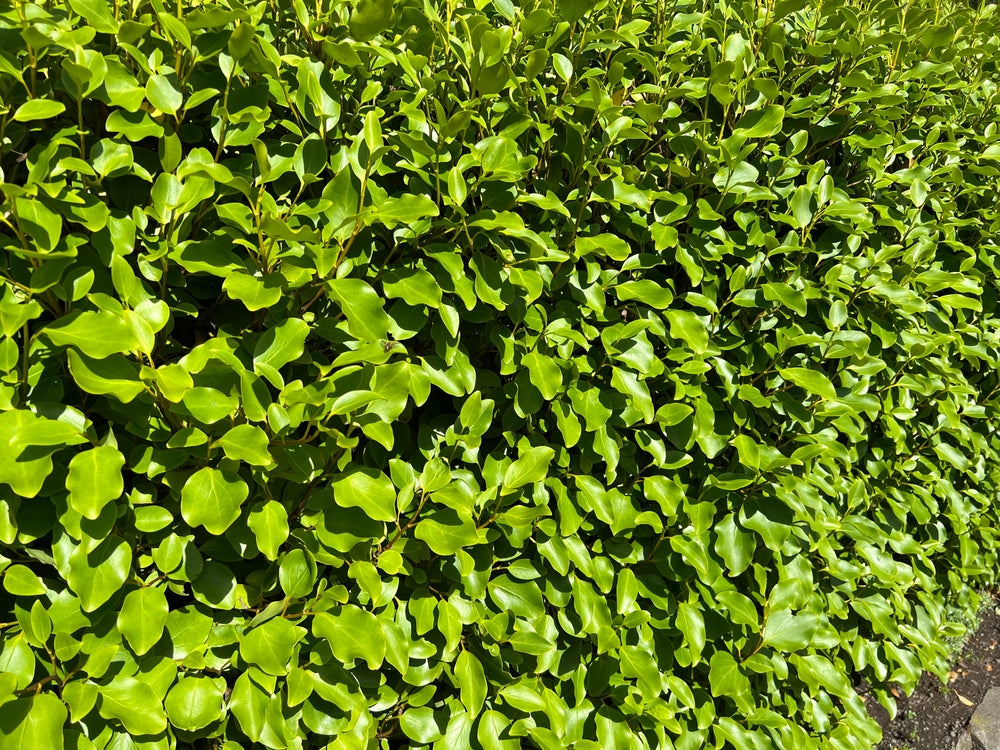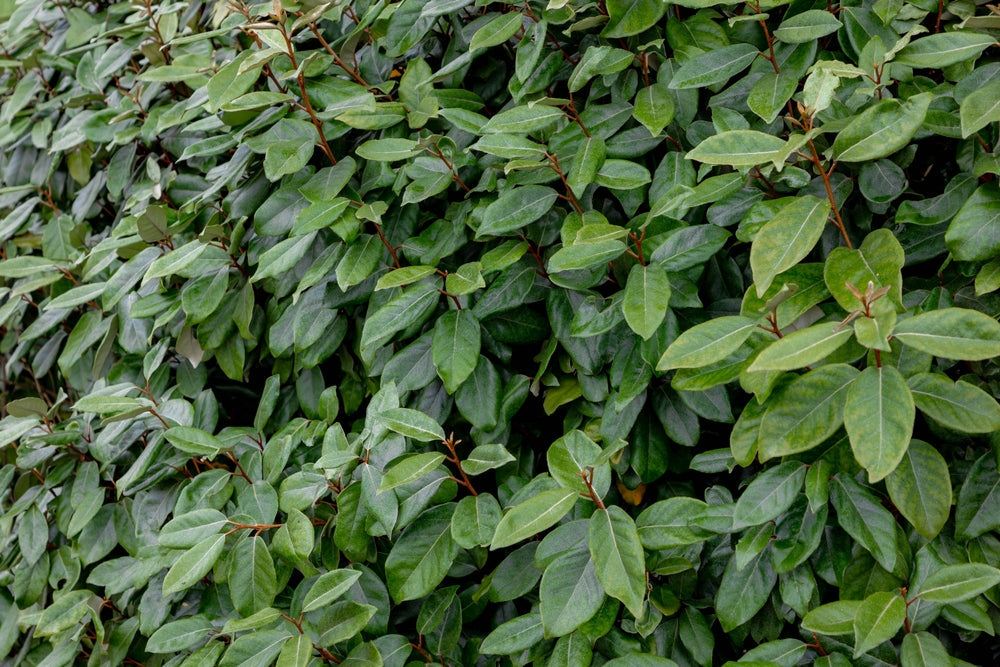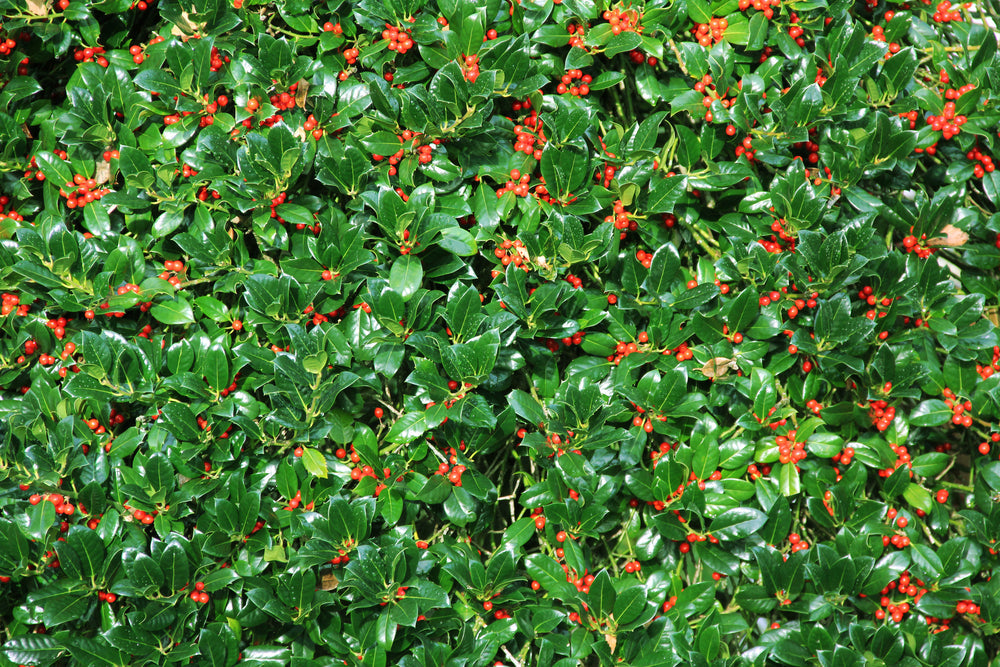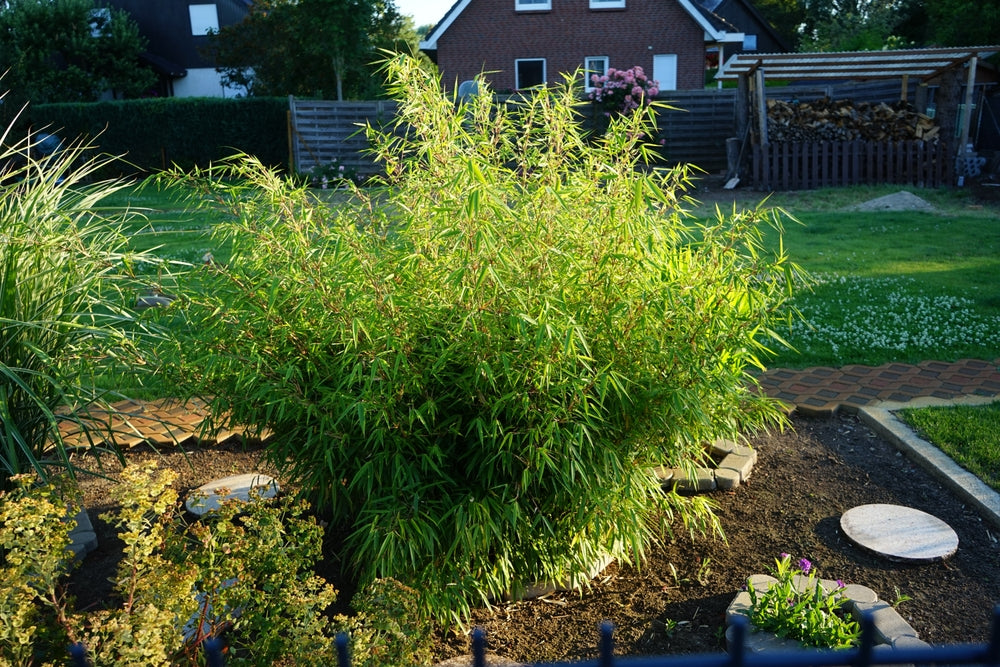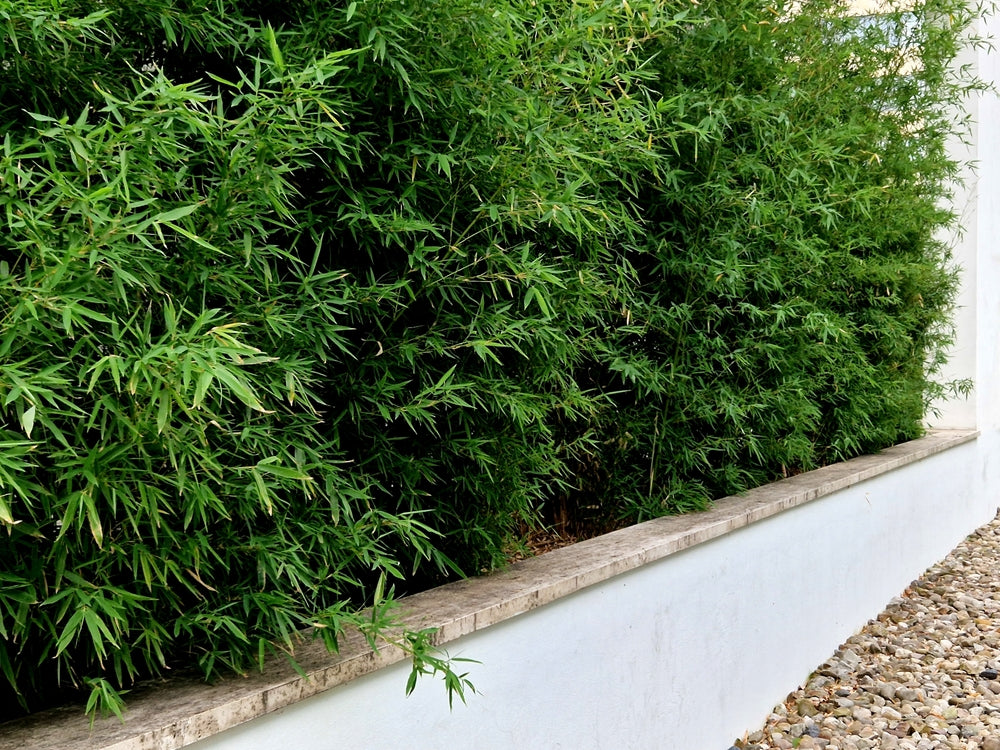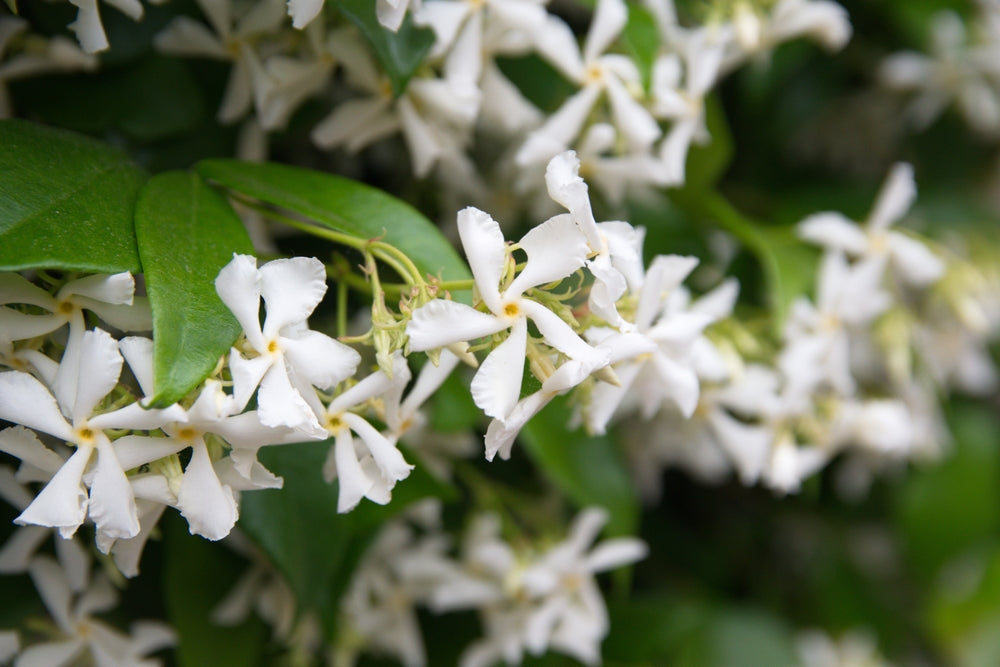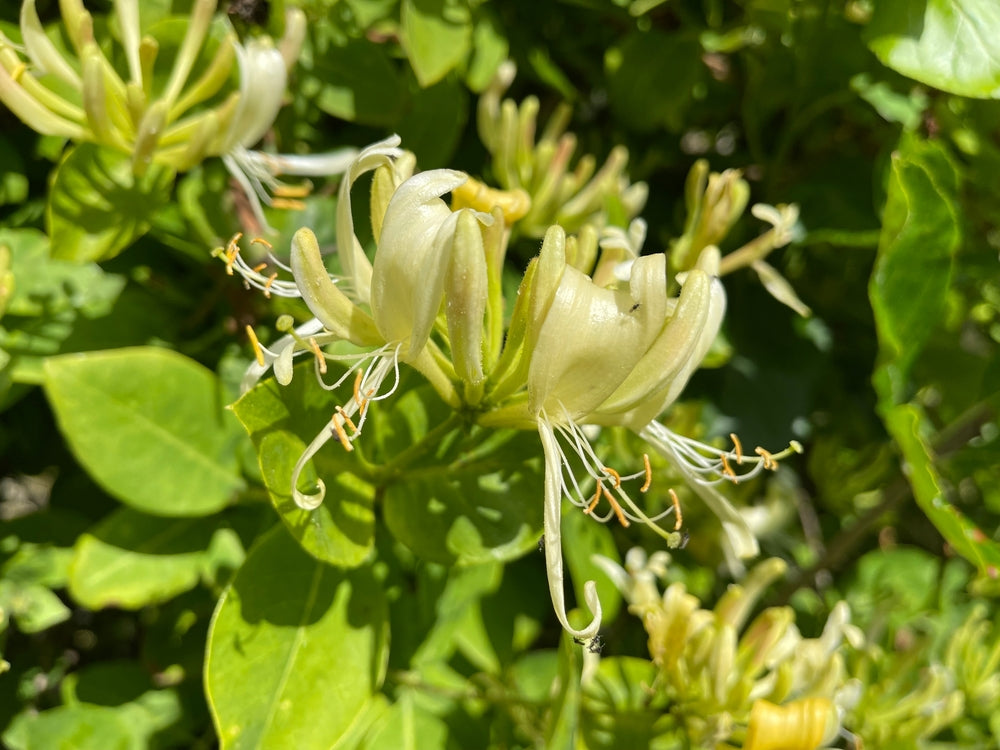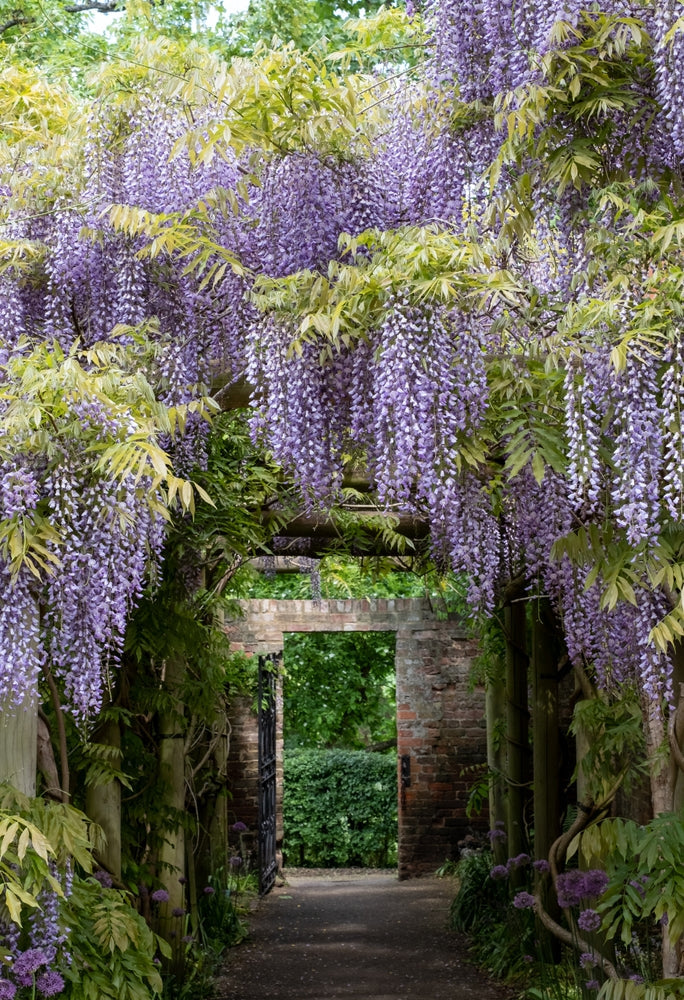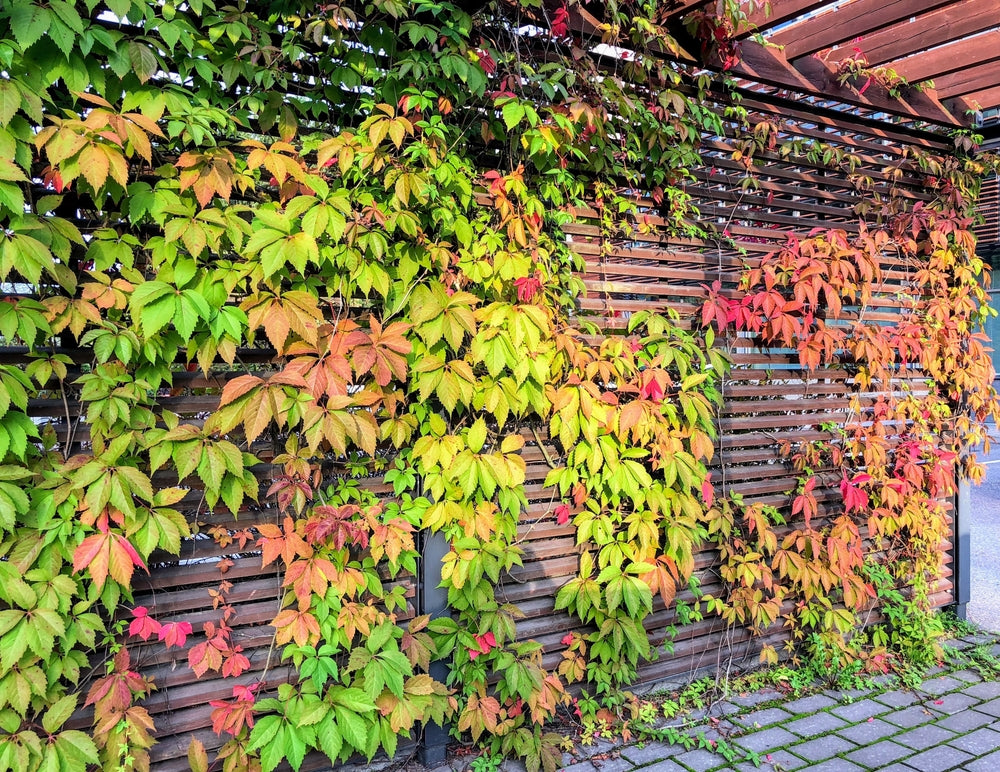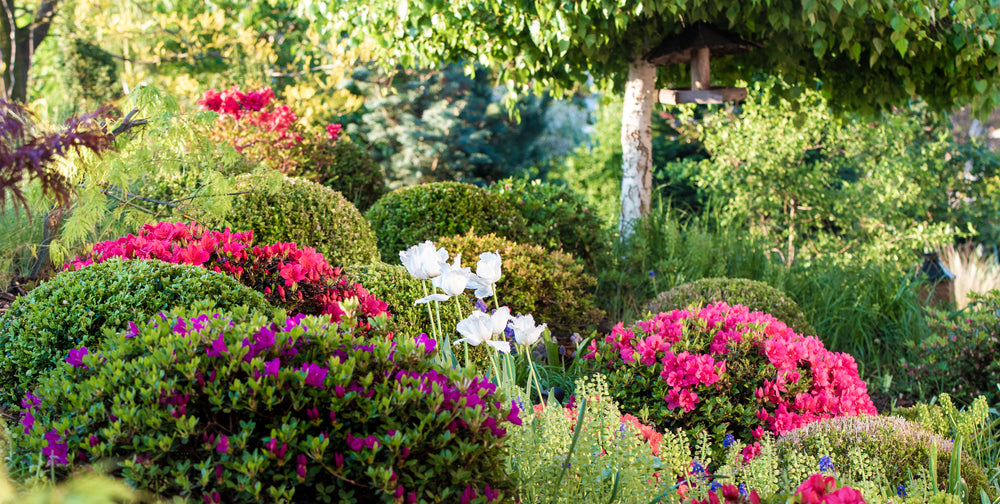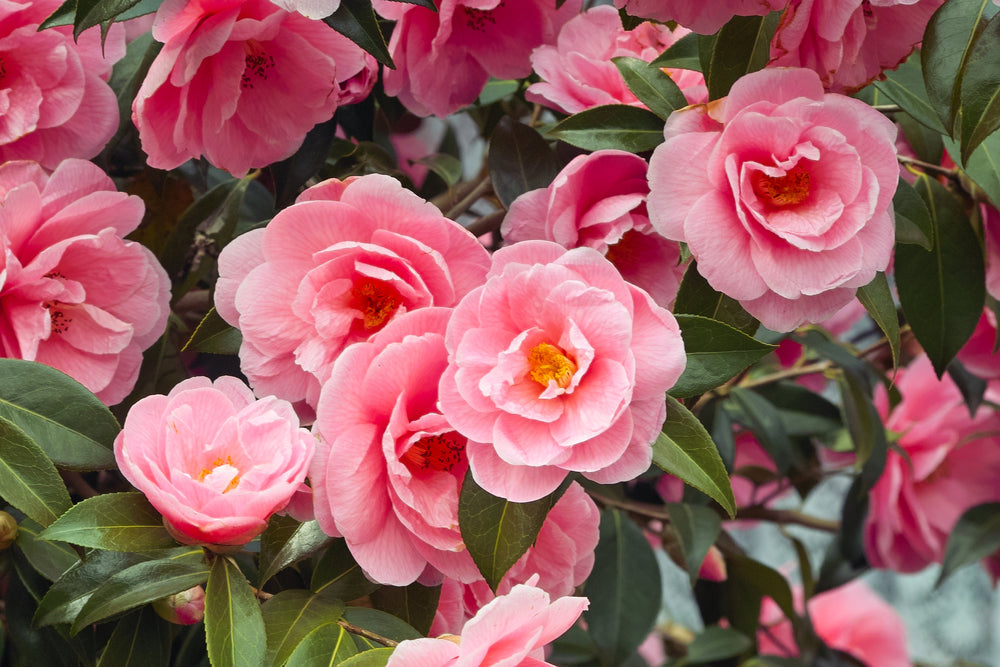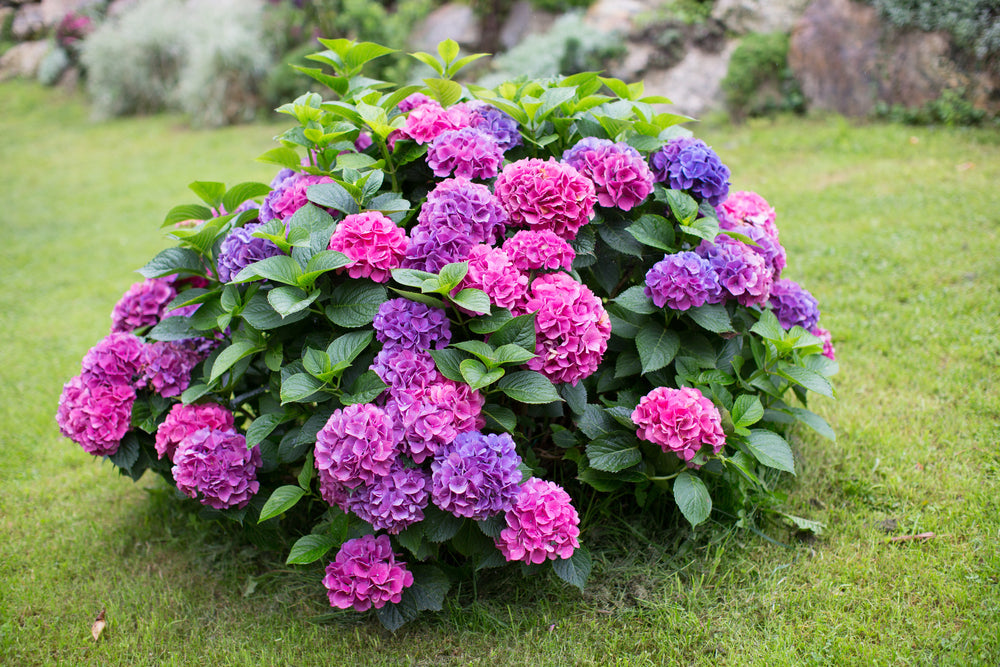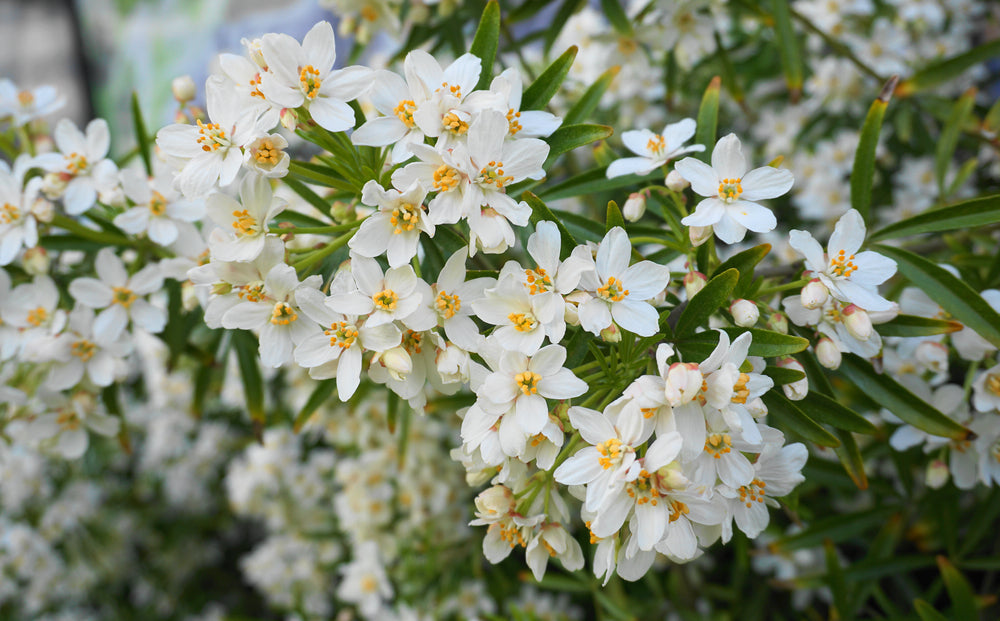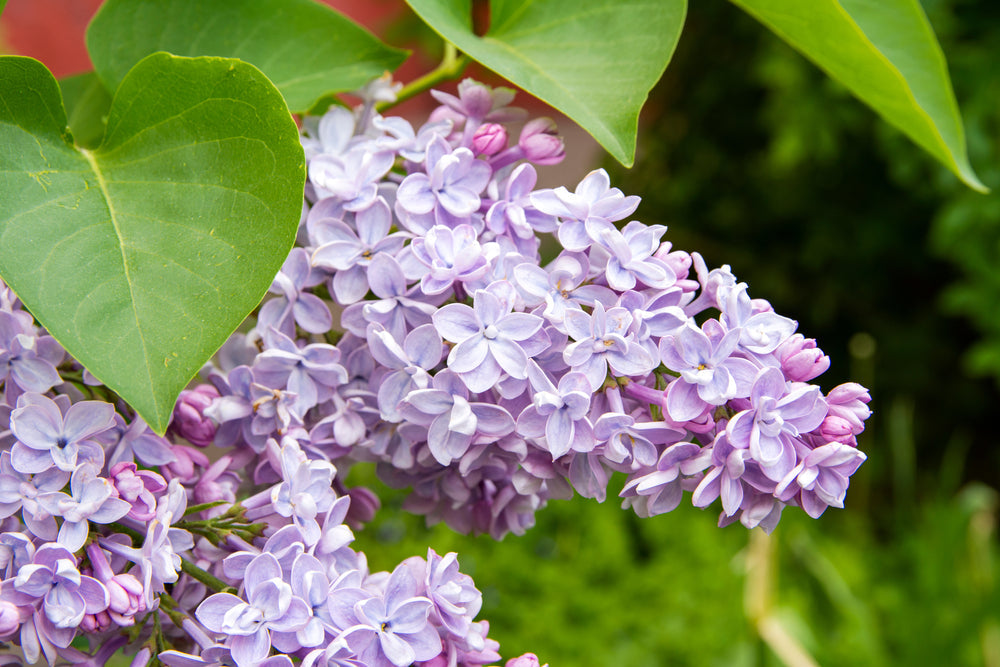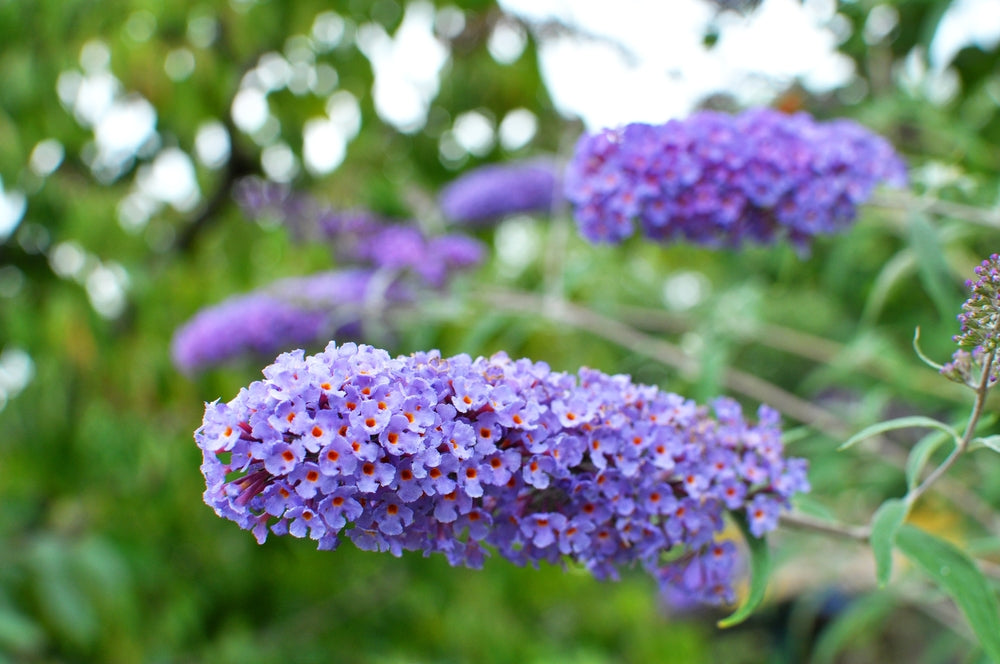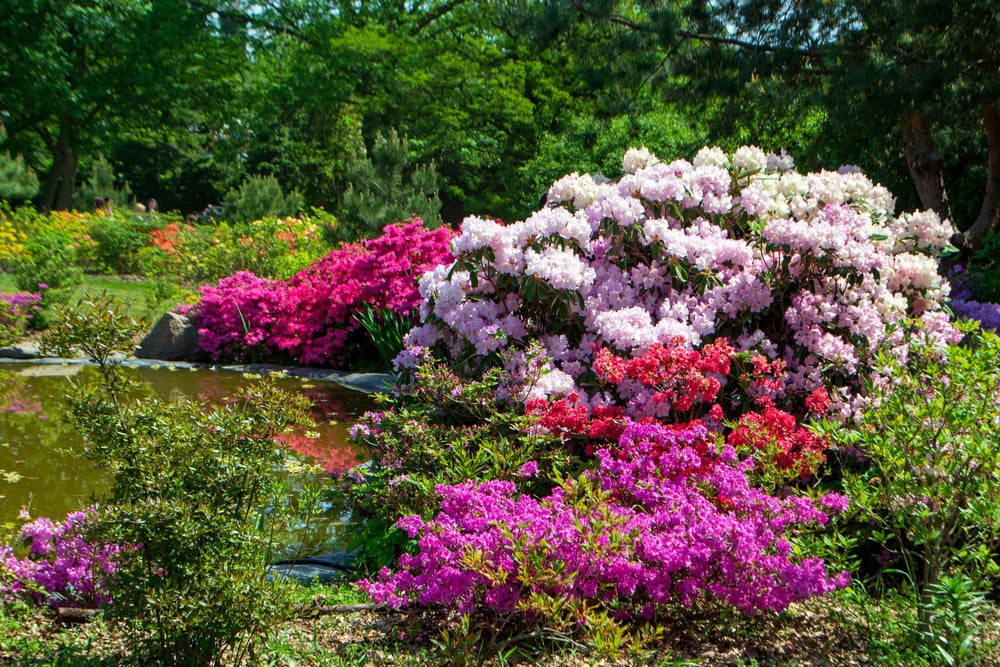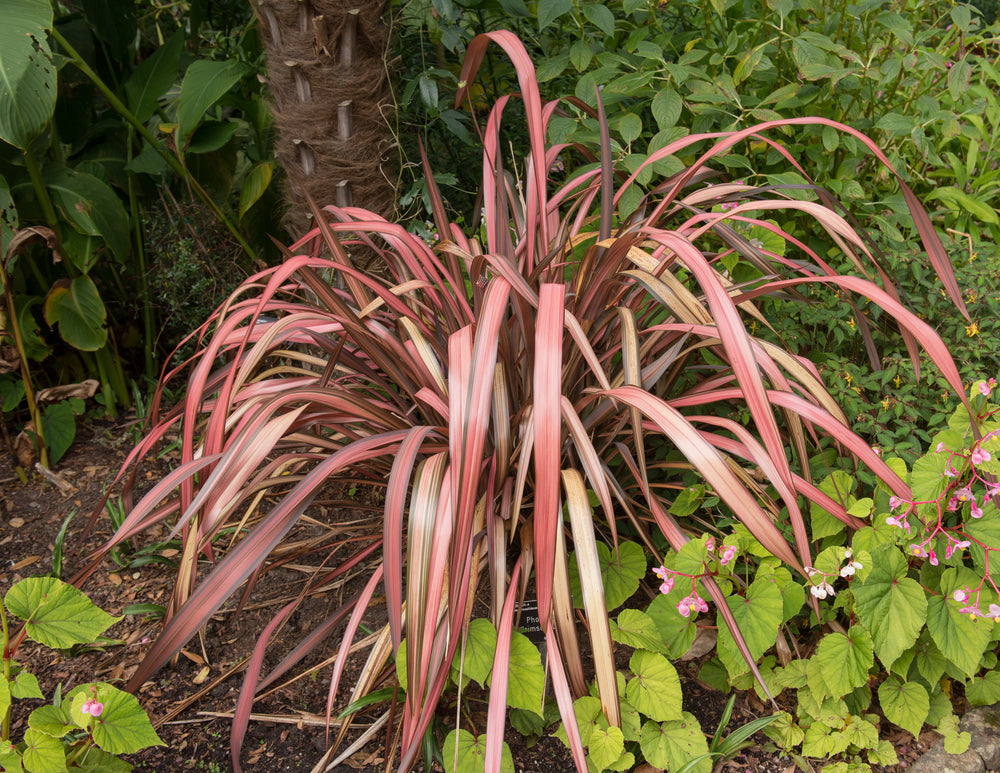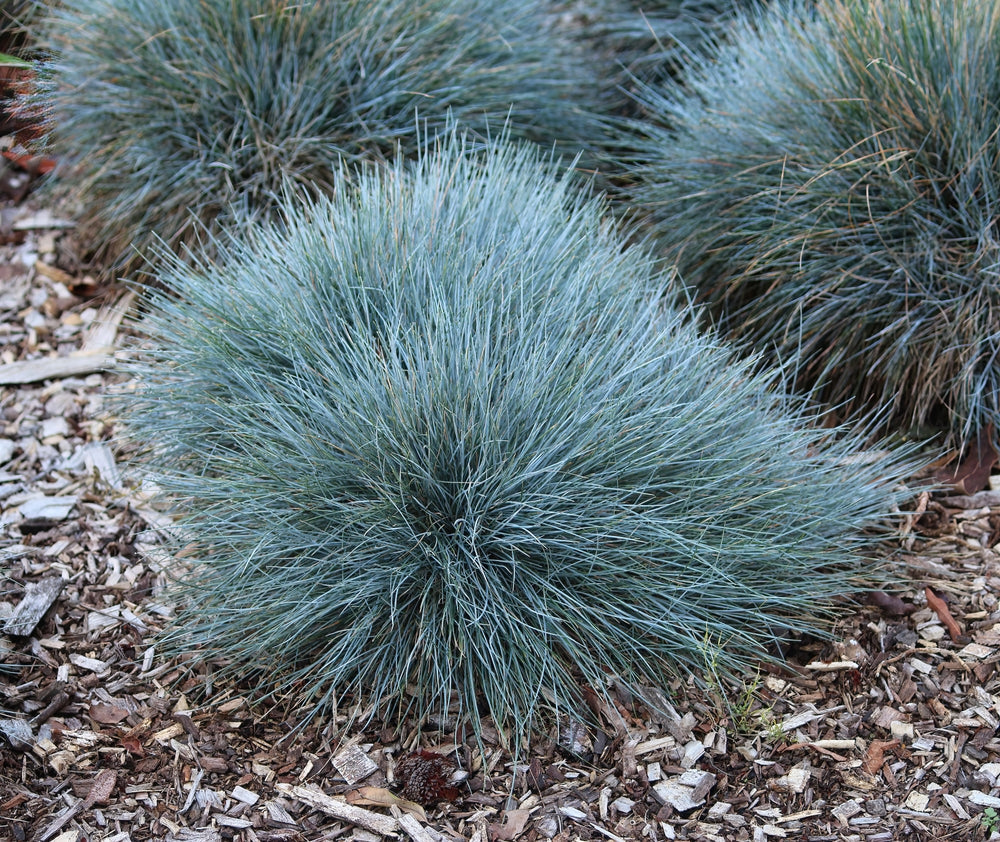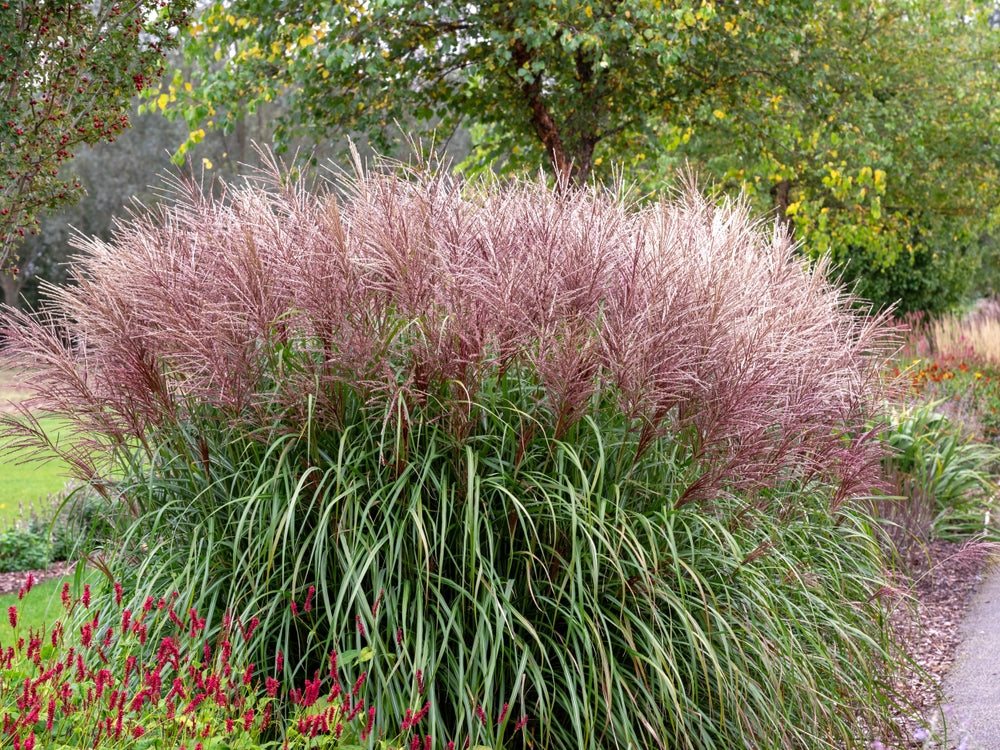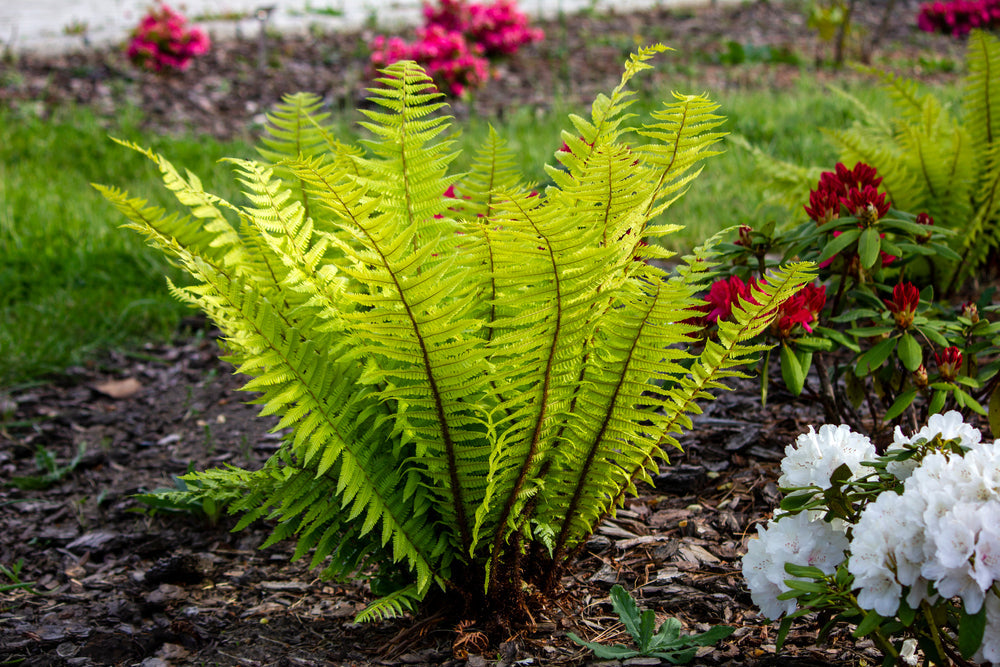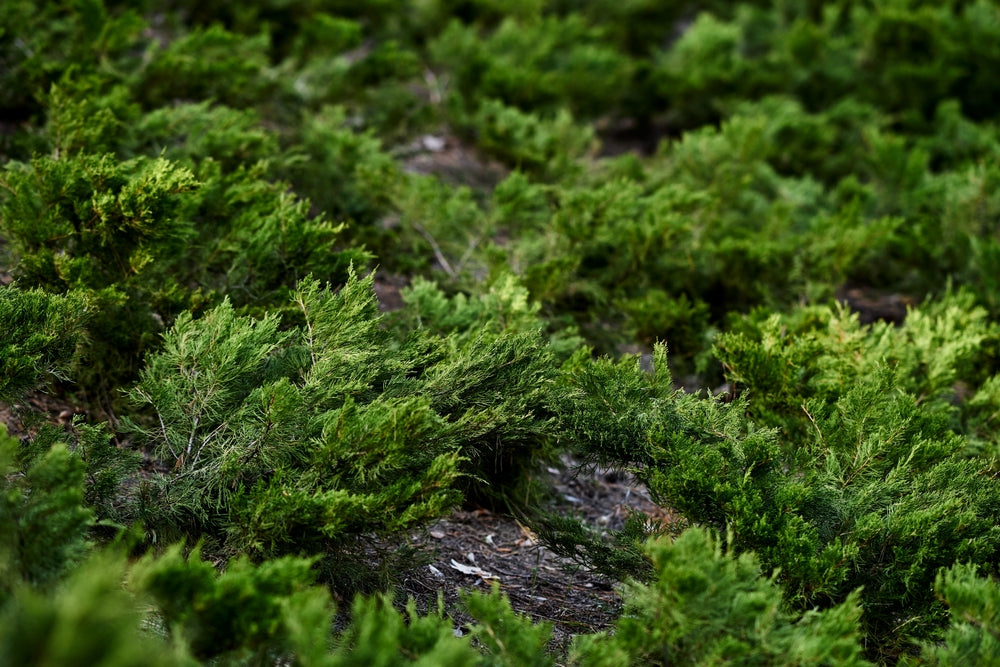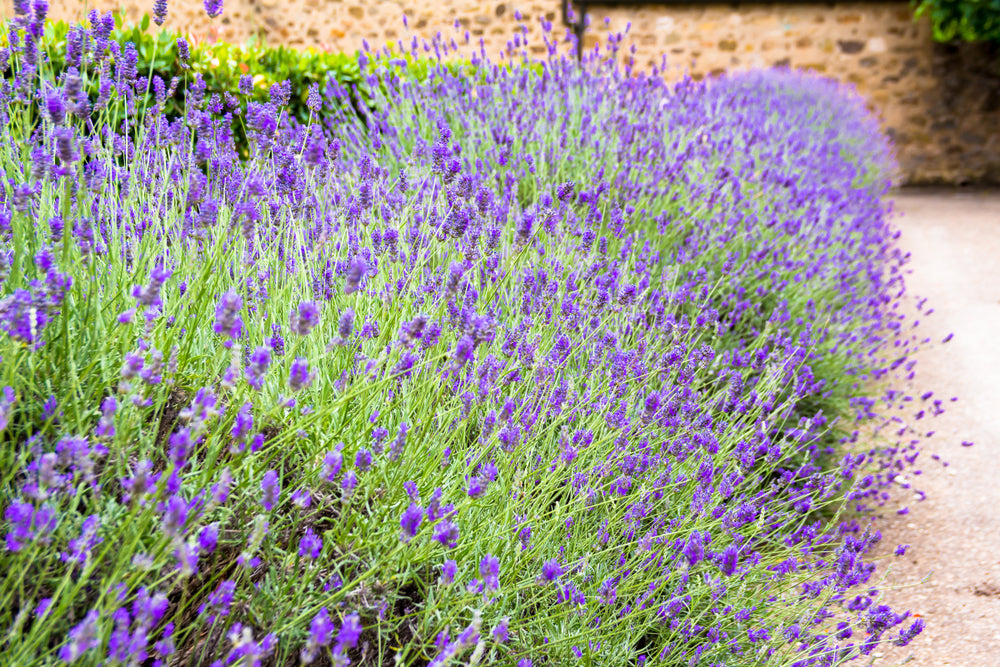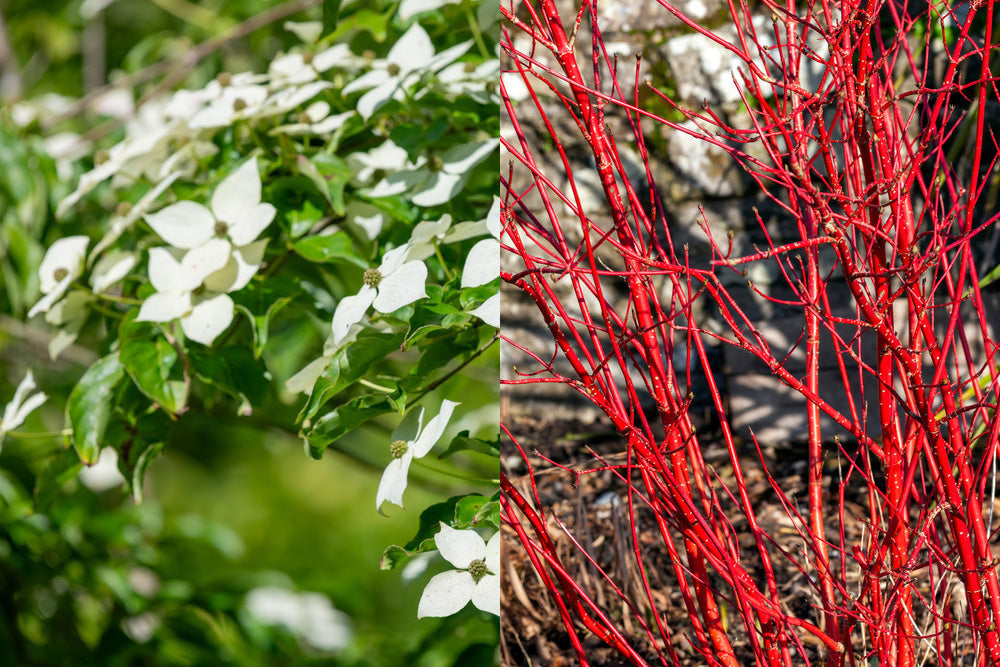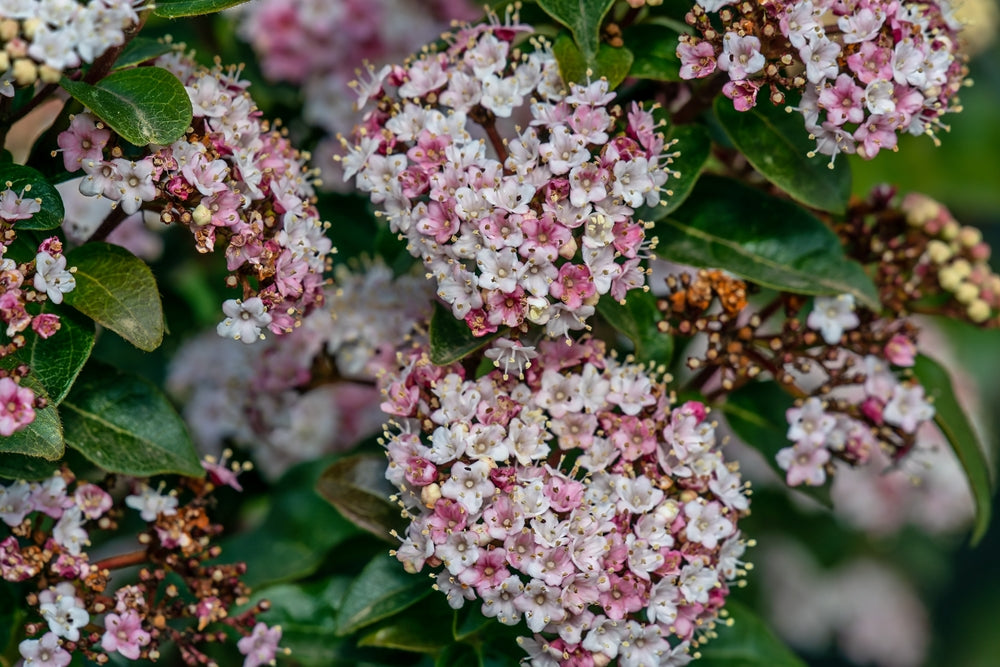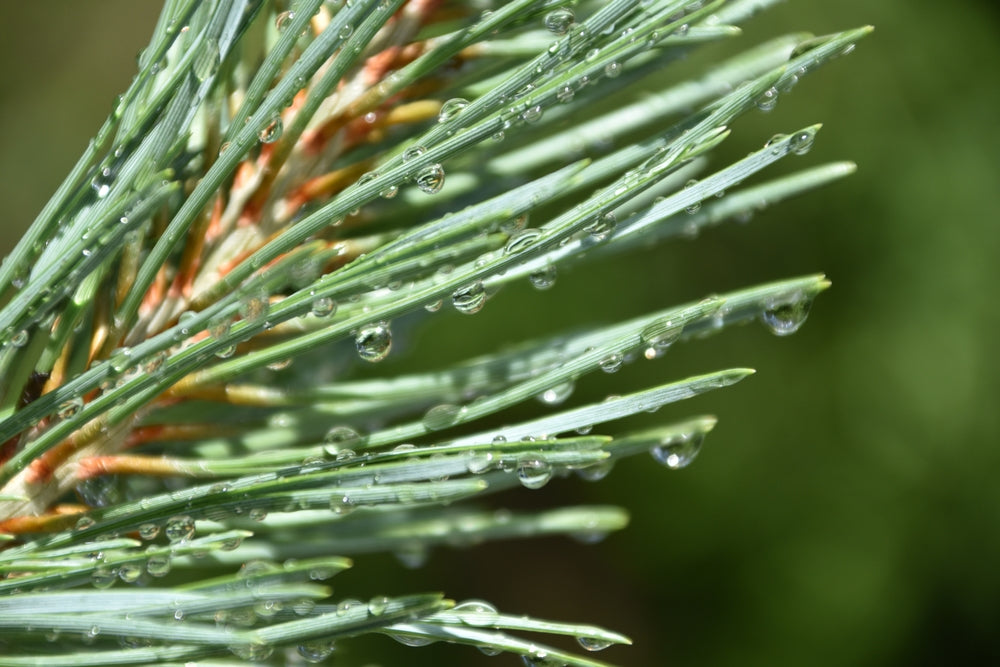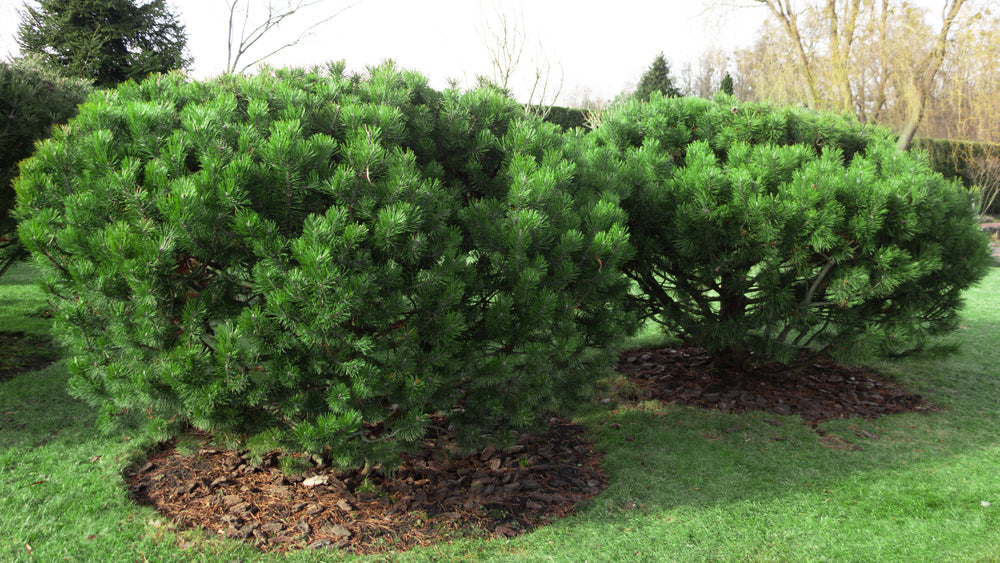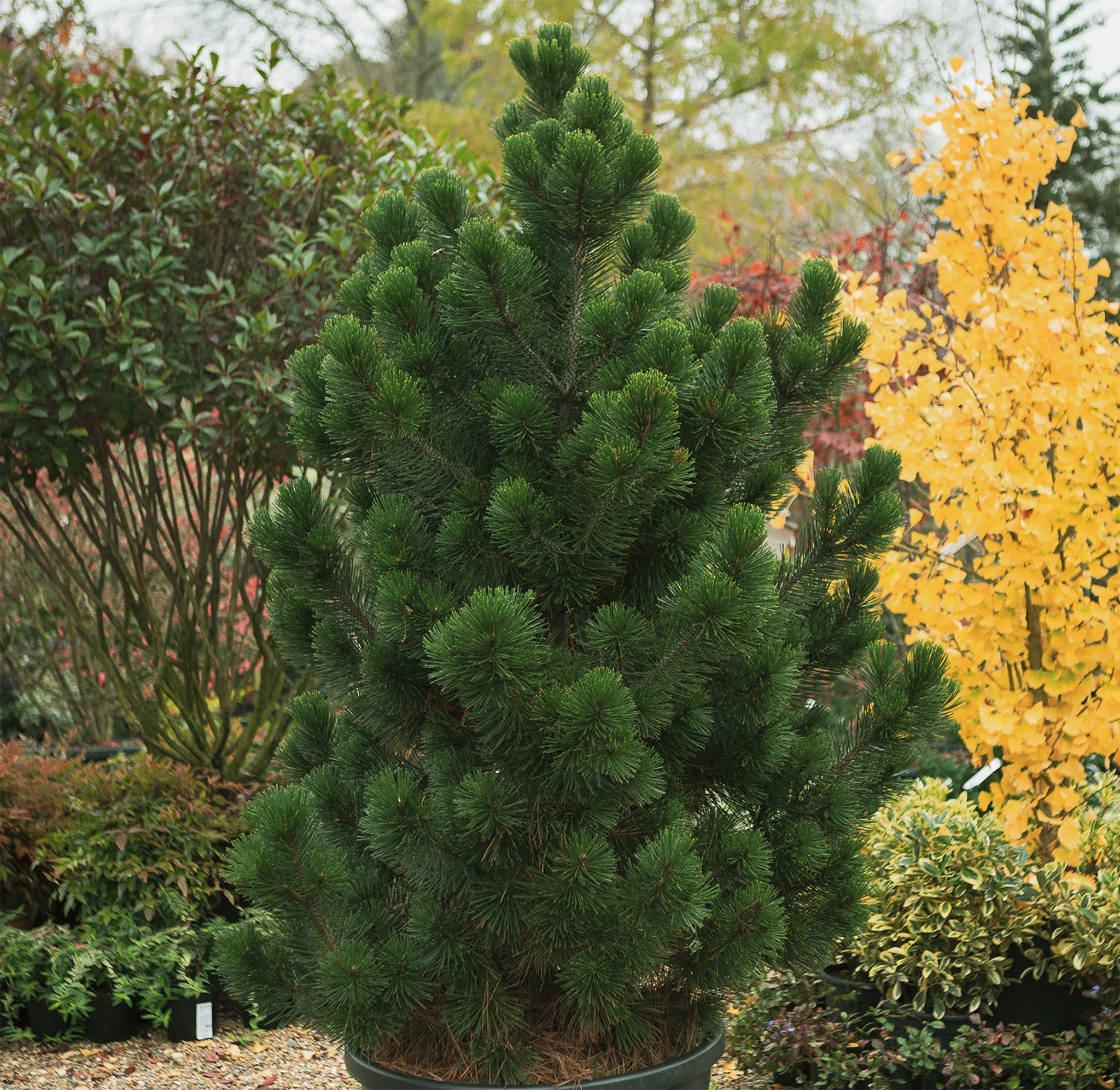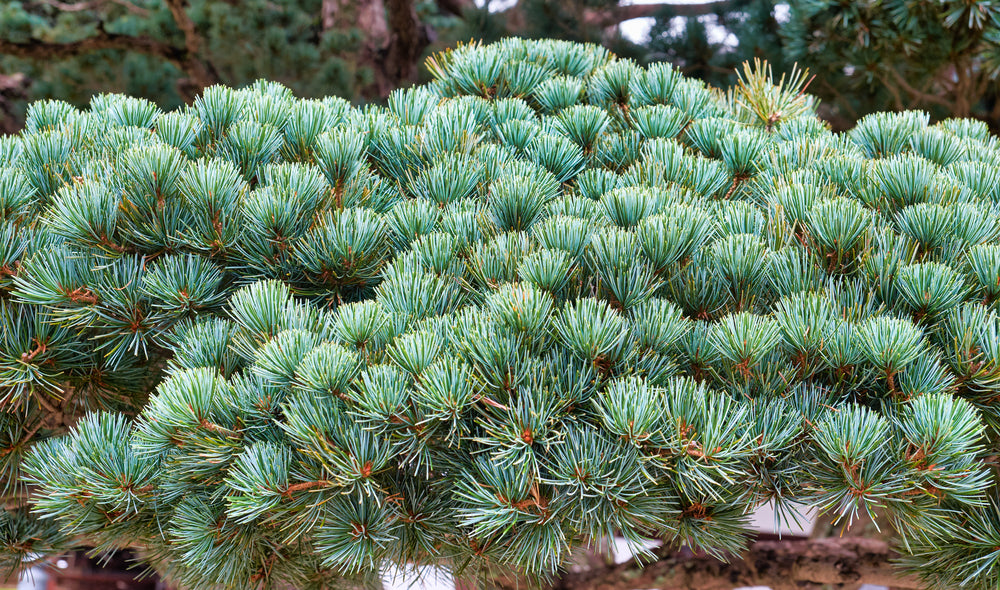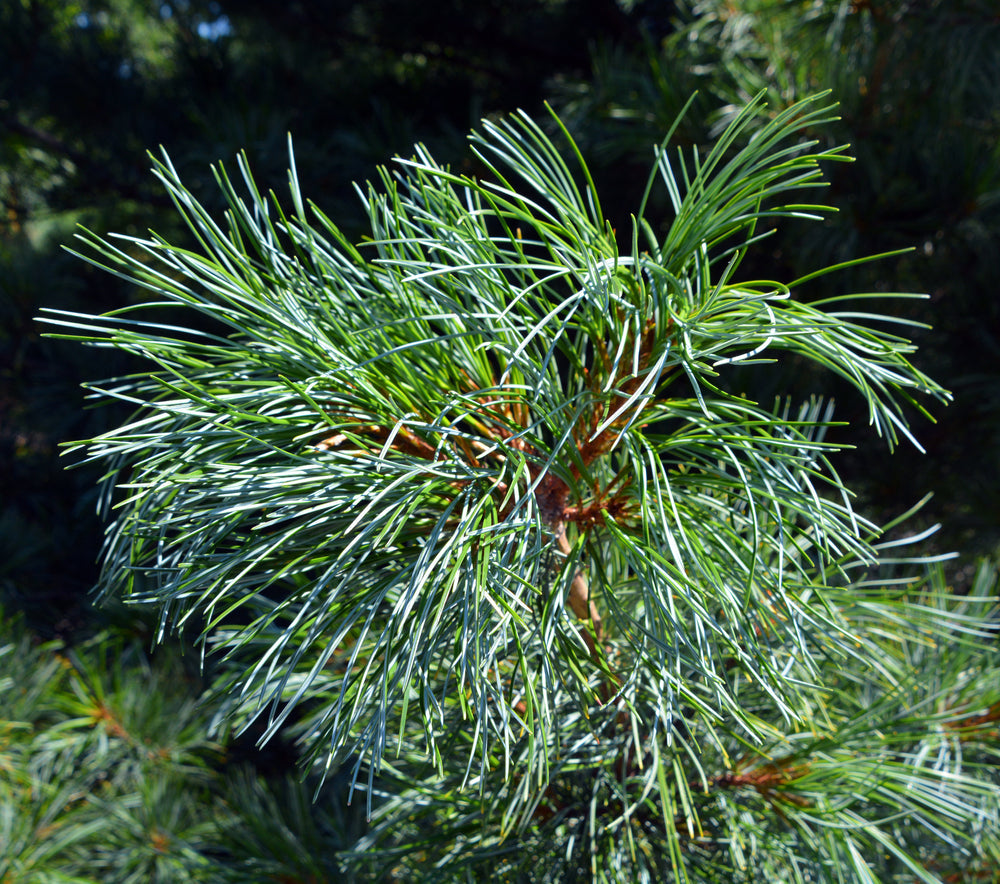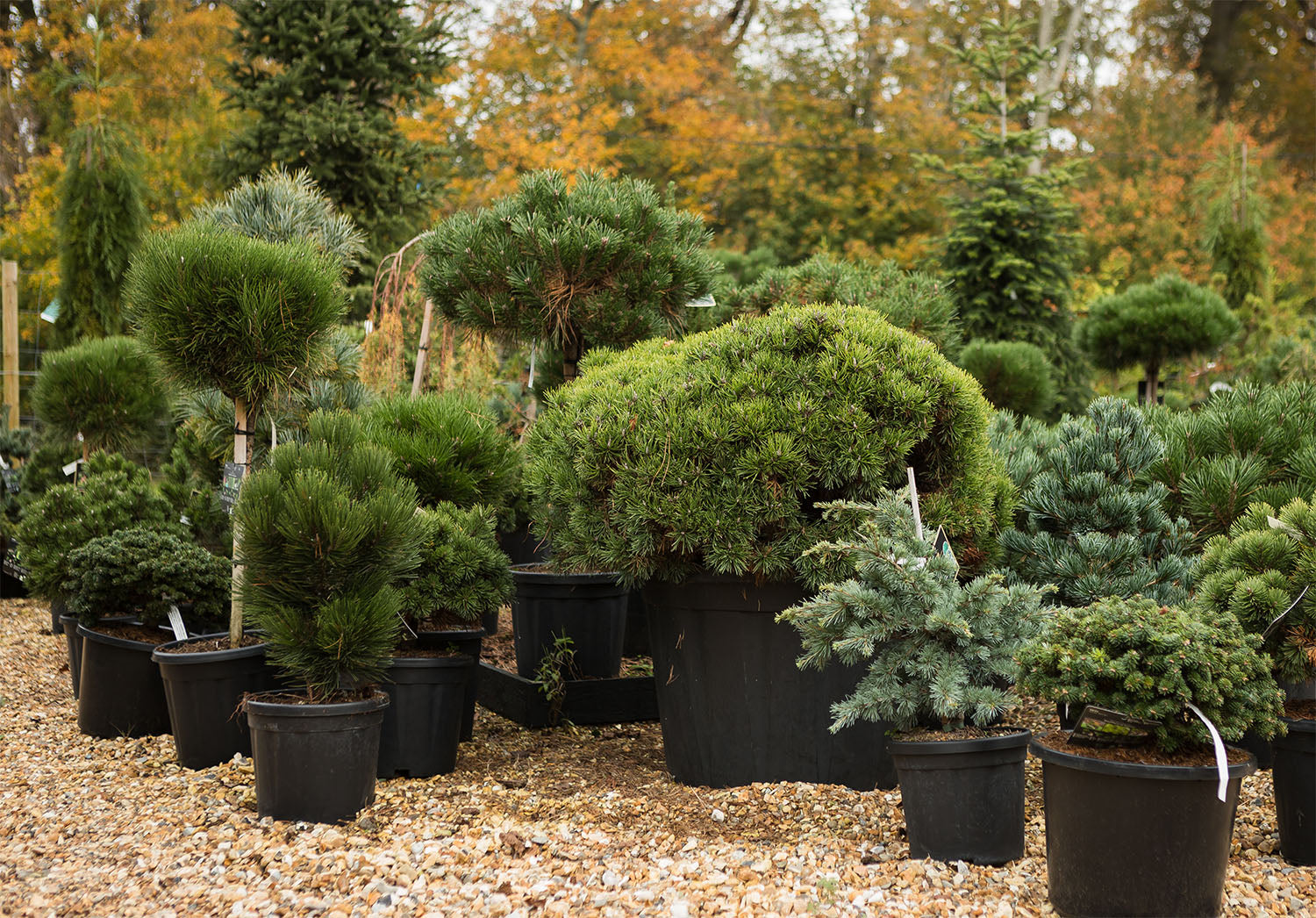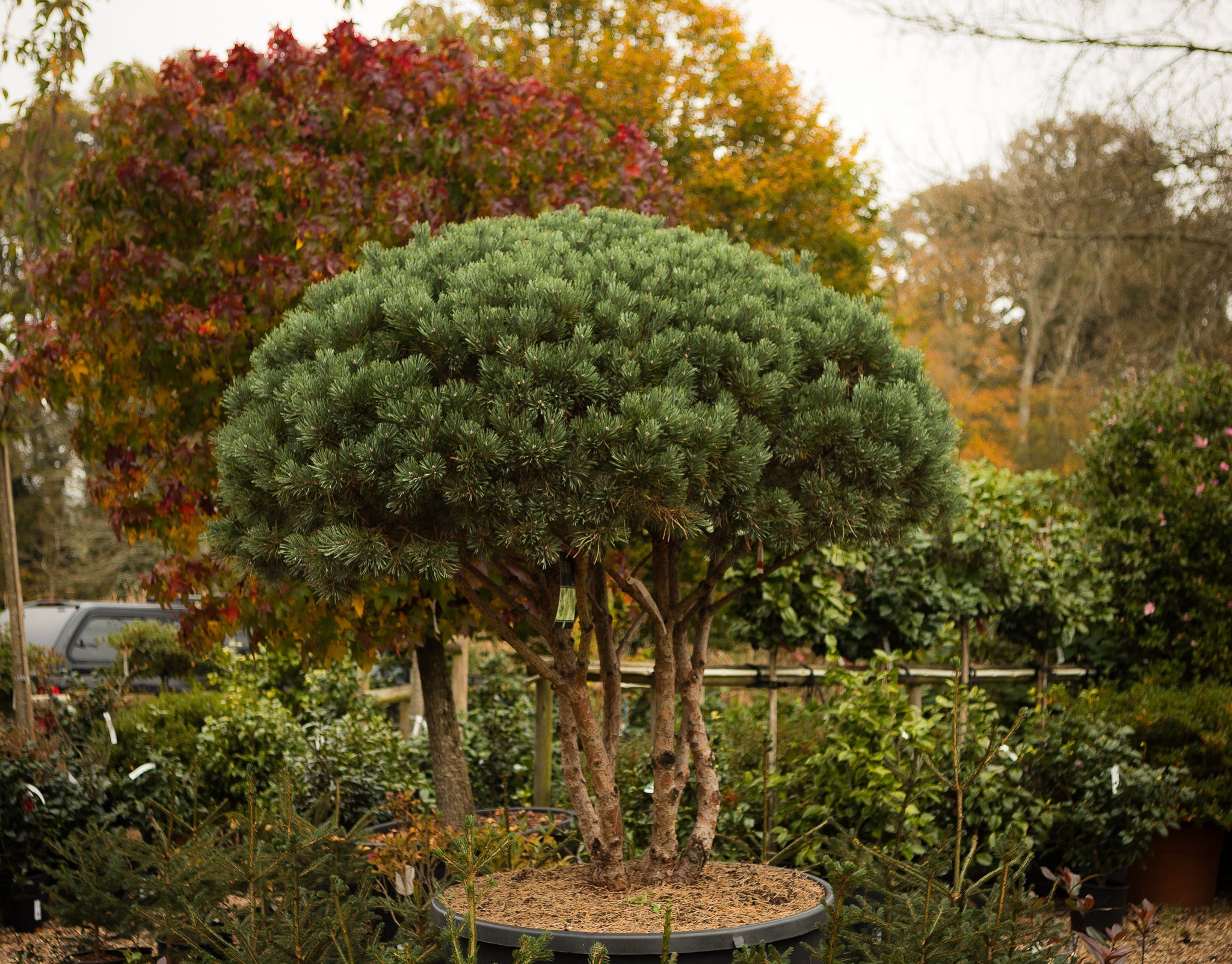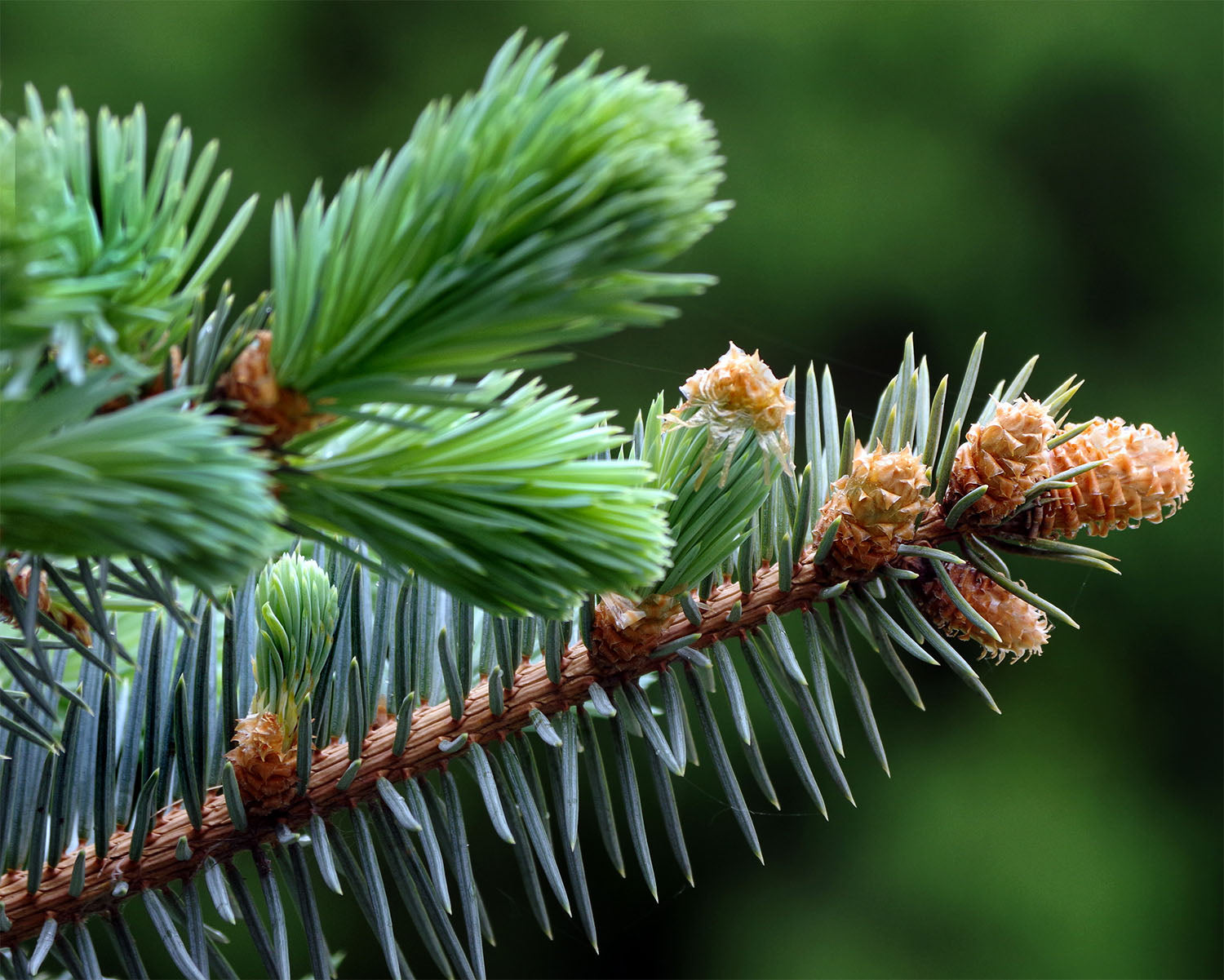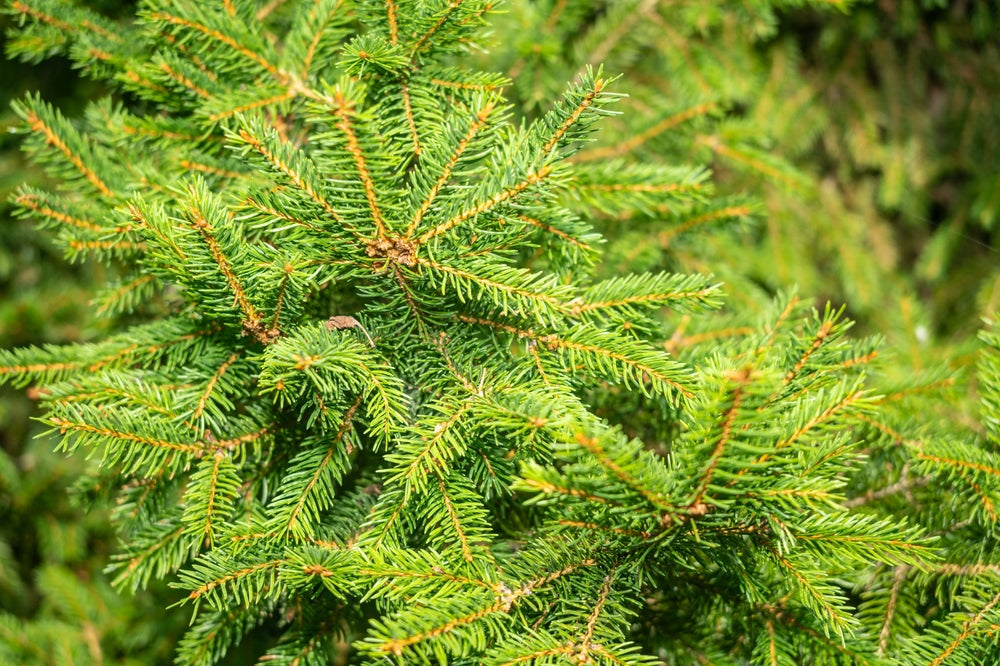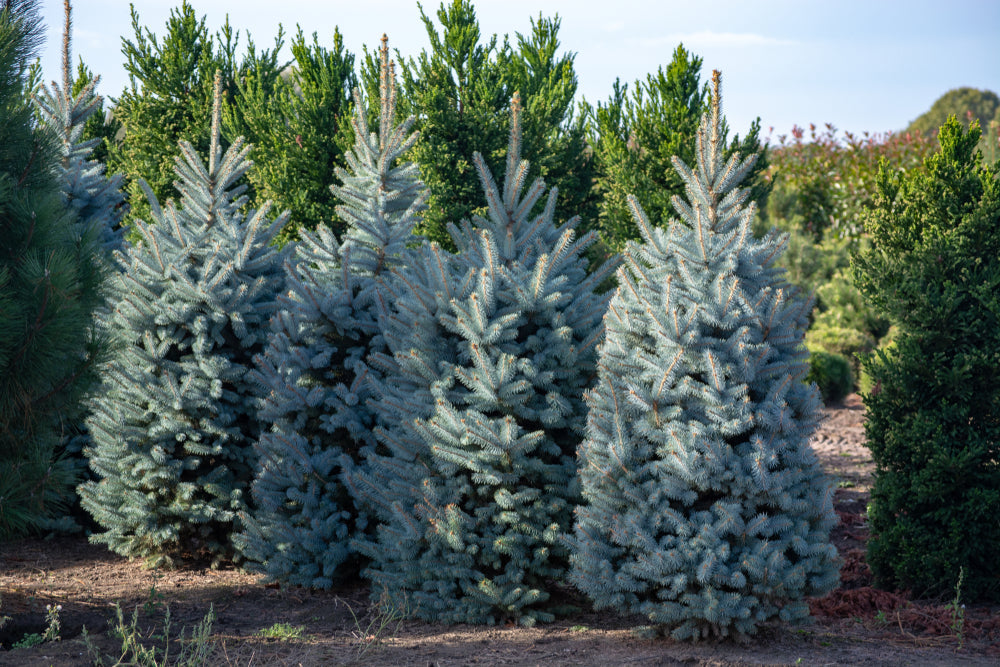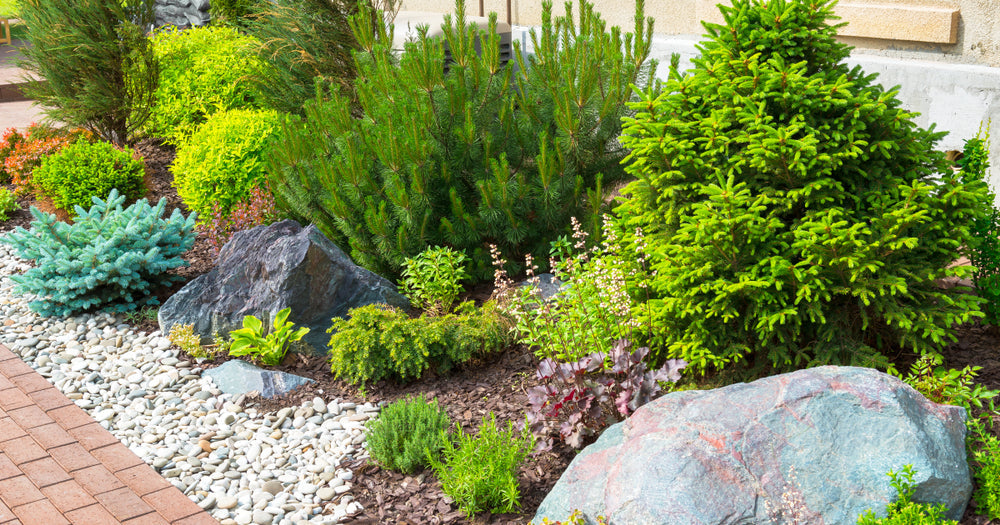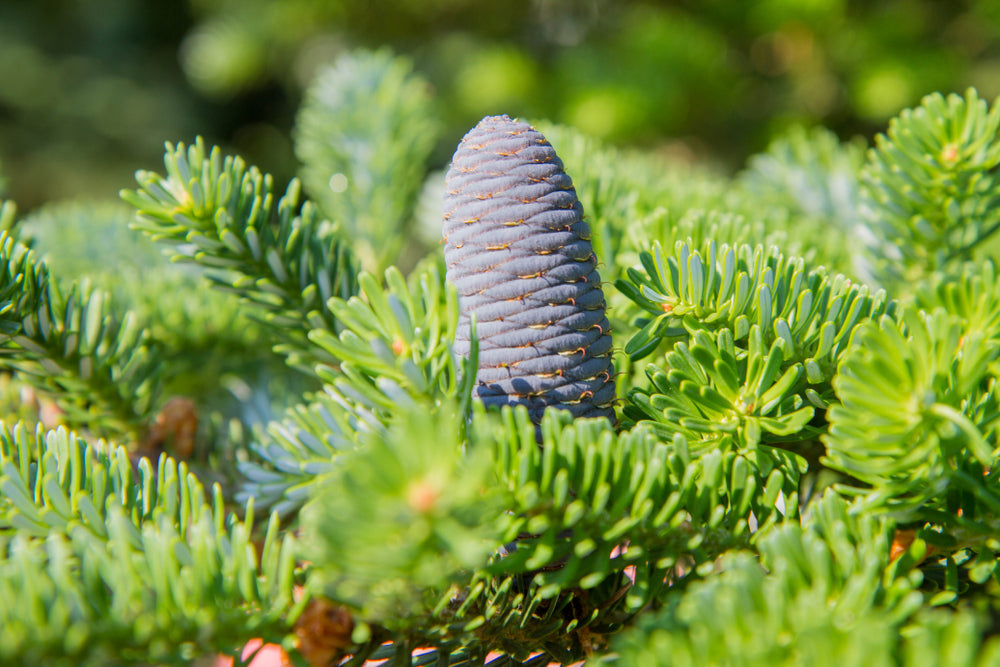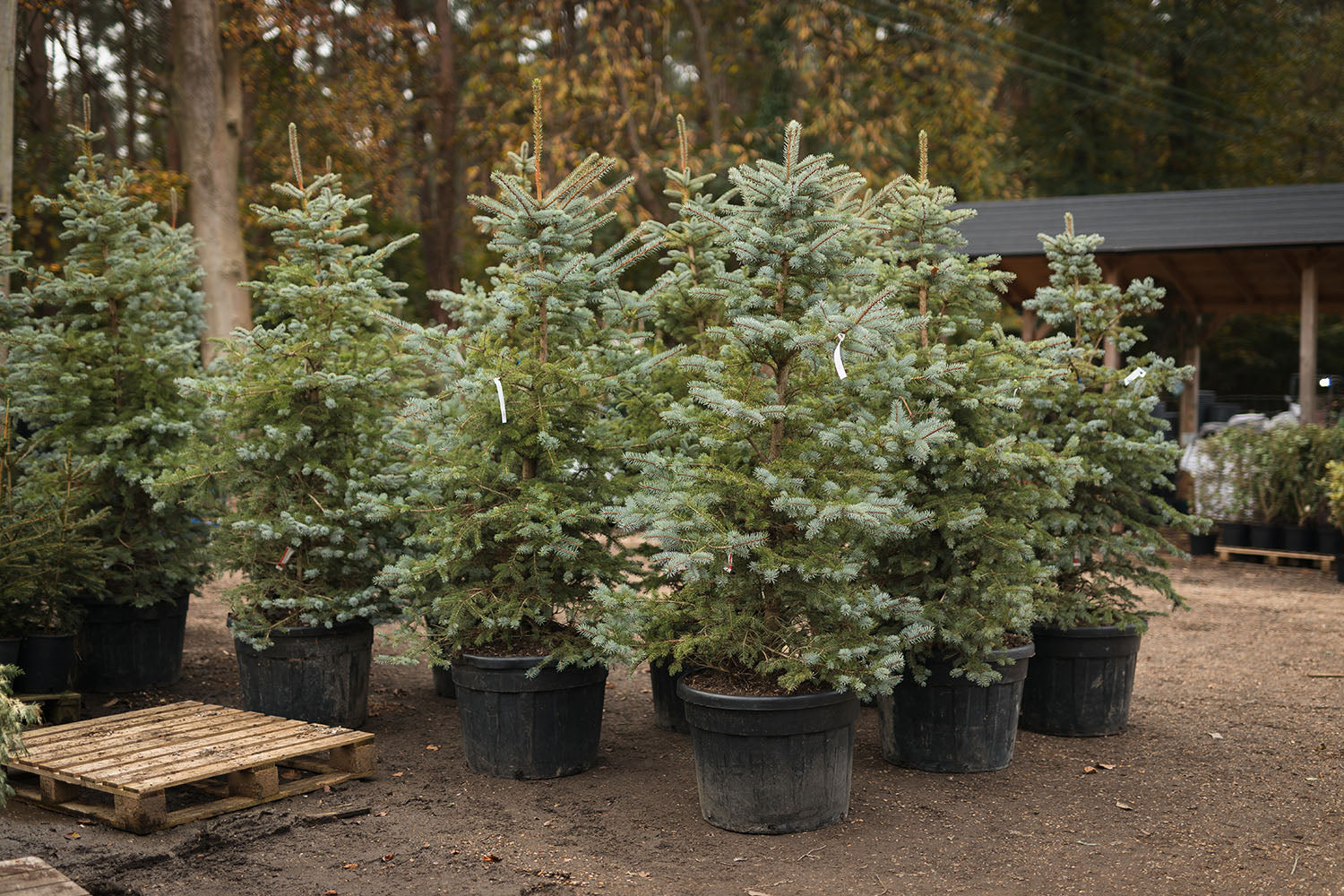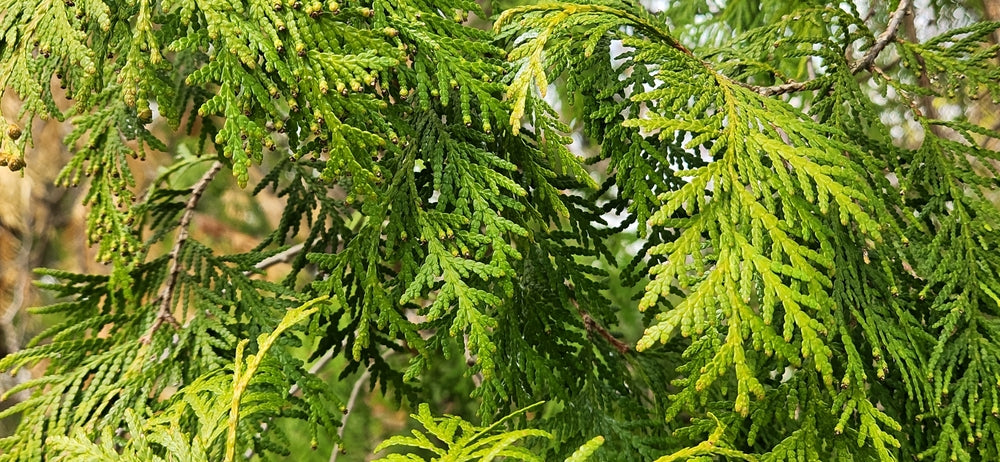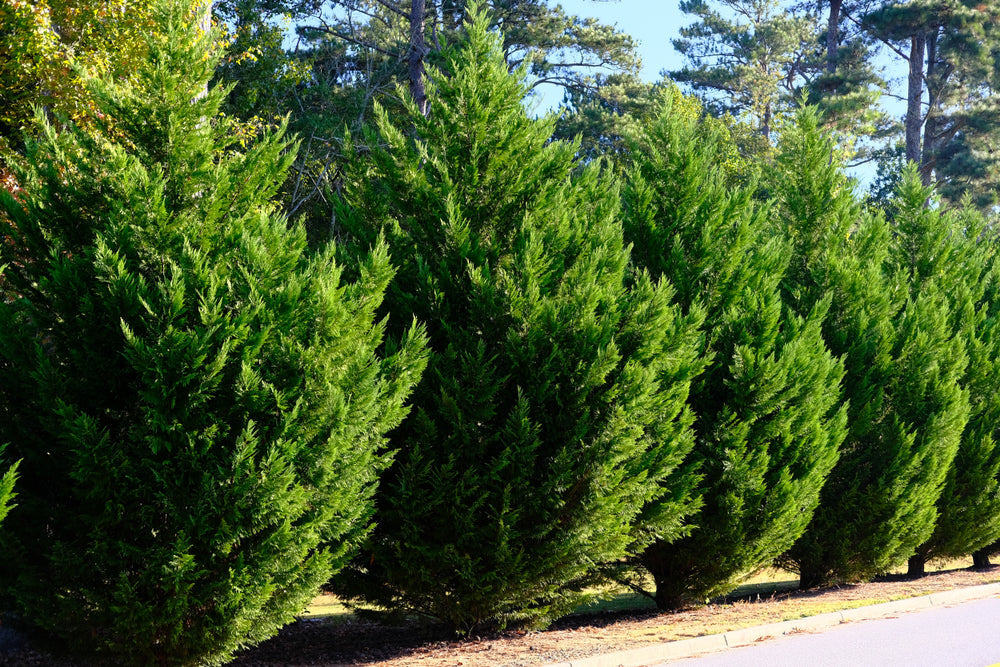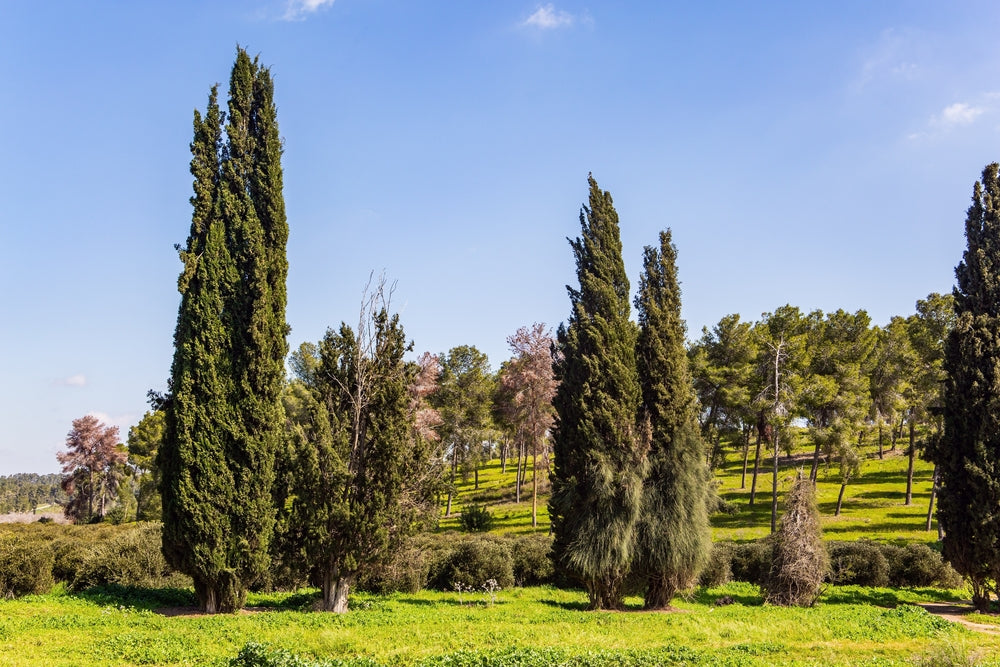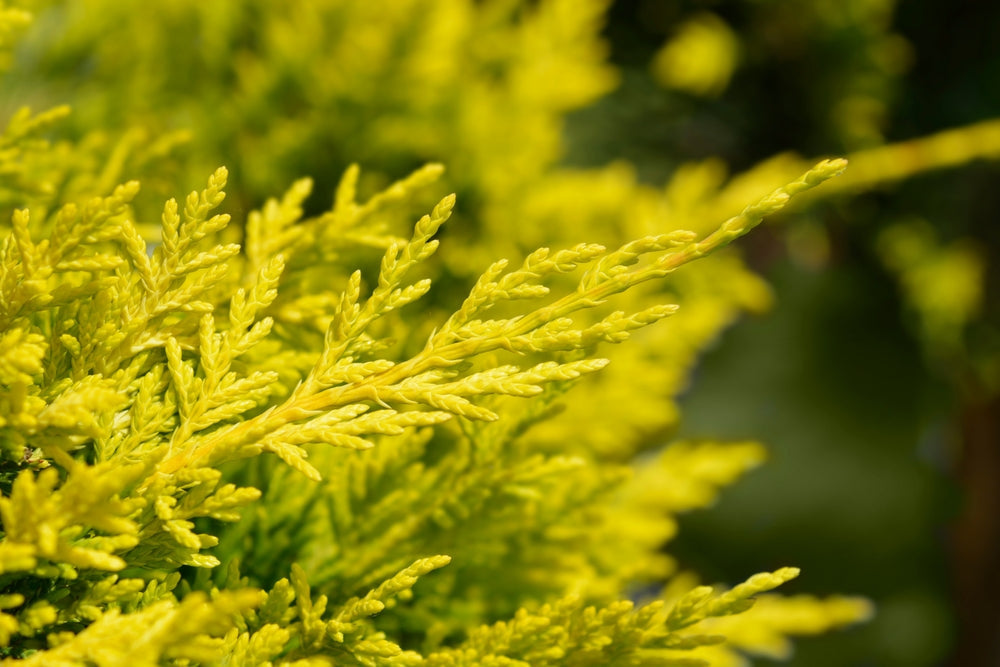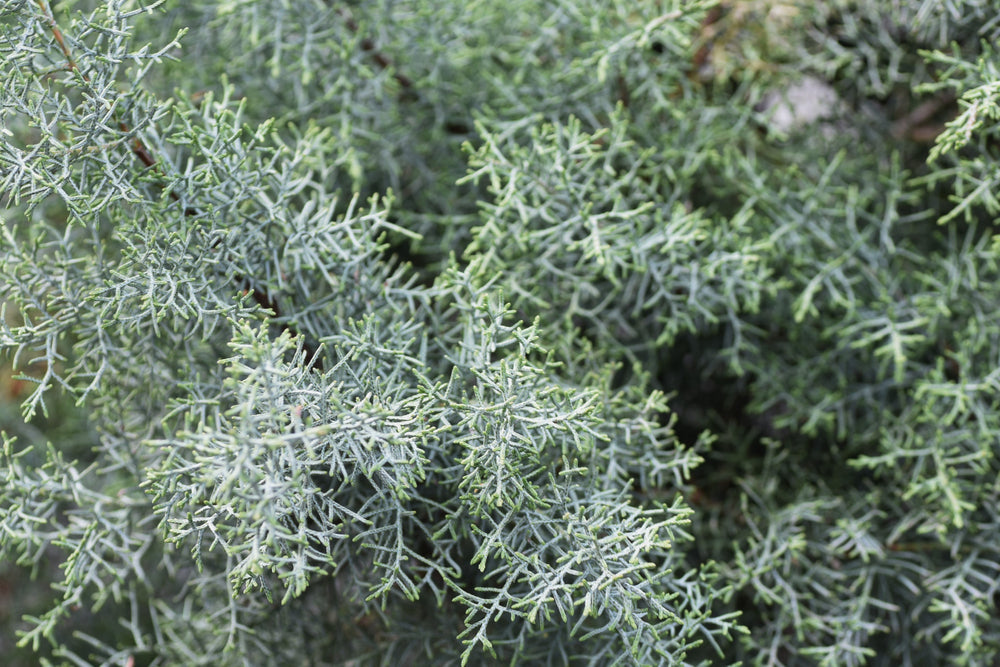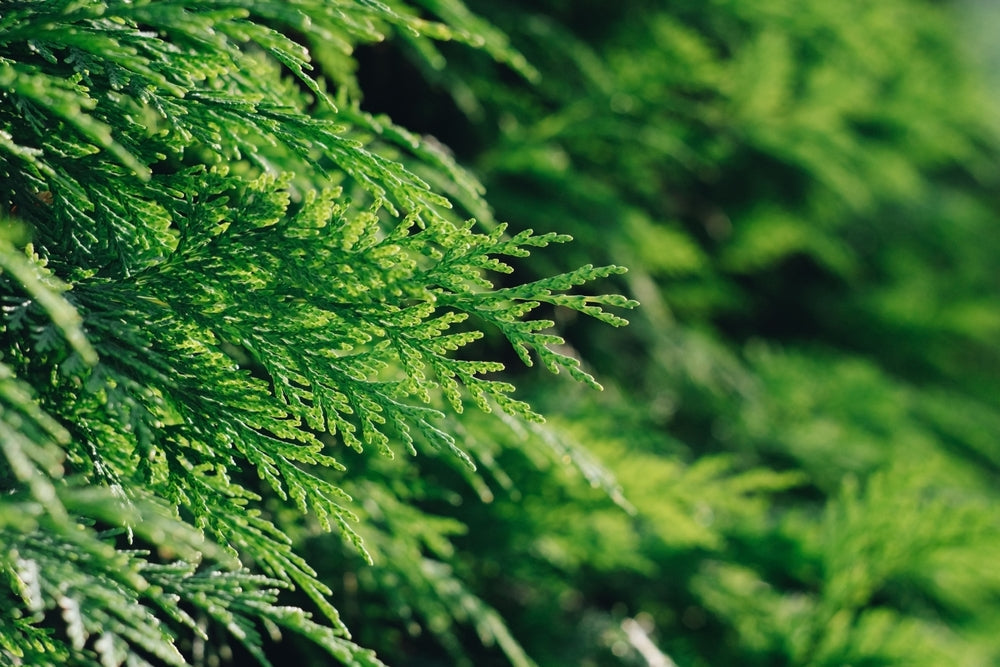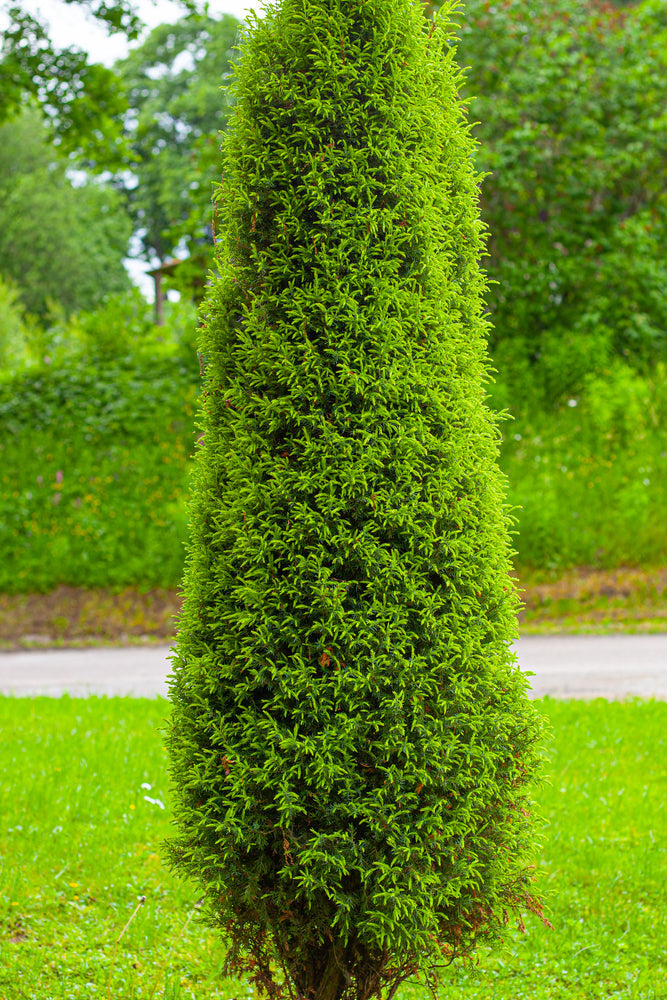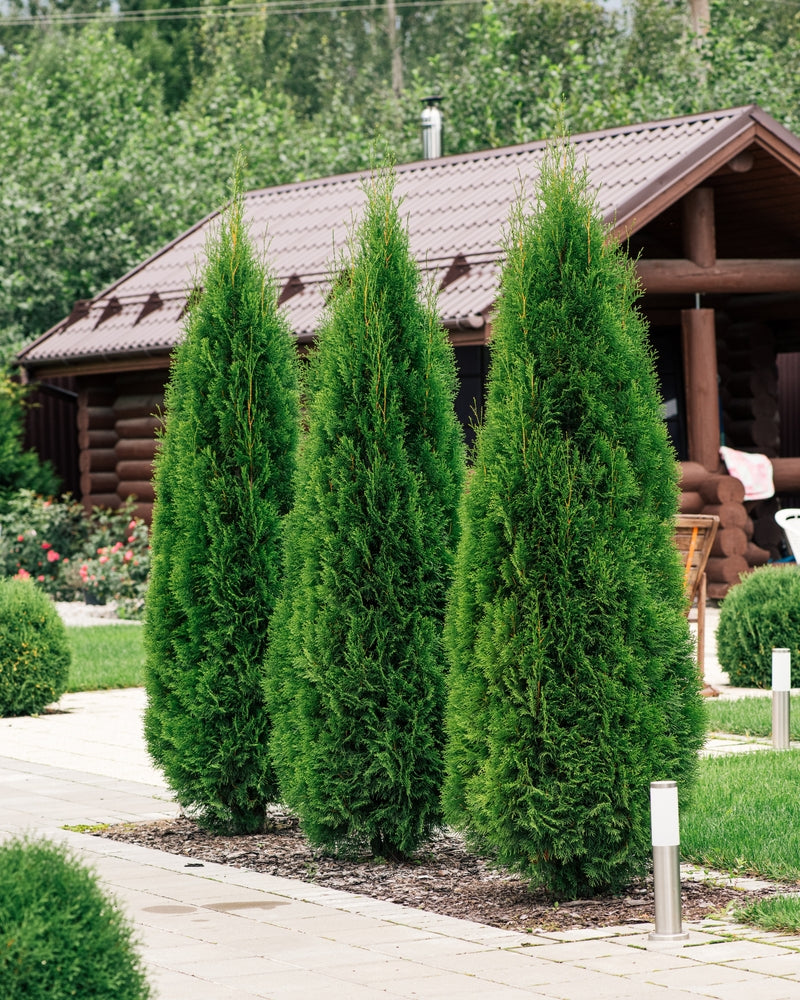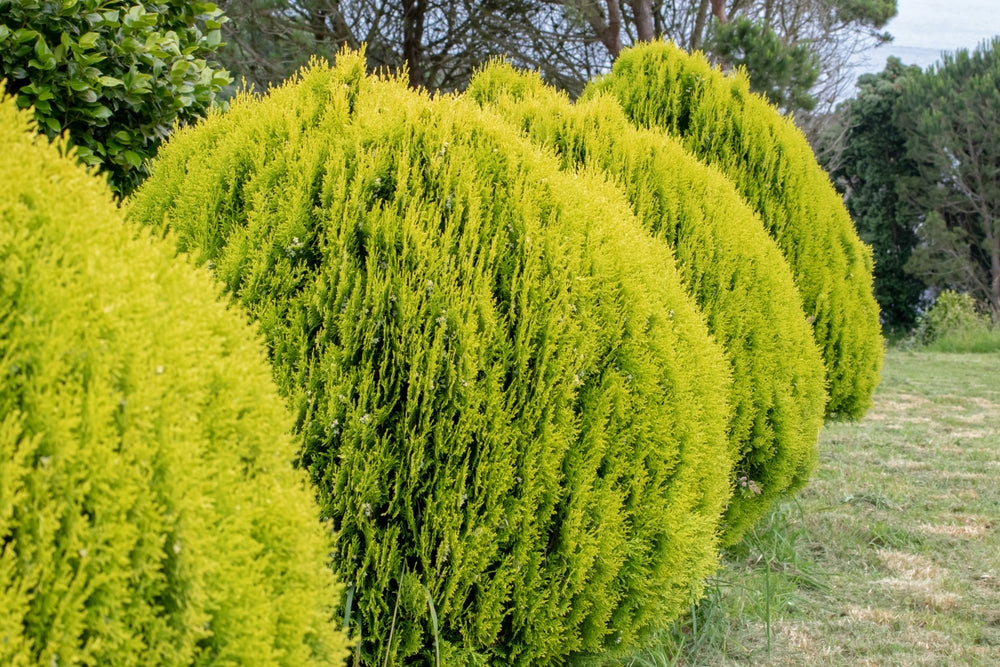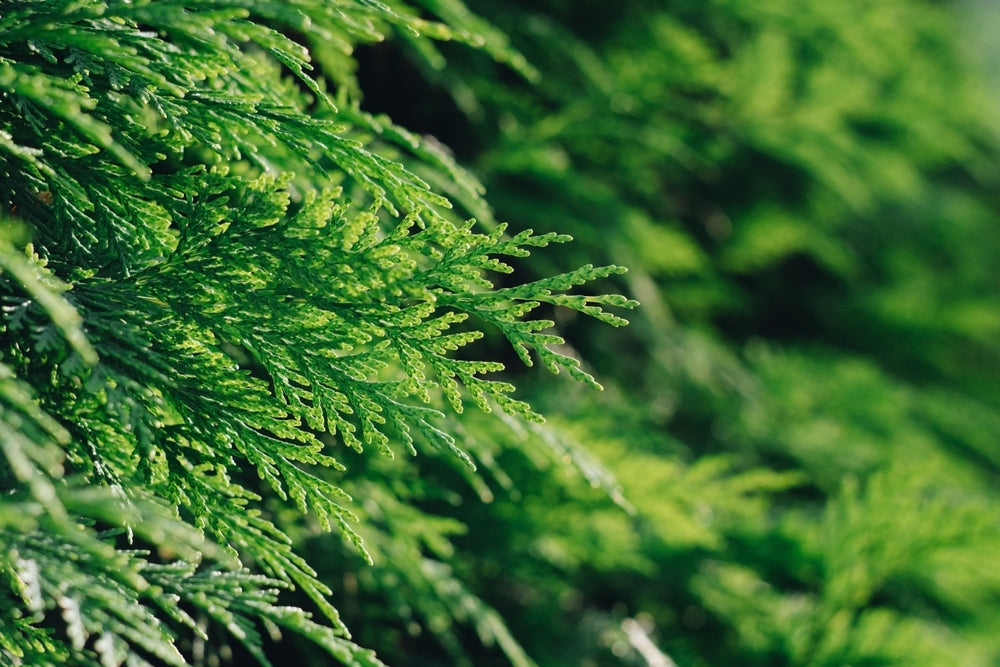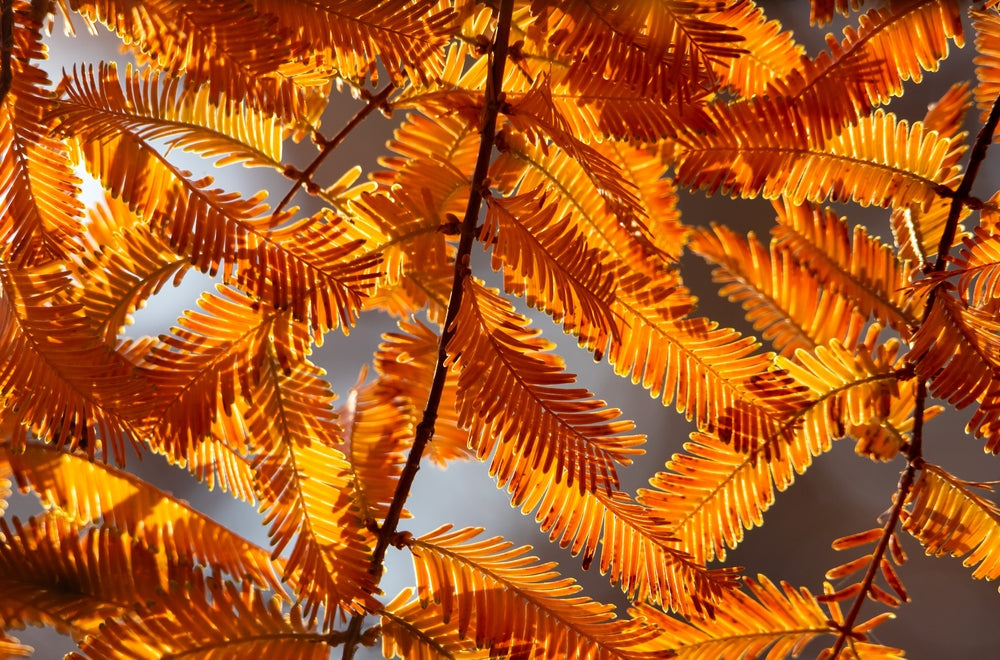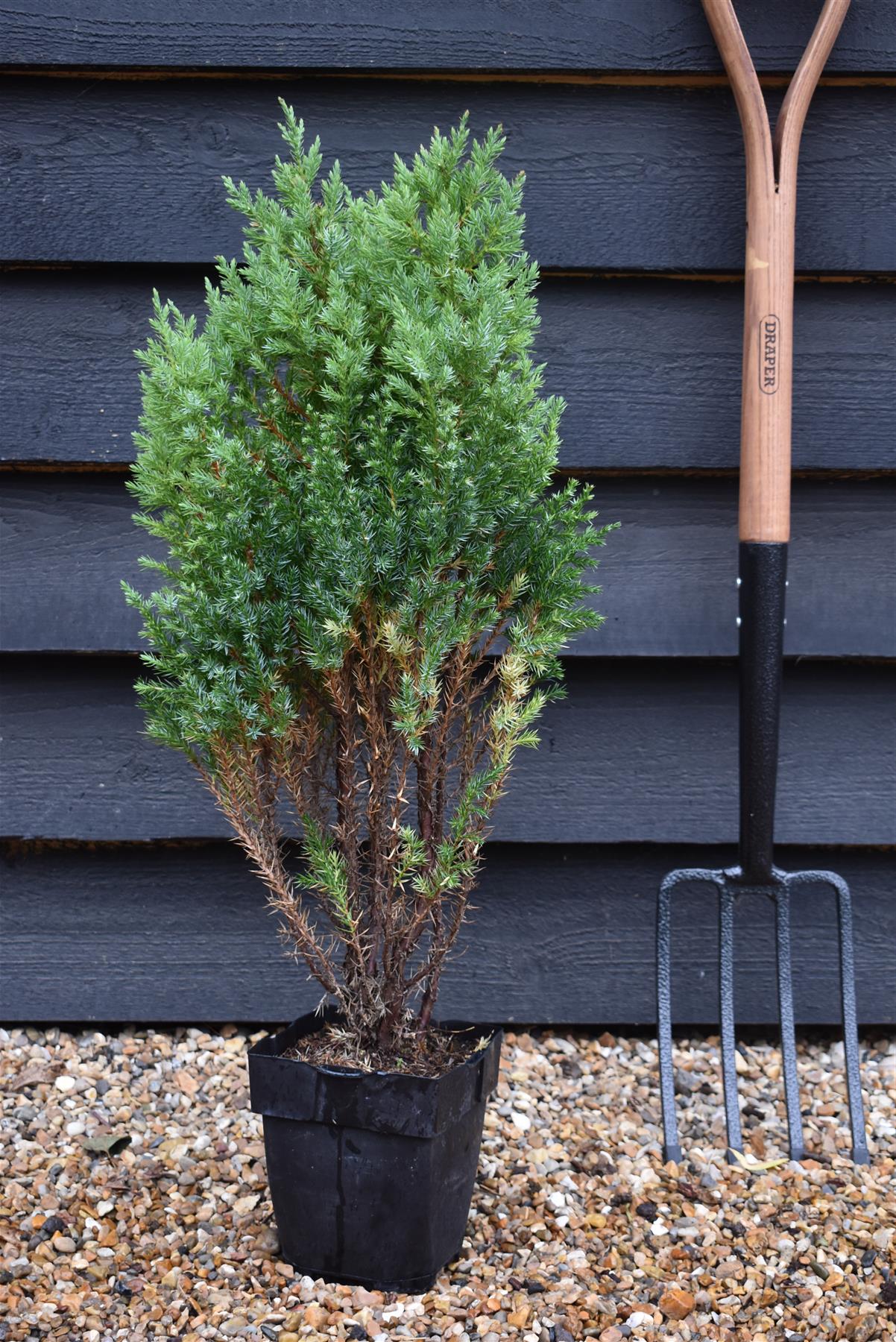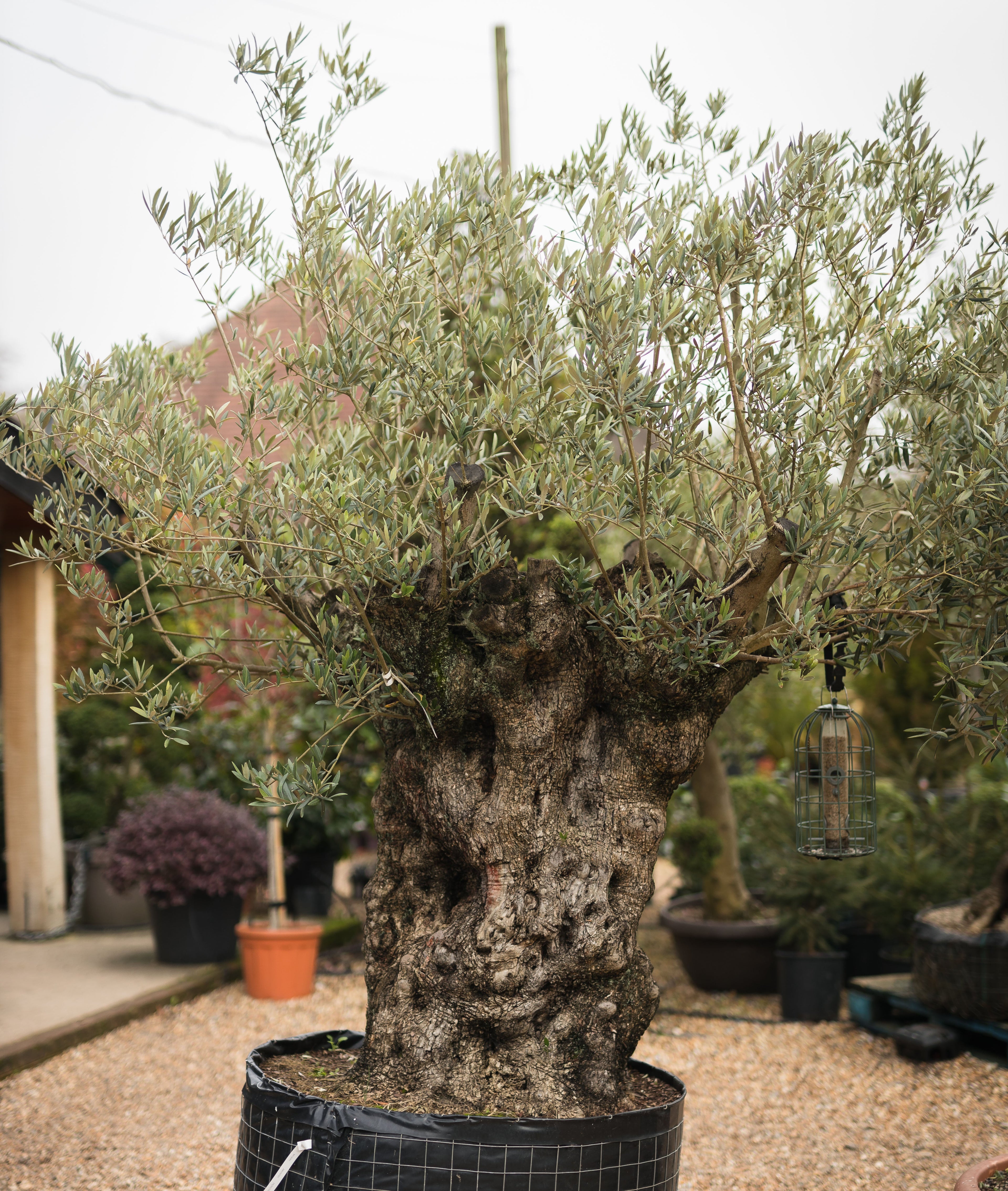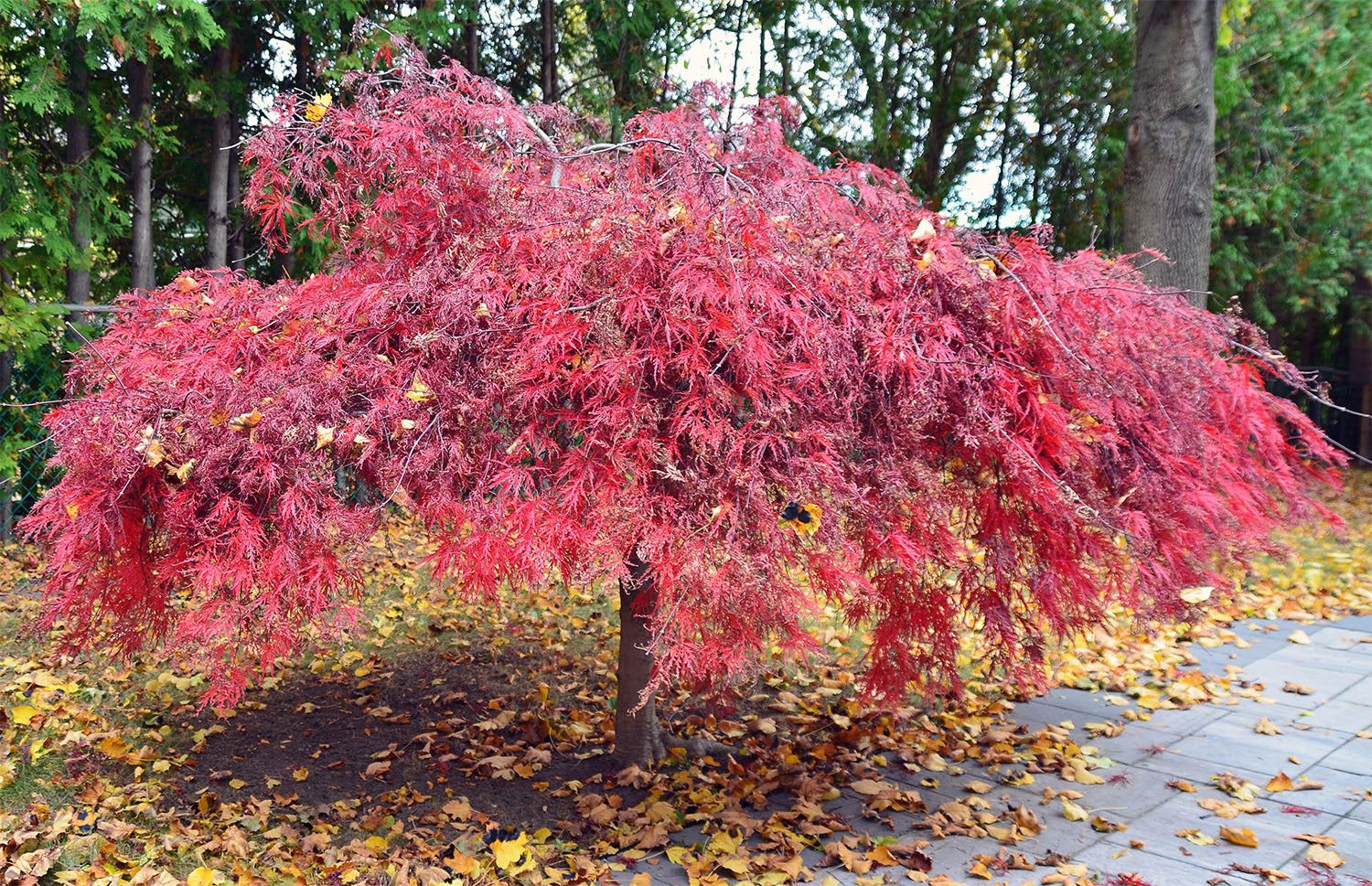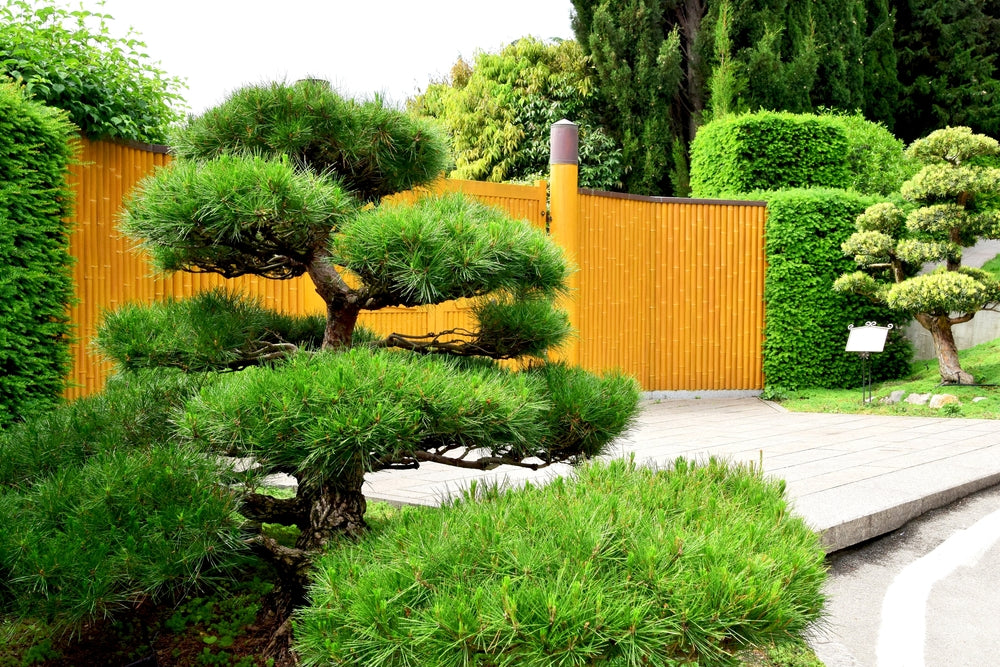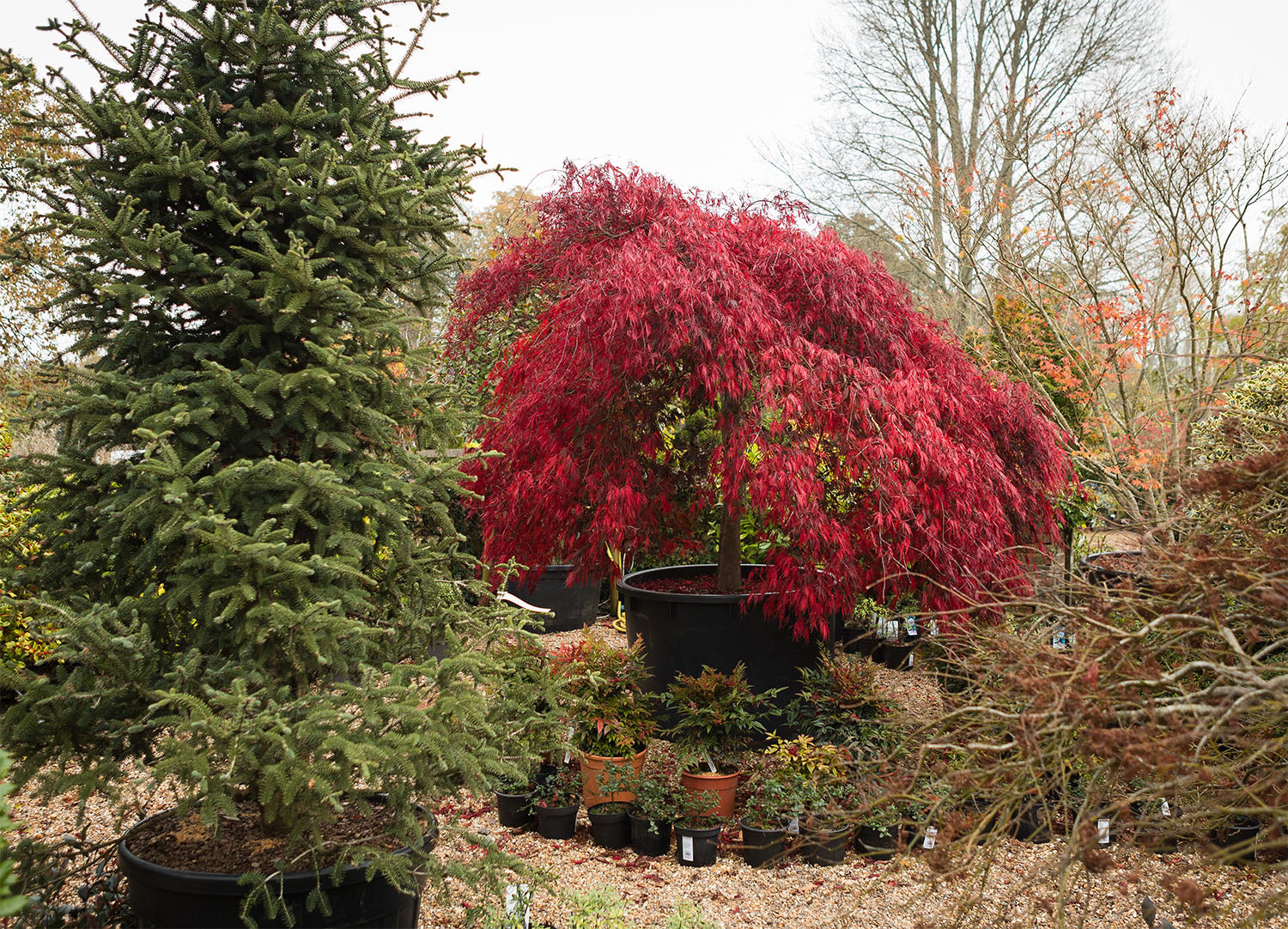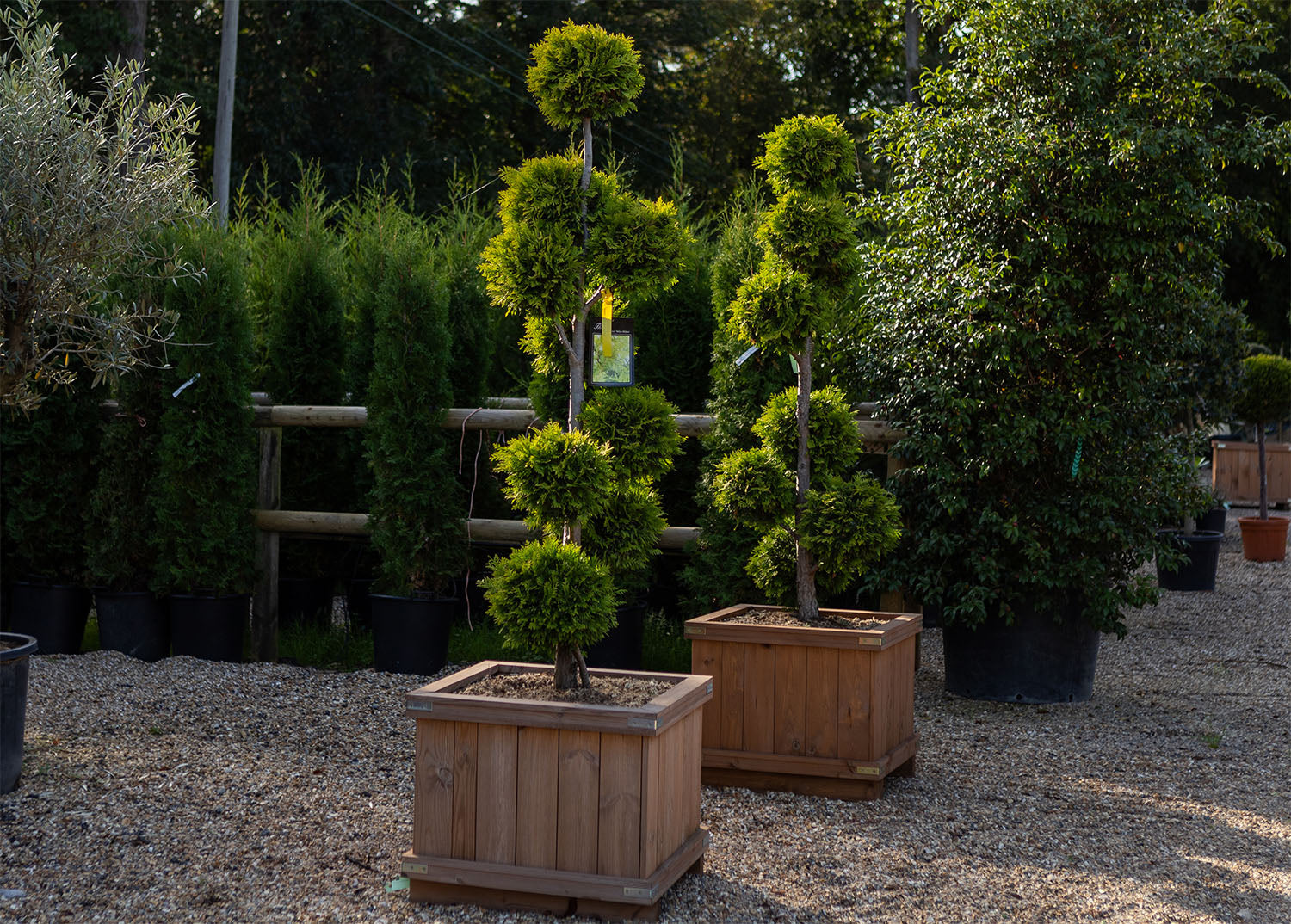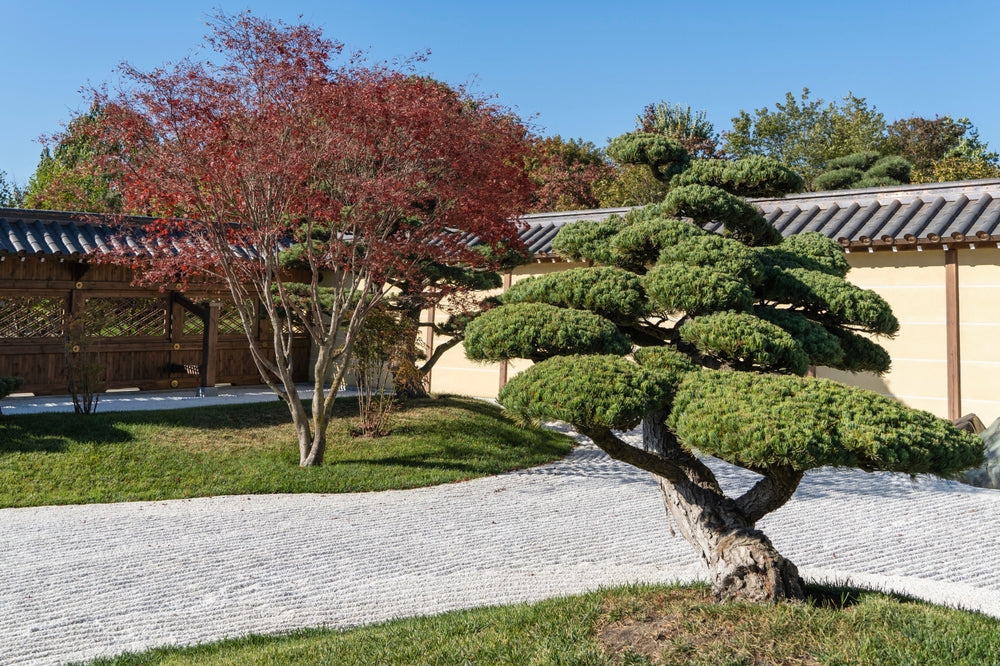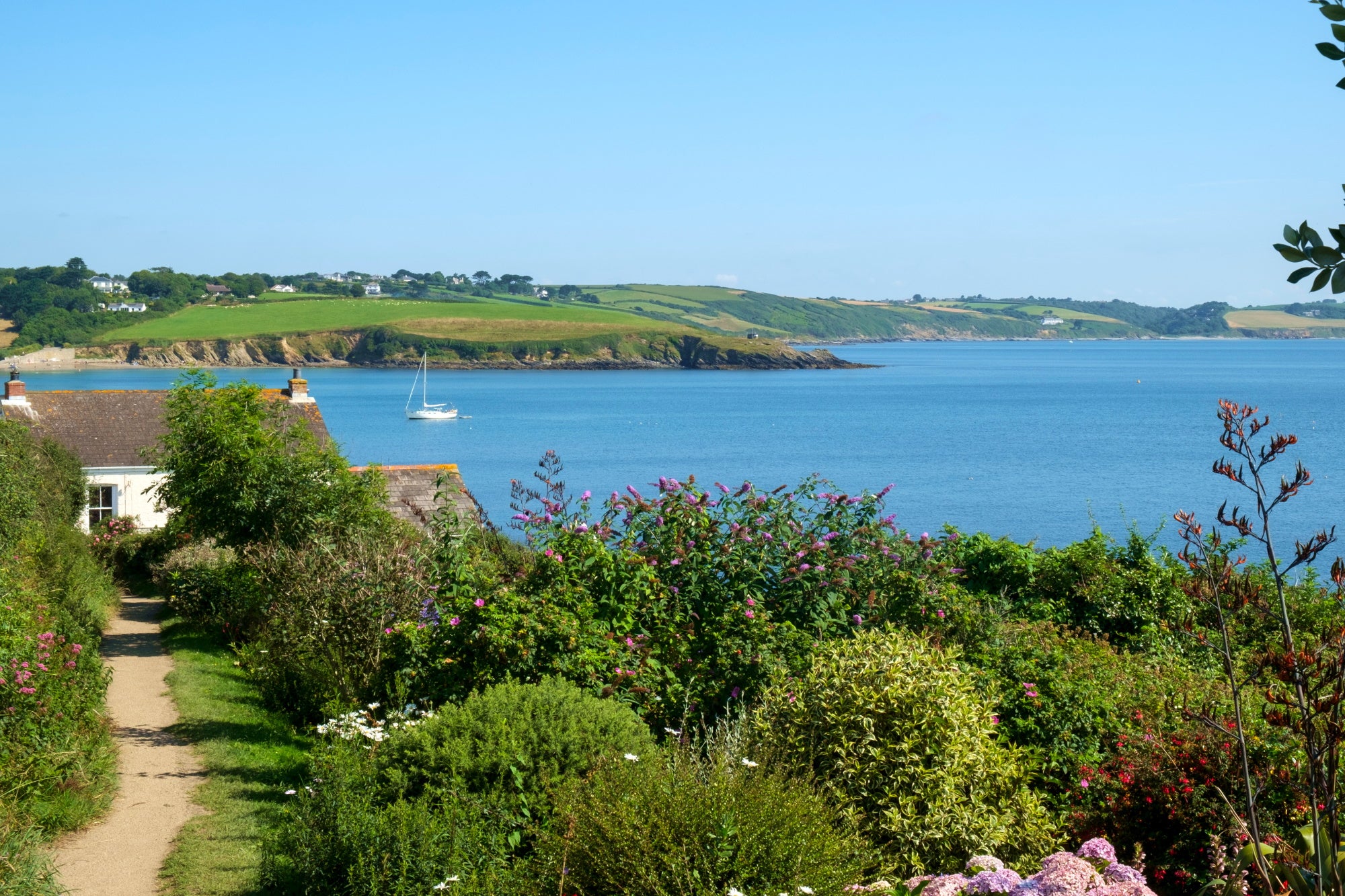
Plants for coastal gardens
Many customers are often concerned that if their garden is near the coast, they will be very limited on the plants that will be able to cope with their conditions, and therefore survive. Coastal gardens are susceptible to gales during the winter months and drying winds during the summer months. This can lead to their foliage scorching and their fragile stems to break. Coastal gardens also have to cope with salt-laden winds, which only tough plants will be able to tolerate.
In order to expand your choice of plants for your coastal conditions, it is very wise to first invest in suitable plants to create a windbreak. Creating a windbreak can make a huge difference and is often much more effective than building a wall or erecting fence, as during strong winds, the wind can blow through the windbreak plants which act as a filter.
Coastal plants often have tough, leathery foliage or hairy leaves. These help to protect the plant from potential salt damage, and also help to reduce moisture loss.
There are many factors to consider when purchasing tolerant plants, and here’s some of the main points:
- It is always a good idea to observe gardens in your area to see what is already growing successfully. This will give you an indication of what plants to consider for your garden
- Know your area – consider how far back from the sea you are, and whether your garden is sheltered or very exposed
- Consider the coastal plants you wish to use as your windbreak, and what will work with these to create your beds
- Is your garden in a very windy position? In which case, you need to avoid your plants struggling due to wind rock (destabilisation of the plant’s root system whilst it is establishing itself)
- What are your soil conditions?
- You may need to be a little more patient than usual as some varieties will take longer to establish themselves as they have to acclimatise to harsher conditions than normal. It is not unusual for some coastal species to suffer from burning of the foliage and in most cases, this is nothing to be concerned about
When choosing a coastal plant to create a windbreak, the following come recommended:
Griselinia littoralis
Griselinia littoralis is a fast growing, large evergreen shrub ideally suited to coastal conditions. It is an excellent hedging plant as it forms a neat and tidy hedge – ideal for creating a windbreak. Griselinia littorlias has light apple-green broadly ovate shaped leaves. Small yellow-green flowers are followed by purple fruits on the female plants where both sexes are grown together. It will grow in free drainage soil in full sun, but can tolerate partial shade too. It is easy to maintain and has an eventual height of 4-8m and spread of 2.5-4m. It can be easily kept in shape, ideal if you like a neat garden.

Elaeagnus x ebbingei
Elaeagus x ebbingei is a very hardy, salt tolerant evergreen shrub, and very easy to grow. The foliage is dark green with a silvery underside. In September-October, it produces fragrant, creamy flowers. These are followed by orange speckled silver fruit late into the winter. Elaeagnus x ebbingei will tolerate partial shade and dry conditions, although it is best to avoid chalk and wet areas. It can also tolerate sheltered or exposed conditions, making it another ideal consideration for a coastal plant for a windbreak. It has an eventual height of 2.5-4m and spread of 2.5-4m.

Quercus ilex (Holm Oak \ Evergreen oak)
Quercus ilex is another coastal plant to consider for a windbreak. It can be grown either as a clipped hedge or stand-alone tree. It has black, finely cracked bark and glossy dark green, ovate leaves, with a pale white-grey underside and short hairs. Quercus ilex is very hardy and an excellent choice for coastal positions, as it is able to withstand the salt conditions. It likes a well-drained soil and will cope with being hard pruned. It will grow in either full sun or partial shade. Its eventual height is 12m+ and its width is 8m+.

Once you have decided upon the primary plants for your windbreak, you then need to consider your complimentary planting. Again, depending on how far back from the coast you are, and how effective your windbreak is, you can consider the following:
- Convulvulus
- Hebe
- Lavender
- Rosemary
- Euonymous
- Teucrium fruitcans
- Cistus
- Potentilla fruiticosa
- Agapanthus
By adding further shrubs to your garden design, you will be able to create colour, height, ground cover and overall interest. You can also consider some Mediterranean plants – for example Chamaerops humilis or Cordyline australis.
Whilst trying to develop a coastal garden can seem rather daunting and challenging, with the right advice and right plants, you will be able to create a garden that will flourish.
At Arundel Arboretum, being located on the South coast, we naturally stock a wide range of coastal plants for you to consider. Our knowledgeable, friendly staff are always able to advise you on the most suitable species for your conditions. Please do pop in and we will be very pleased to help you.
Share




